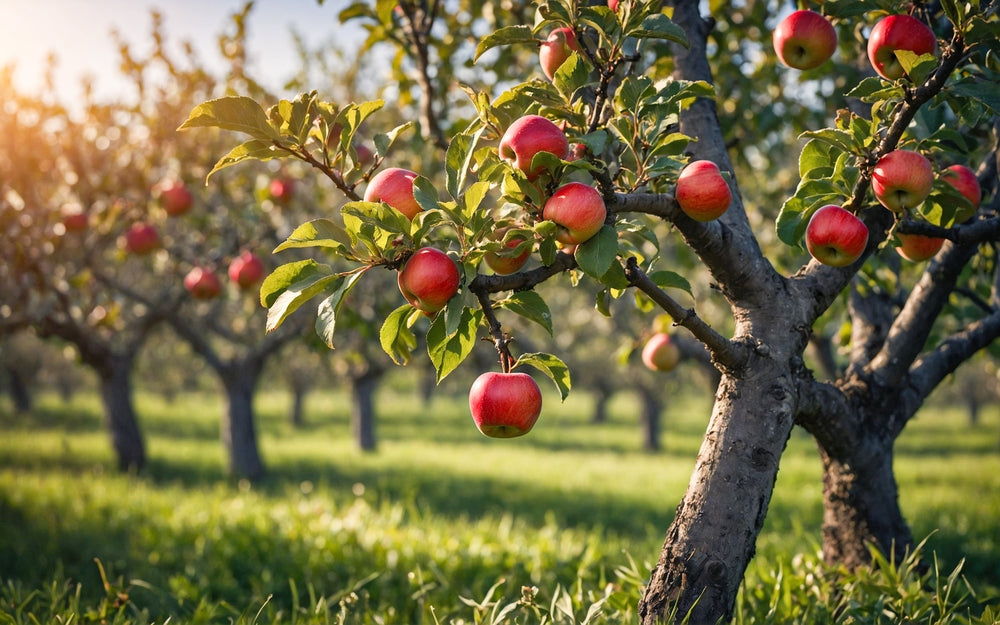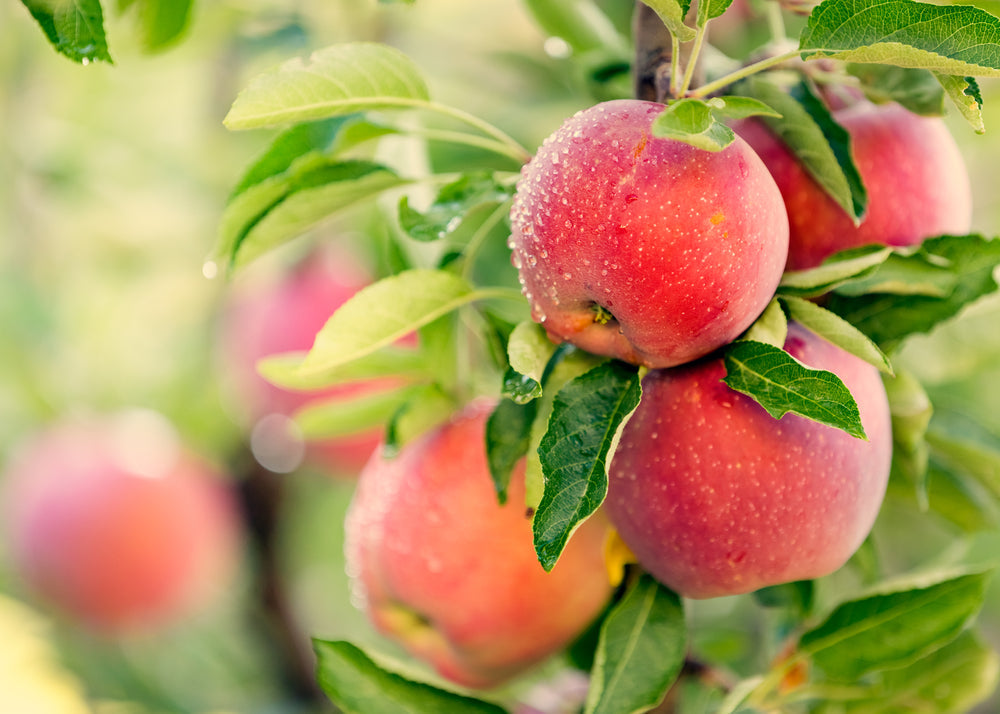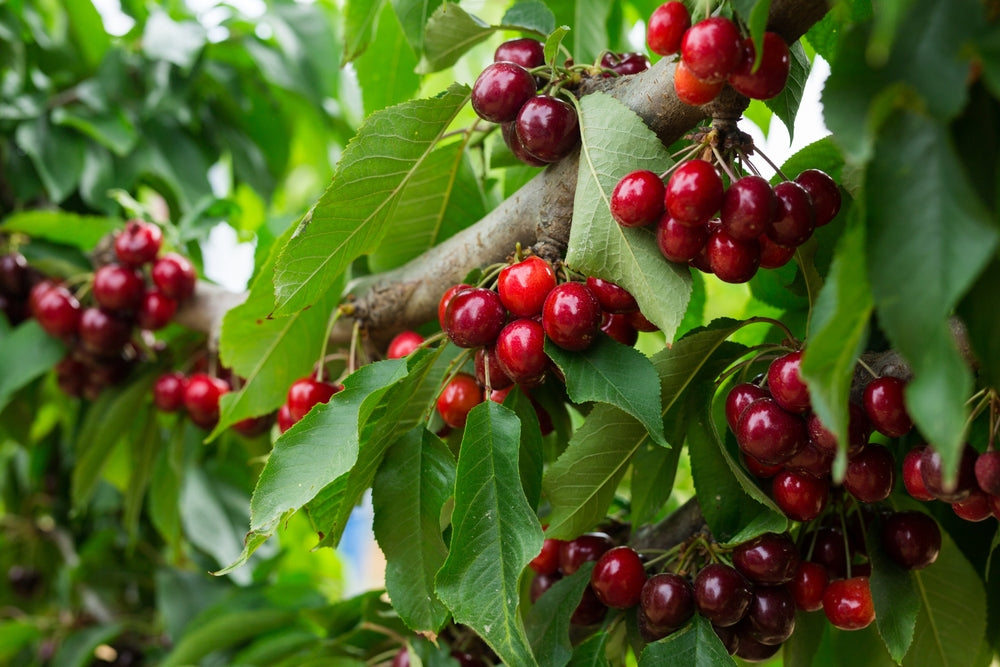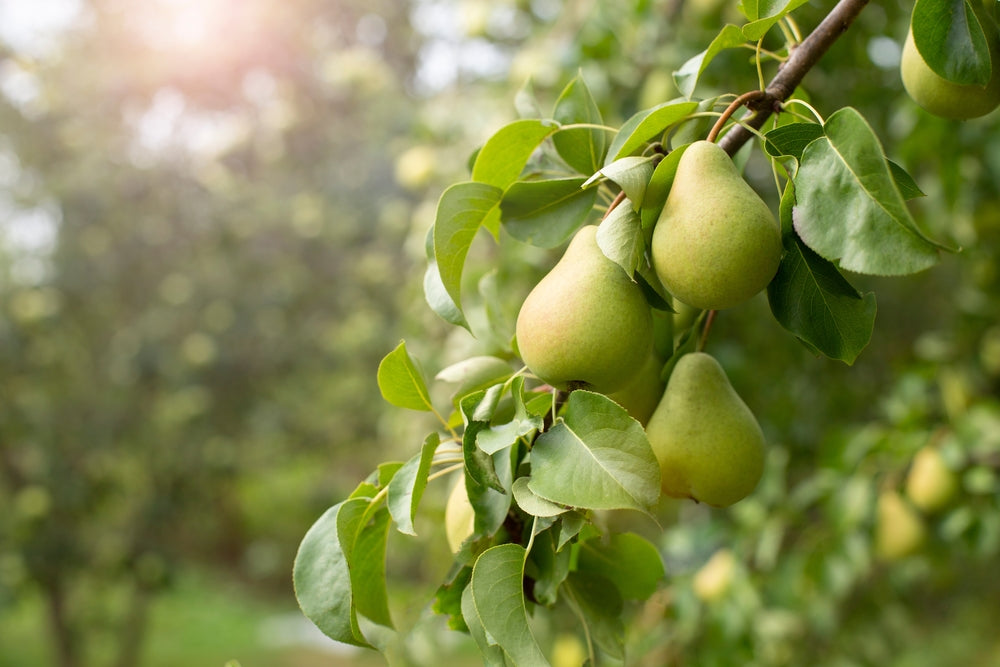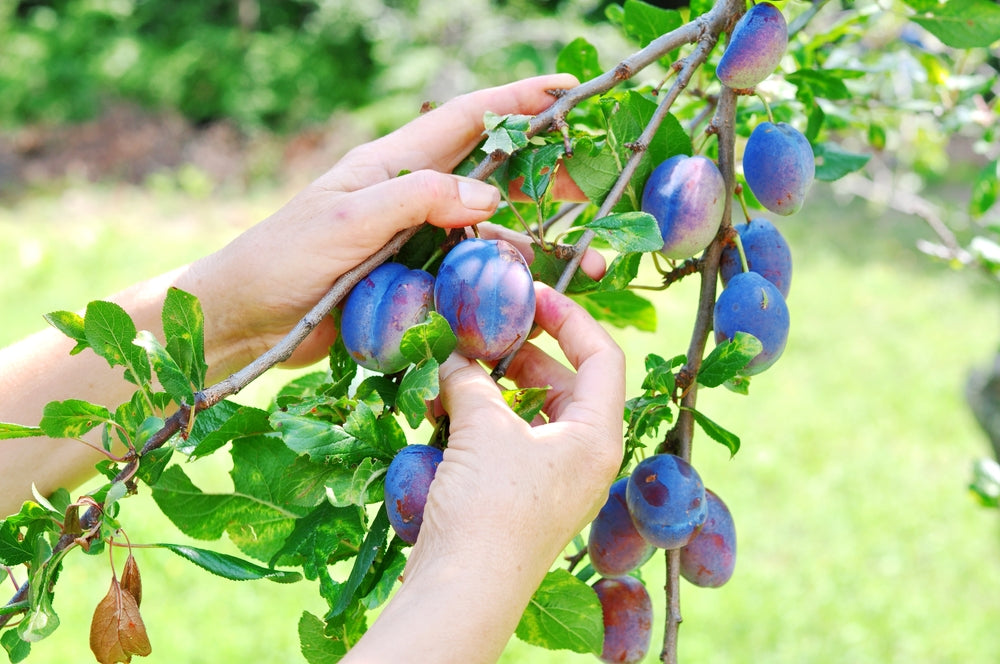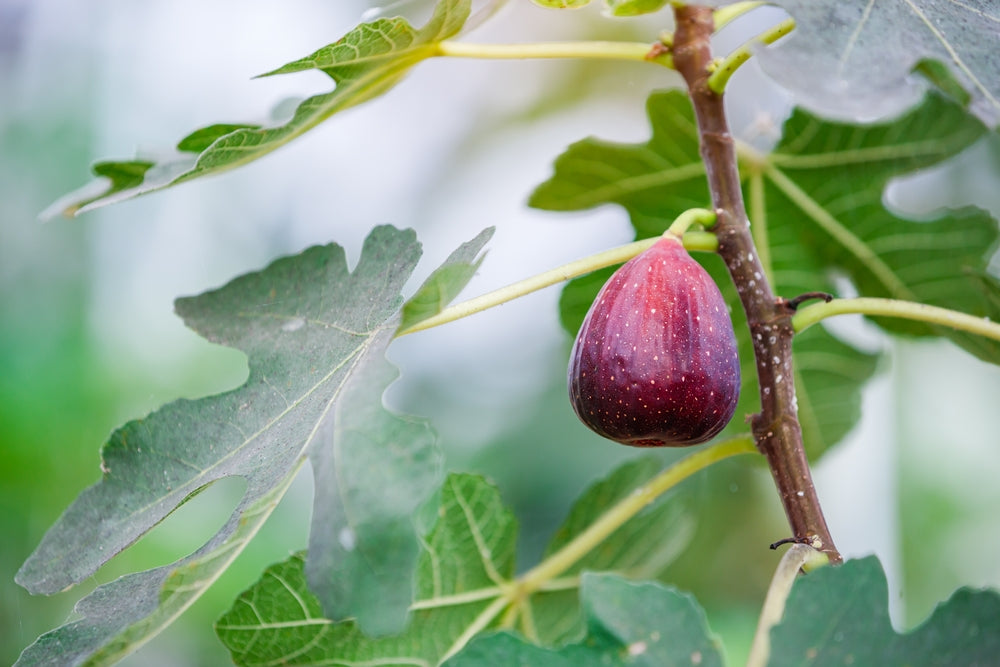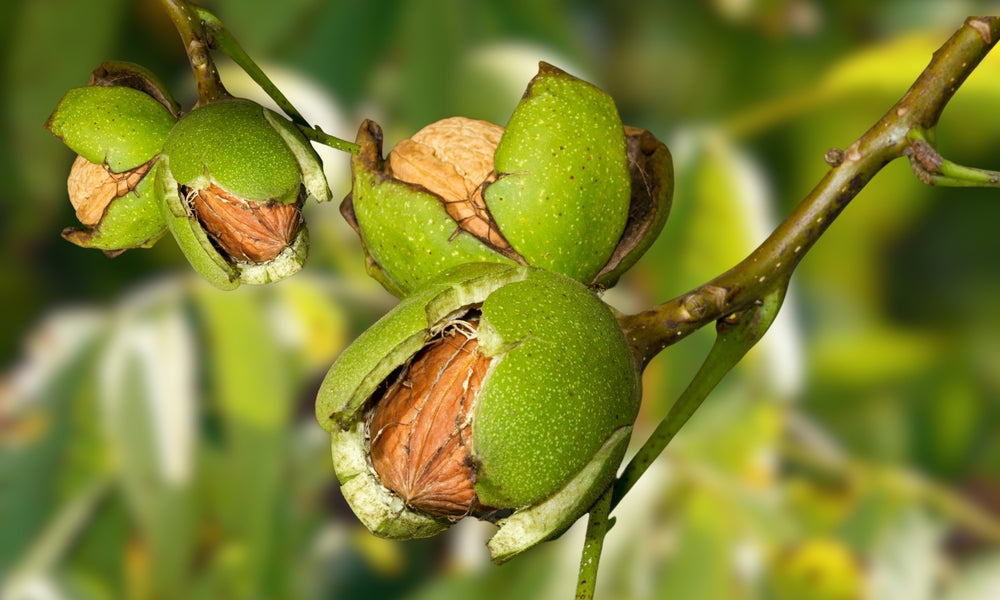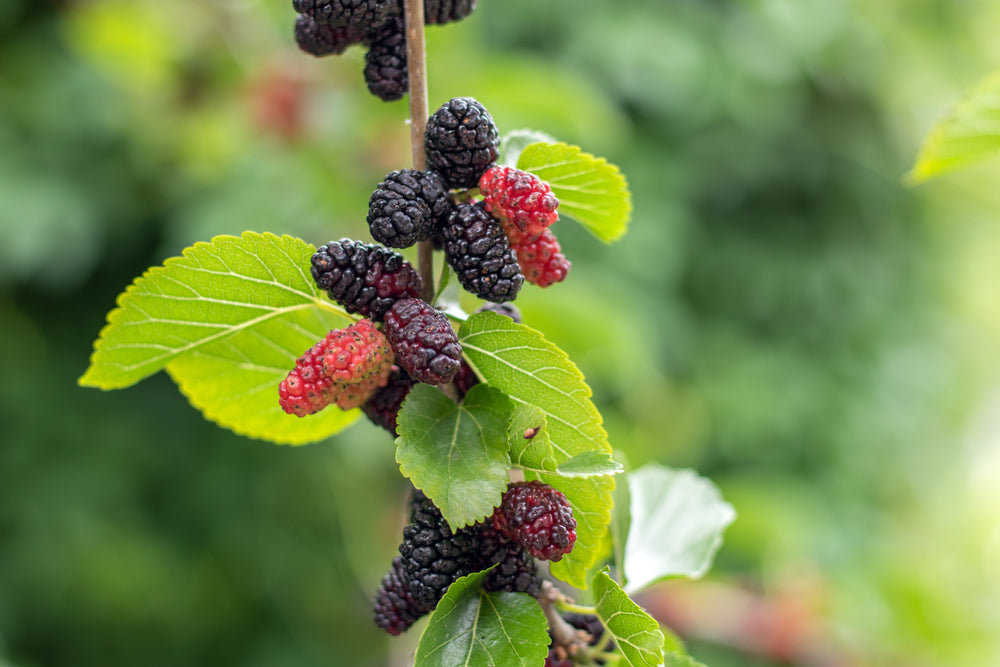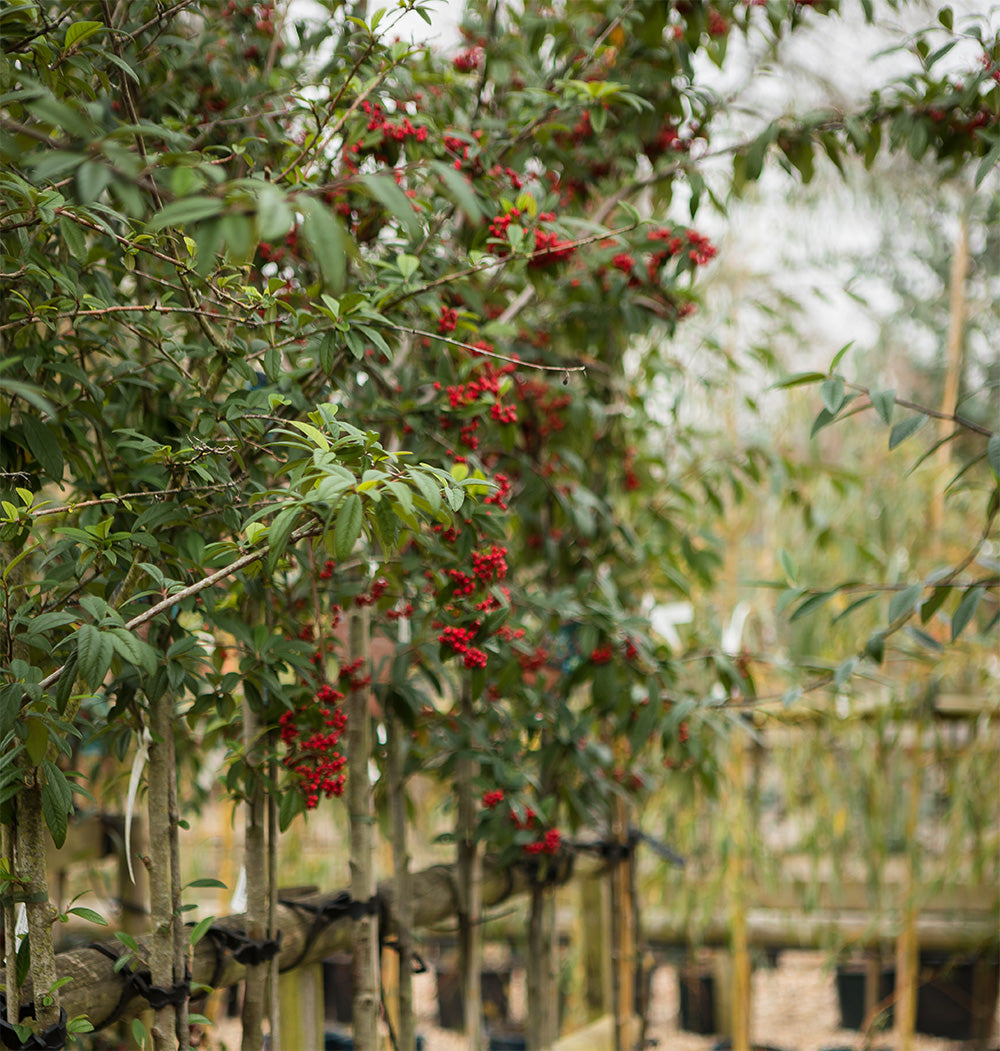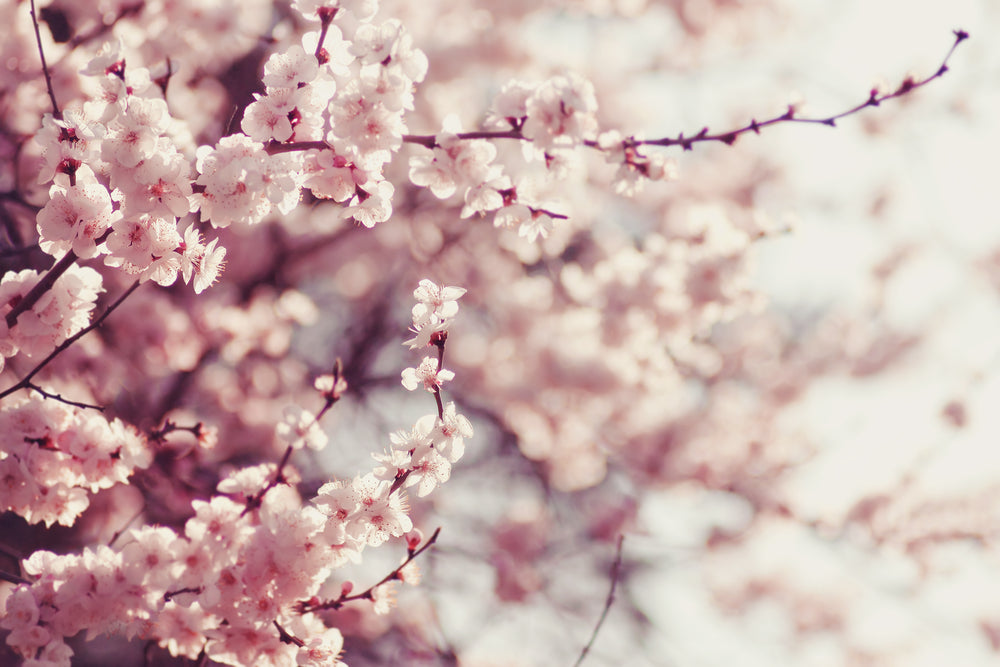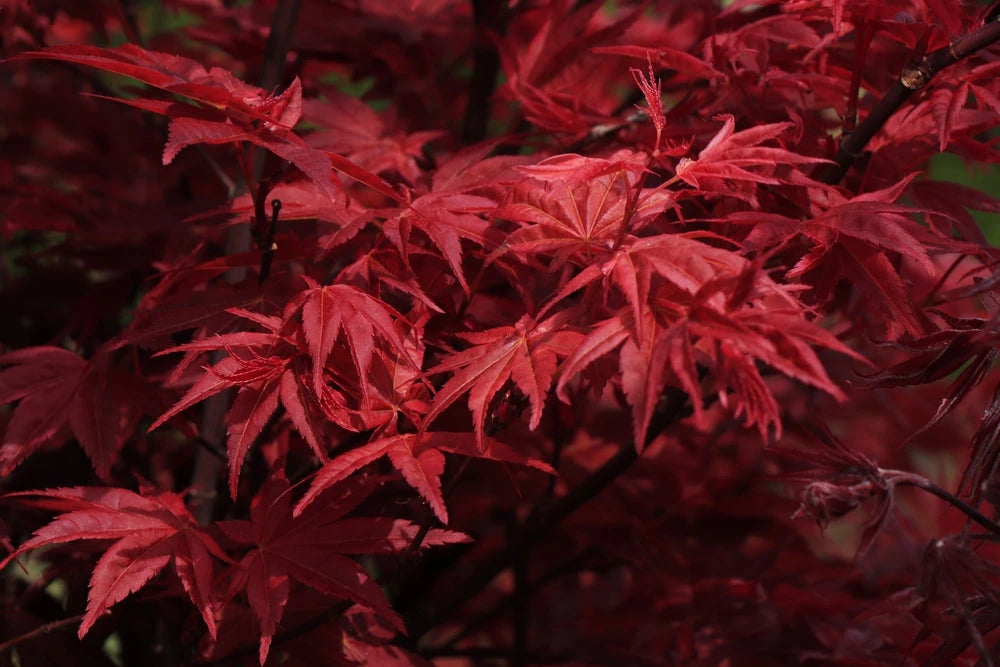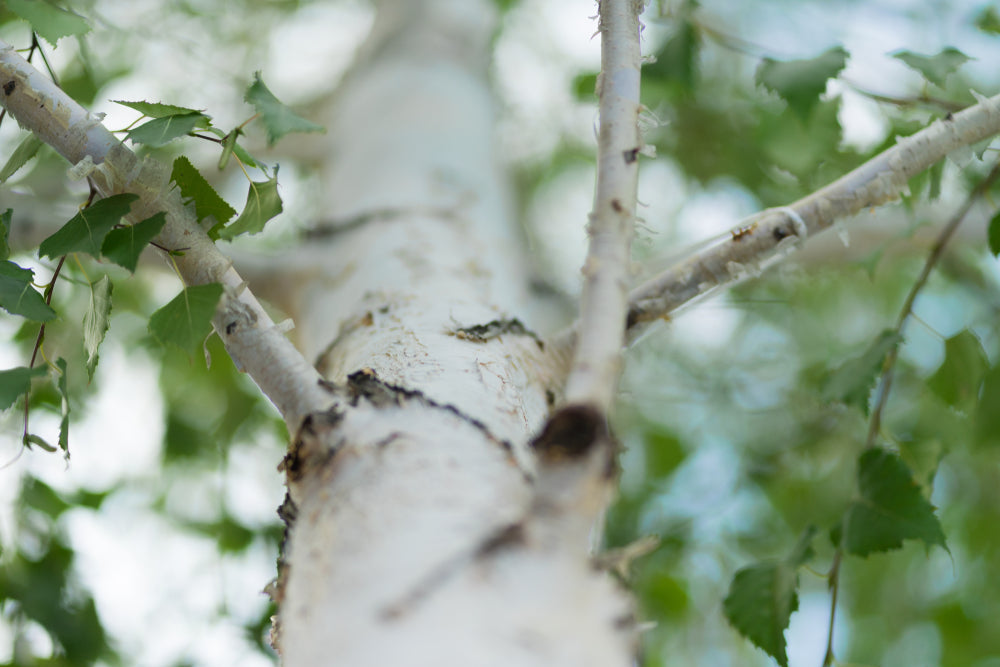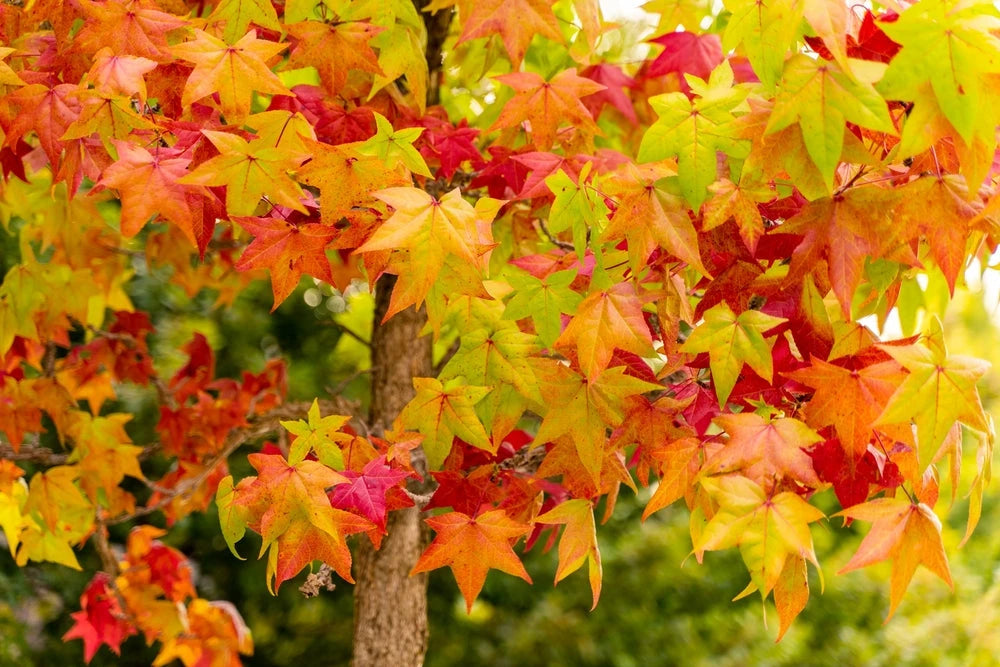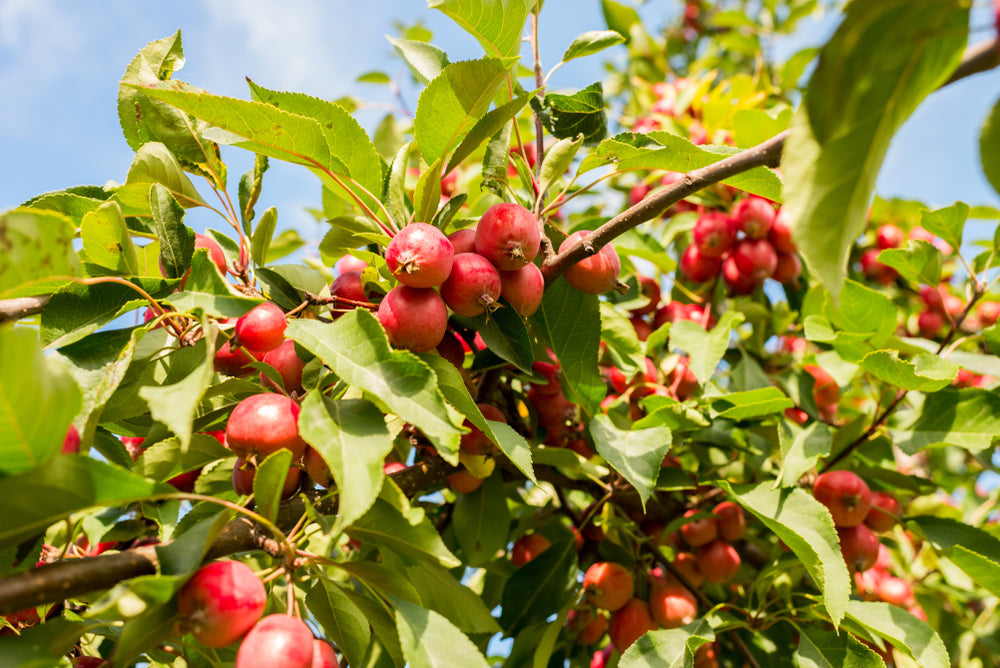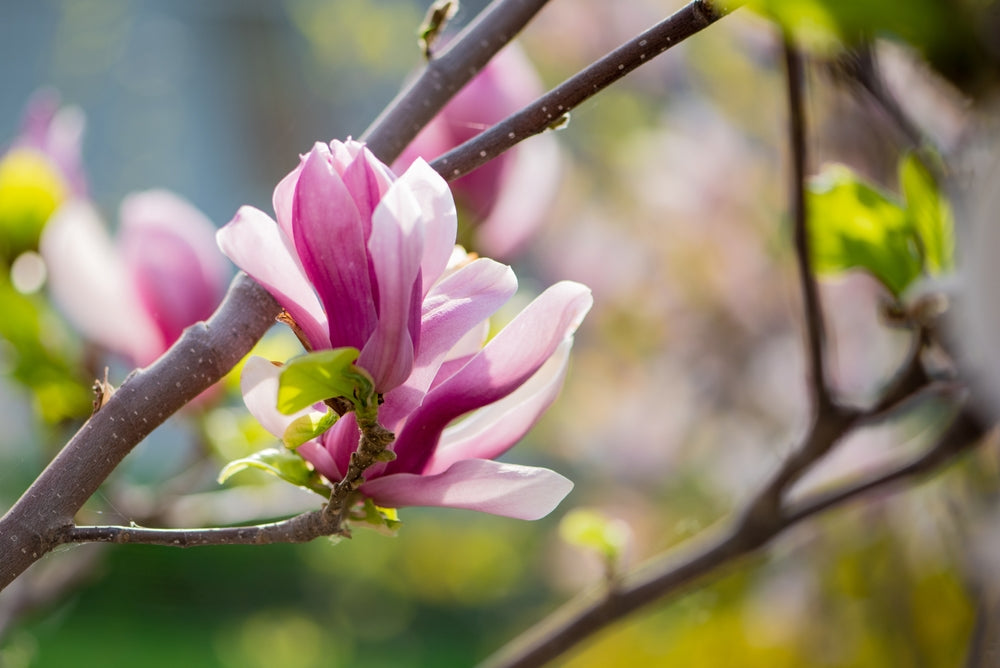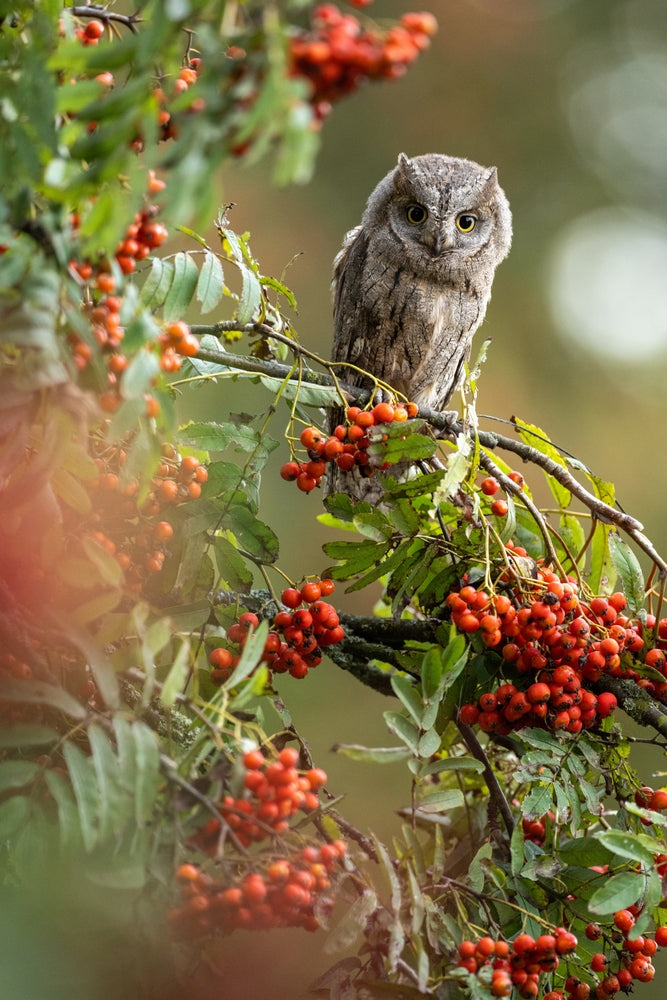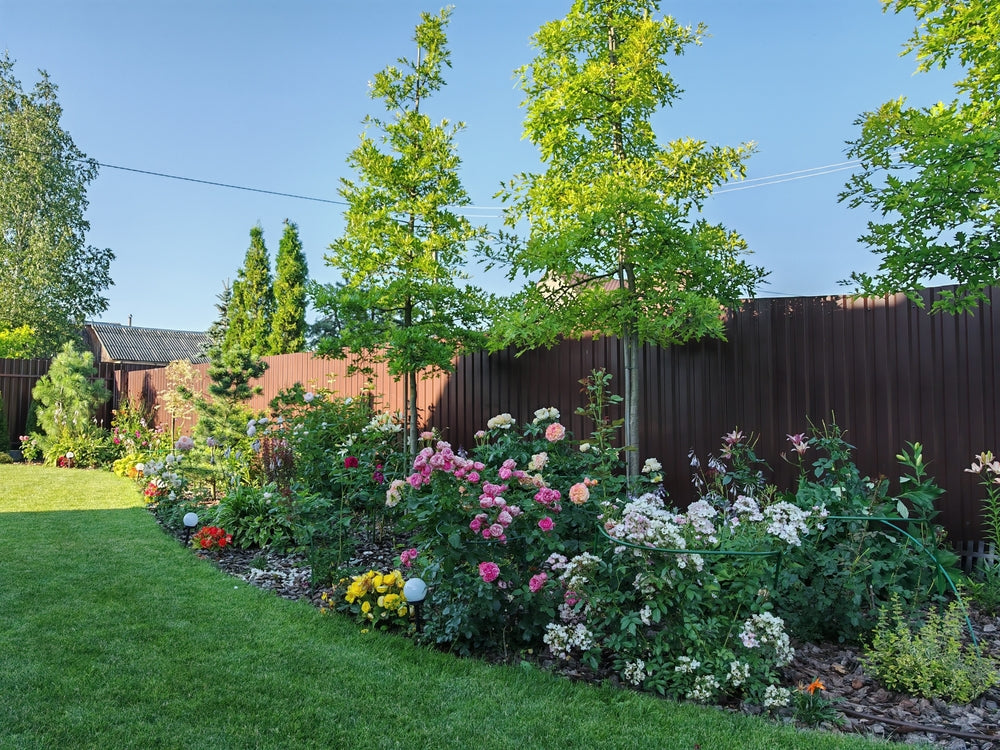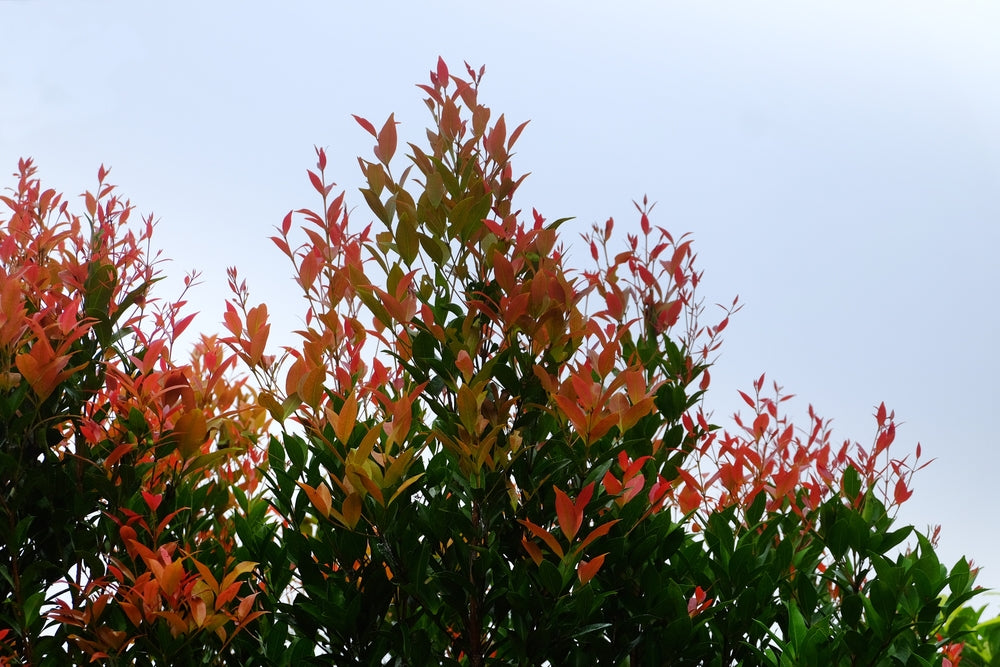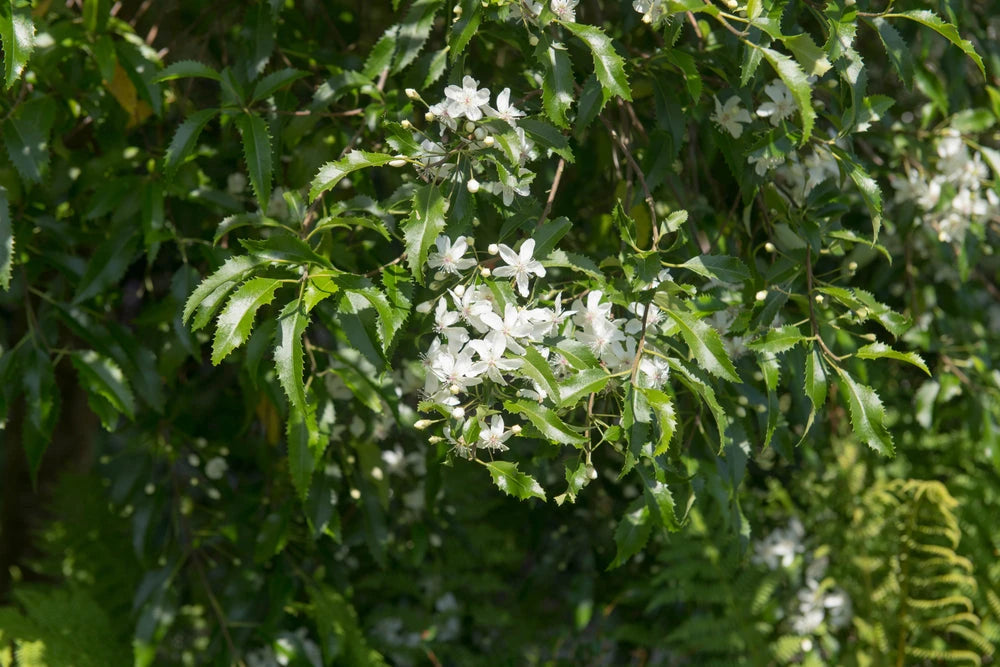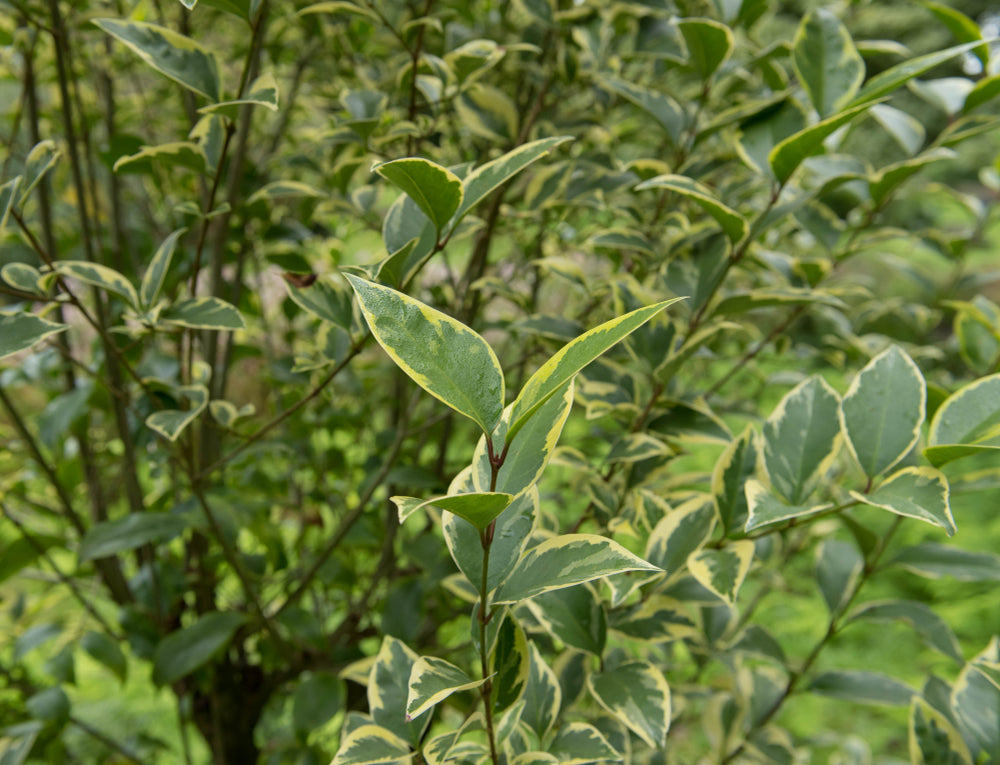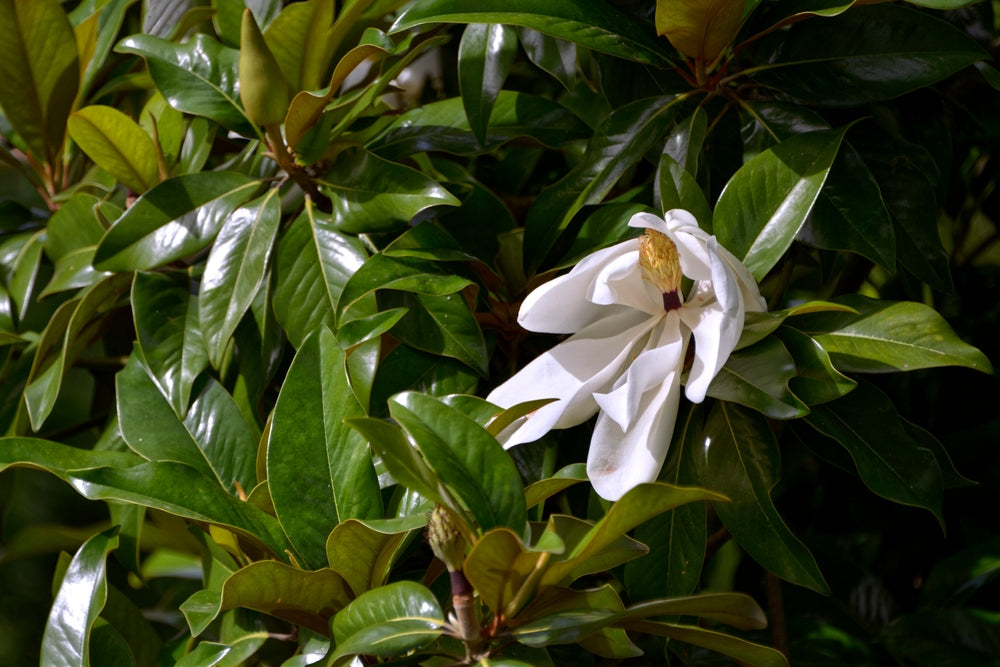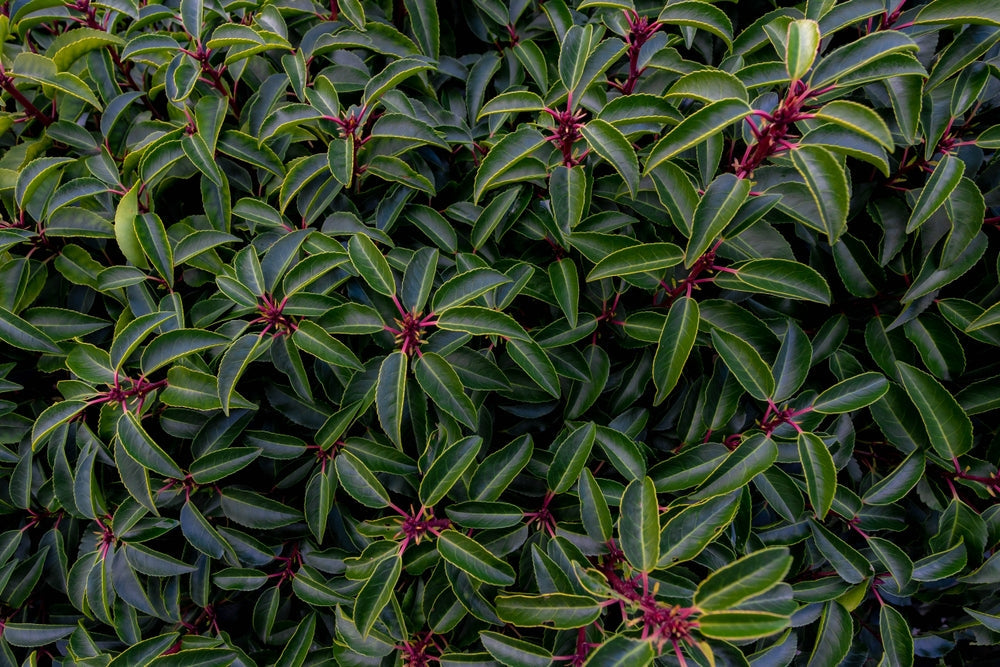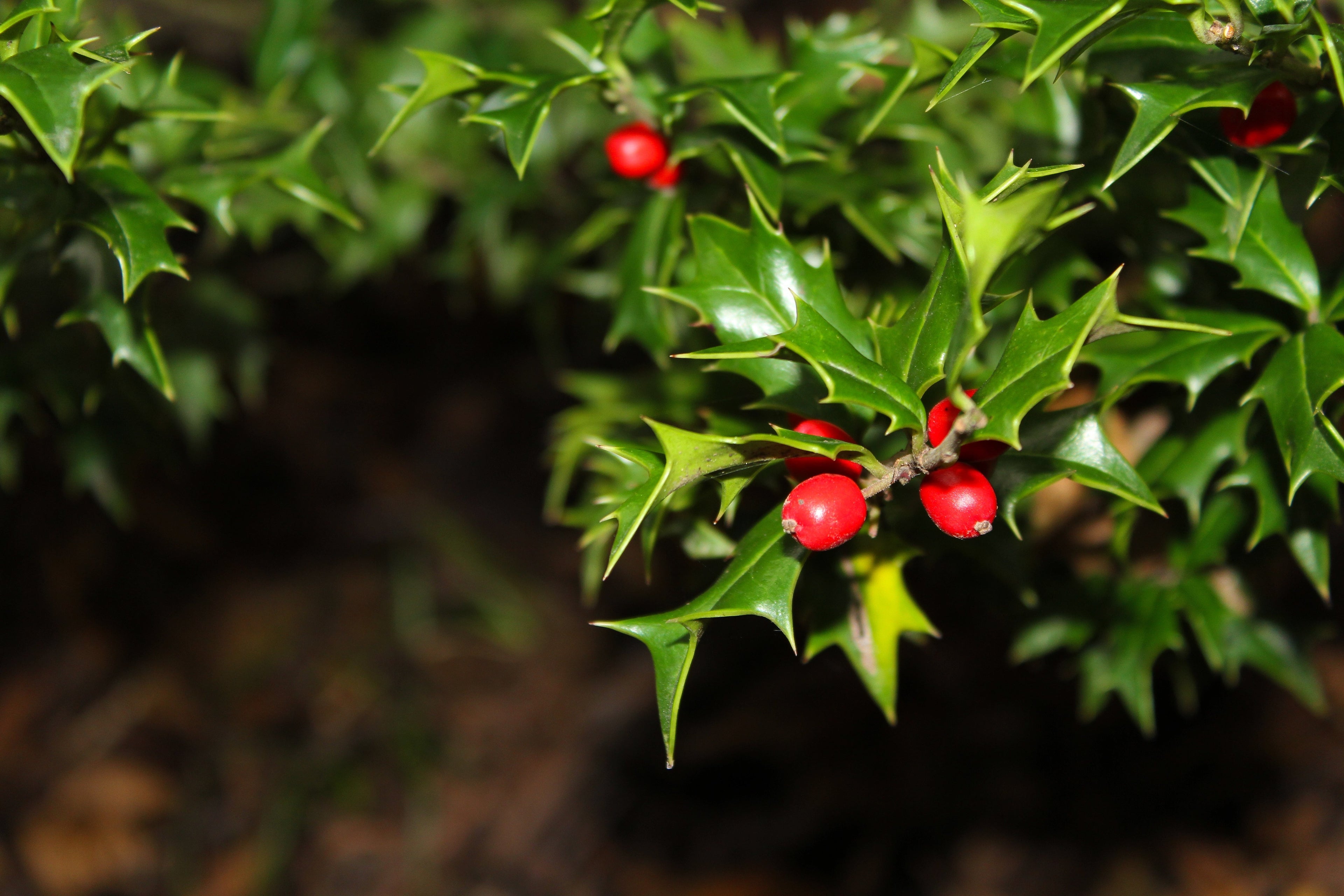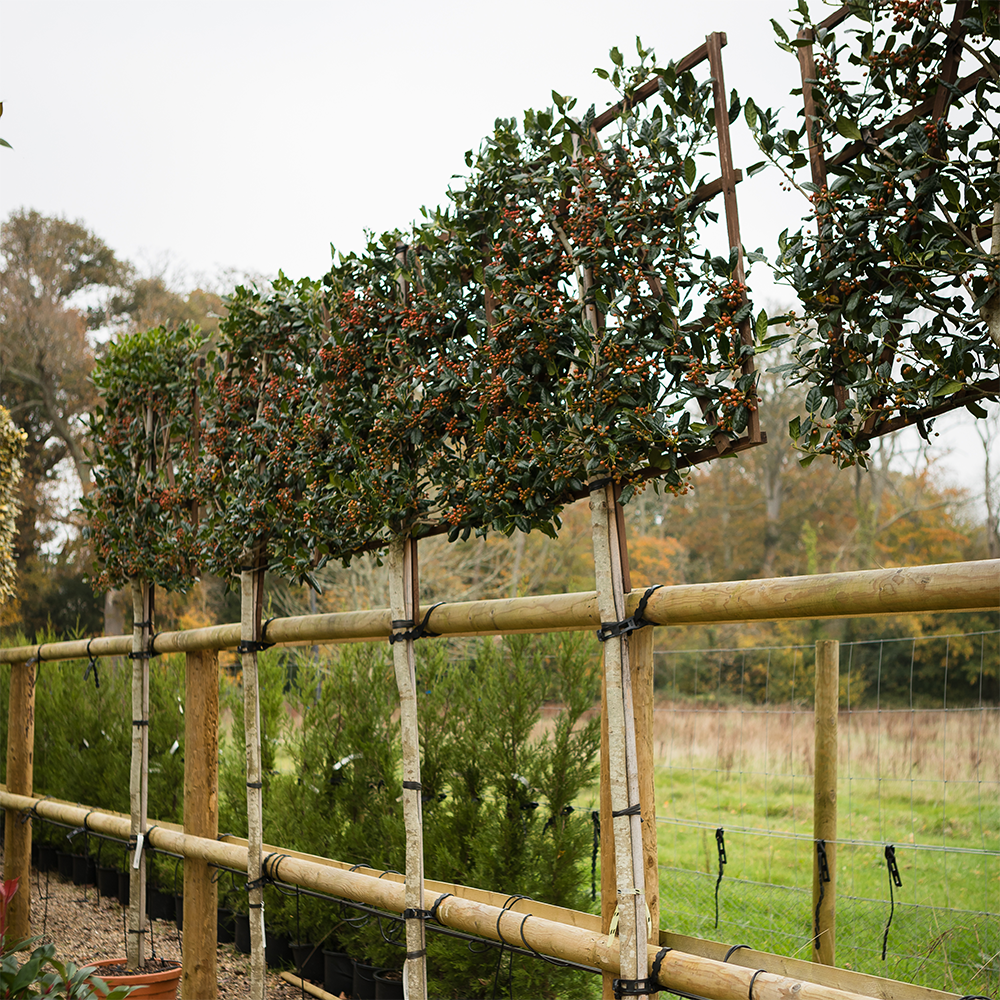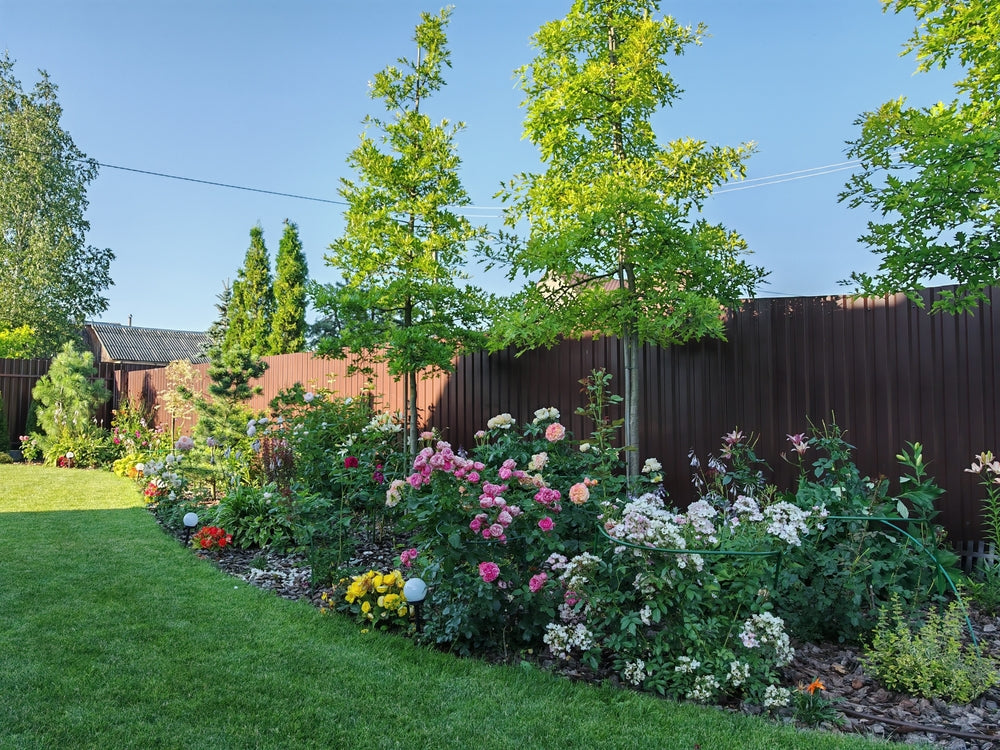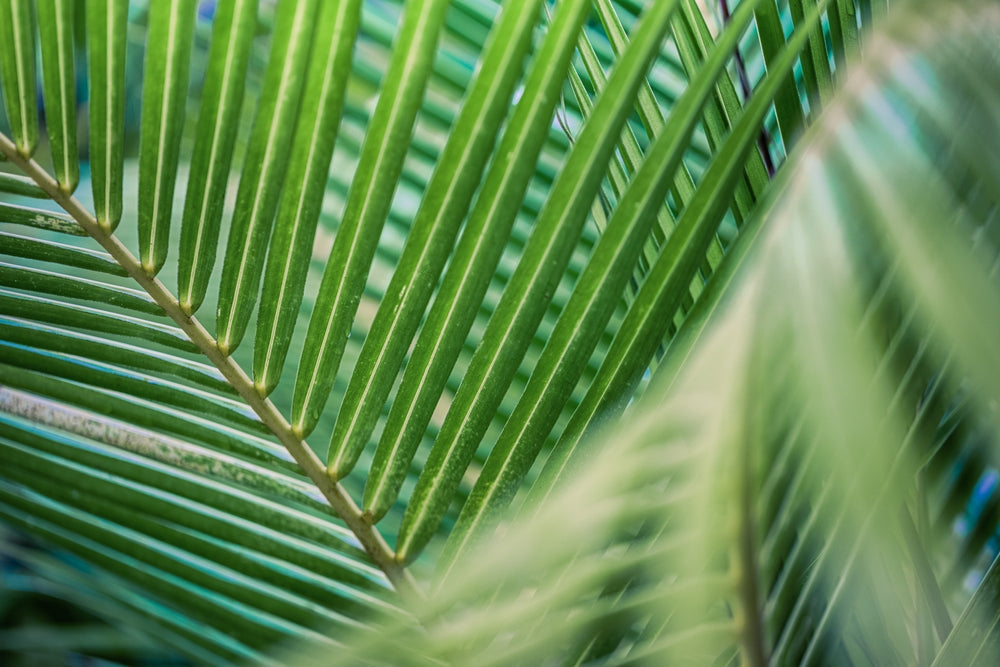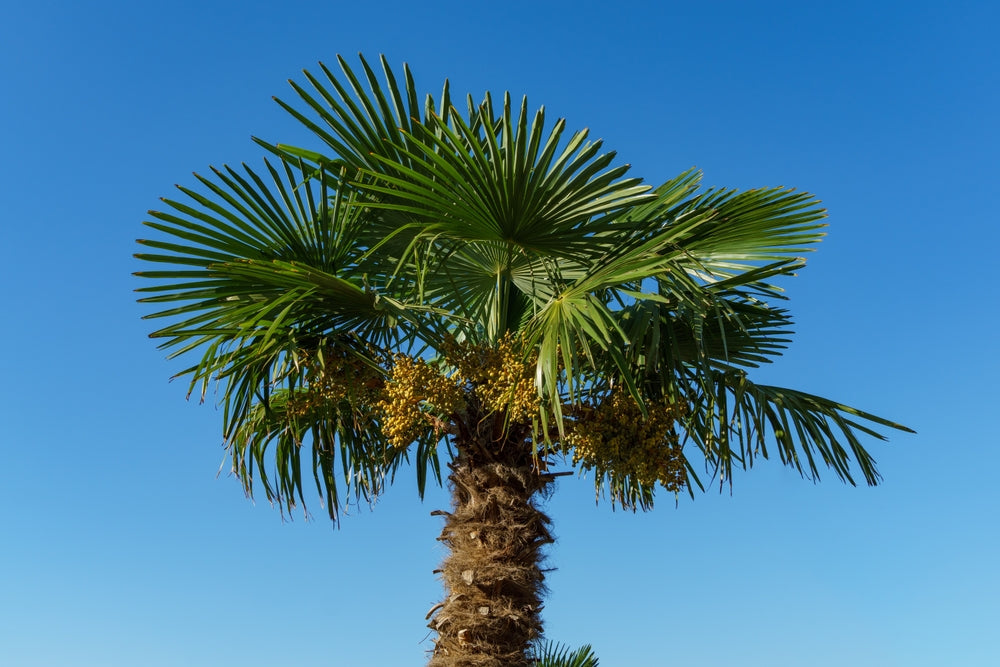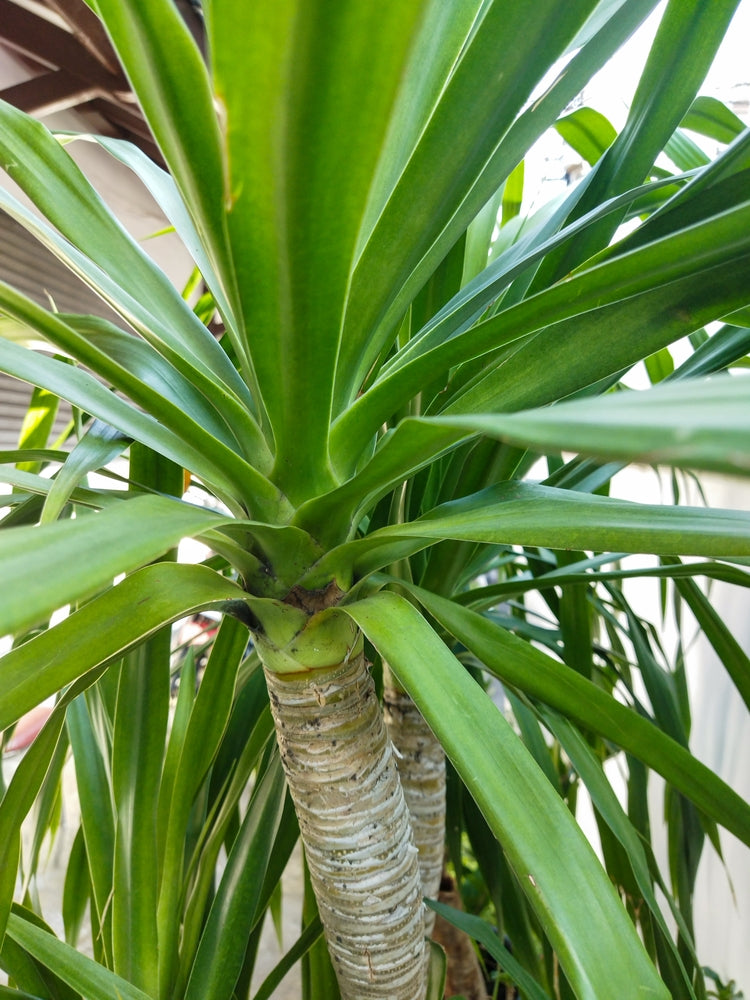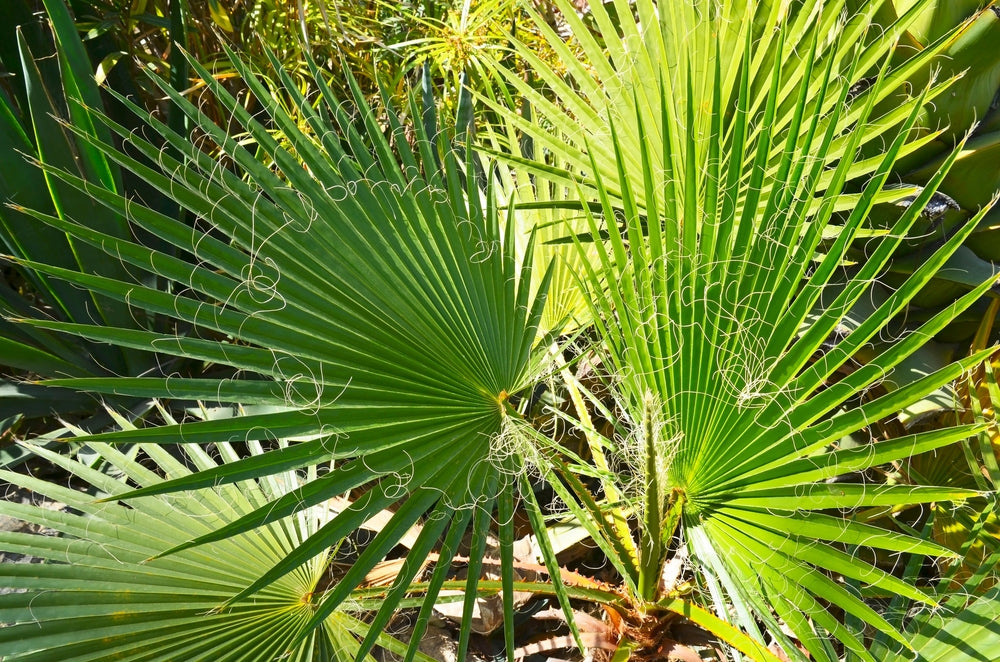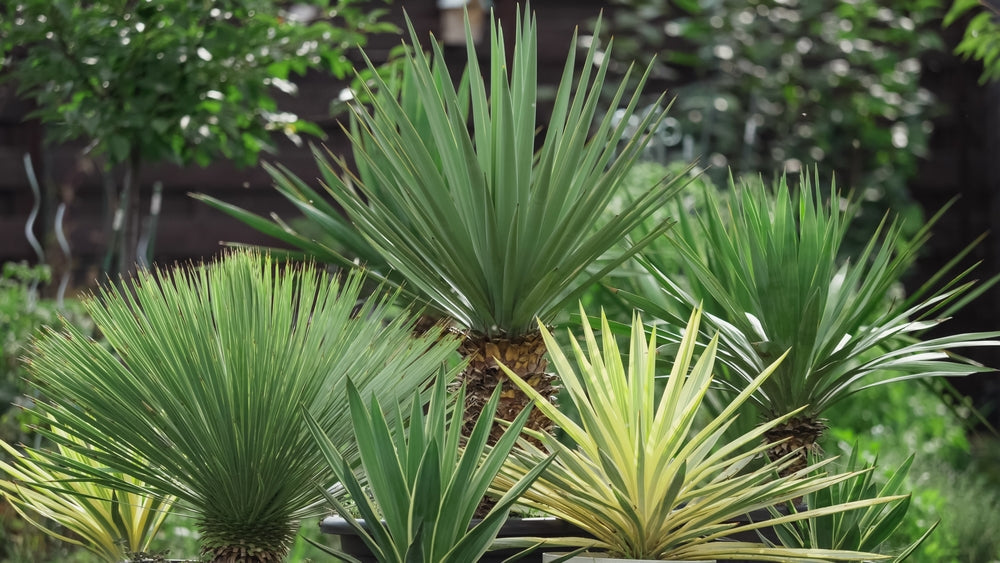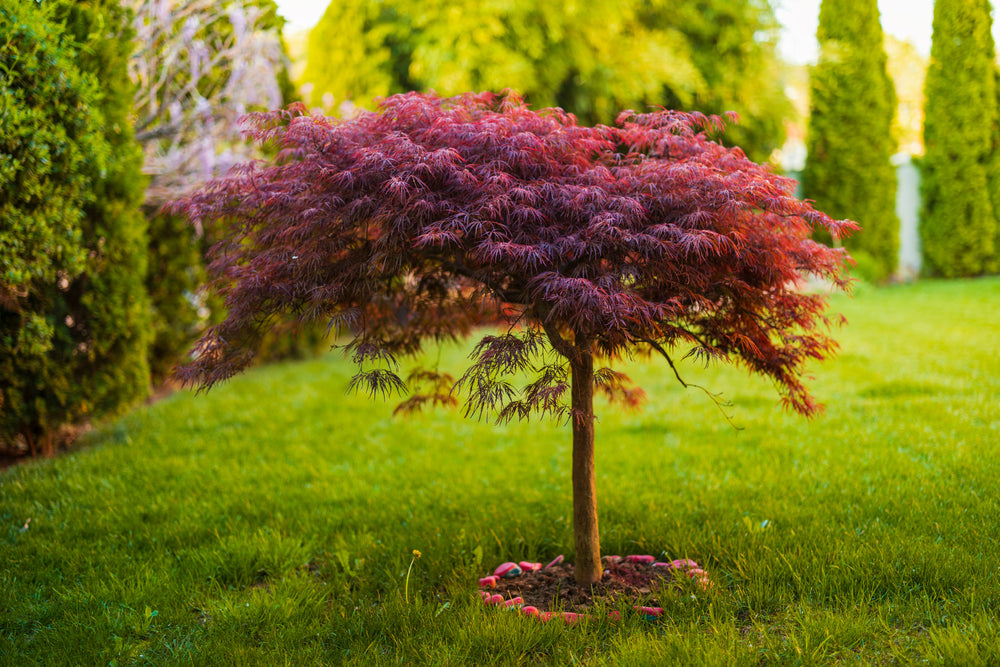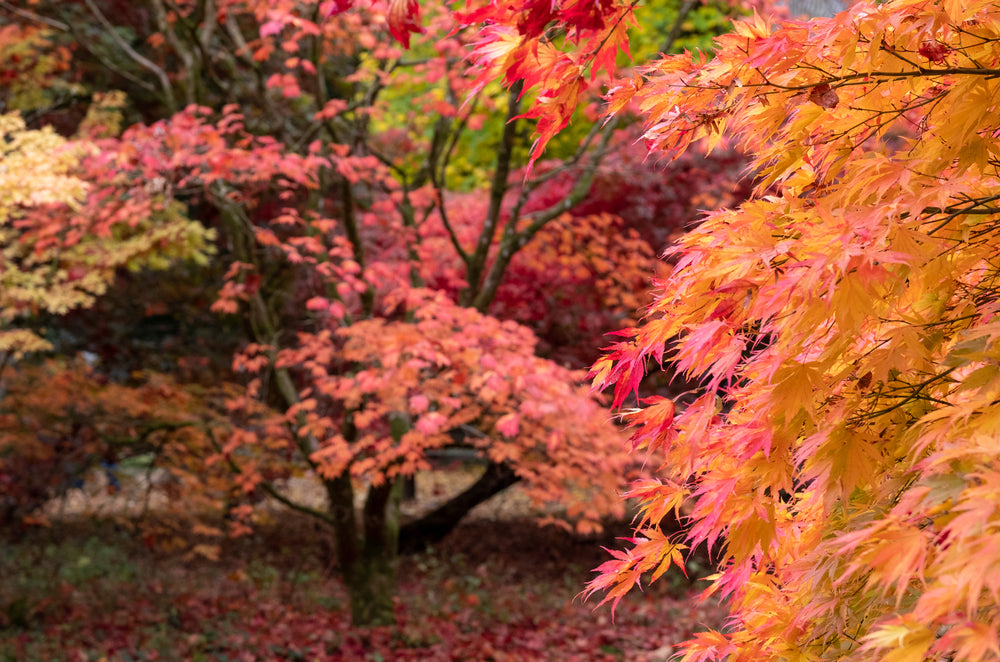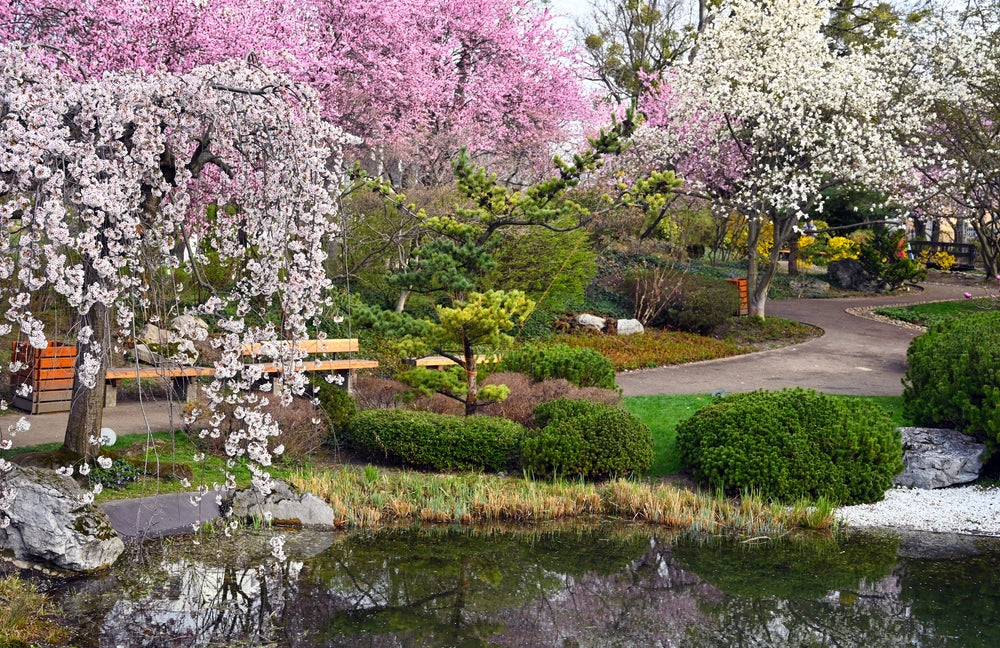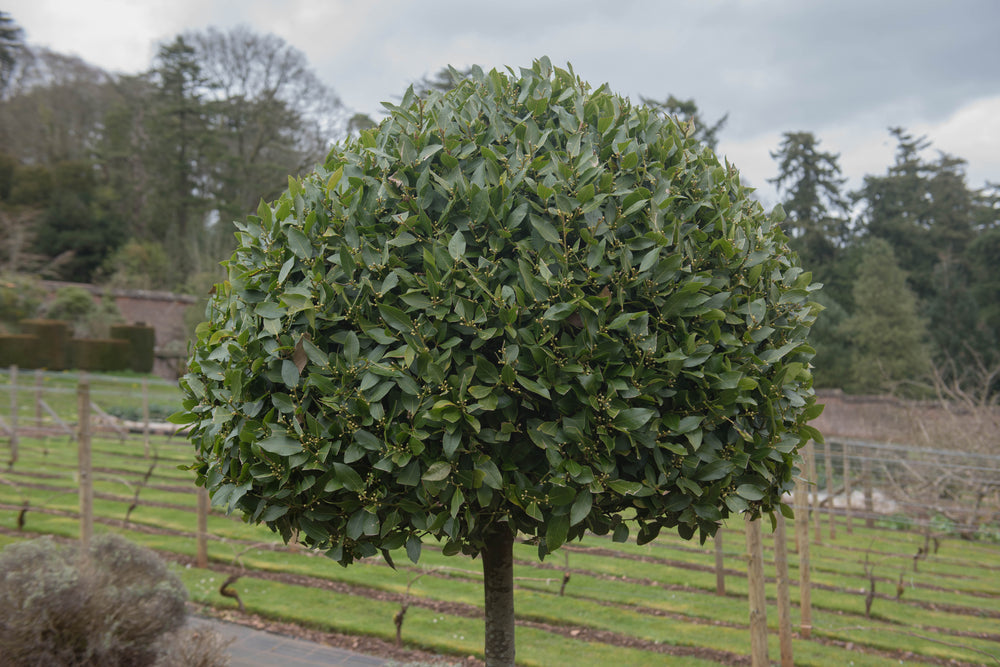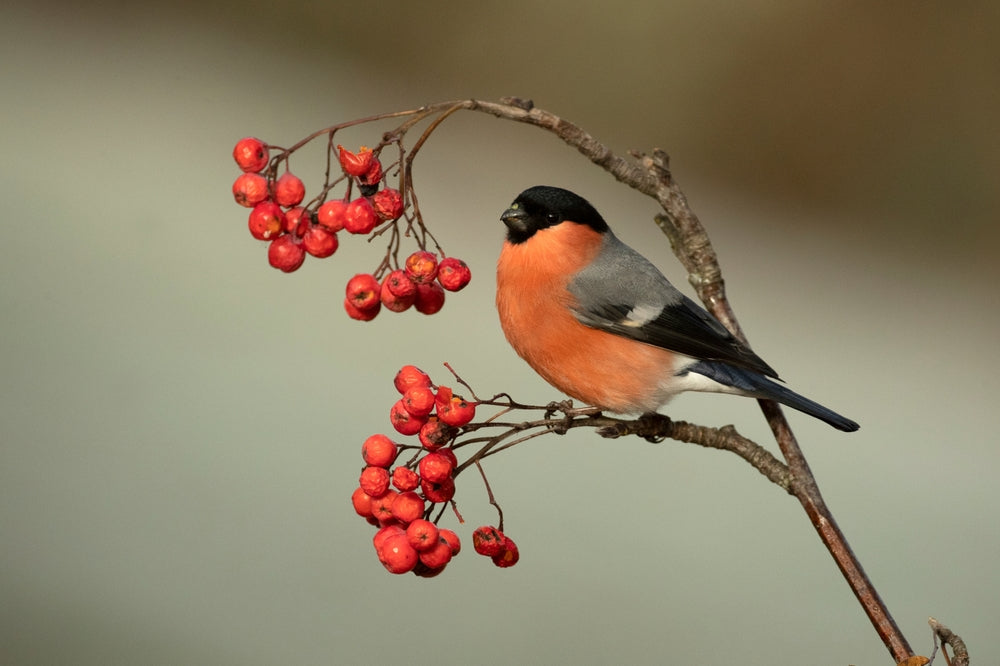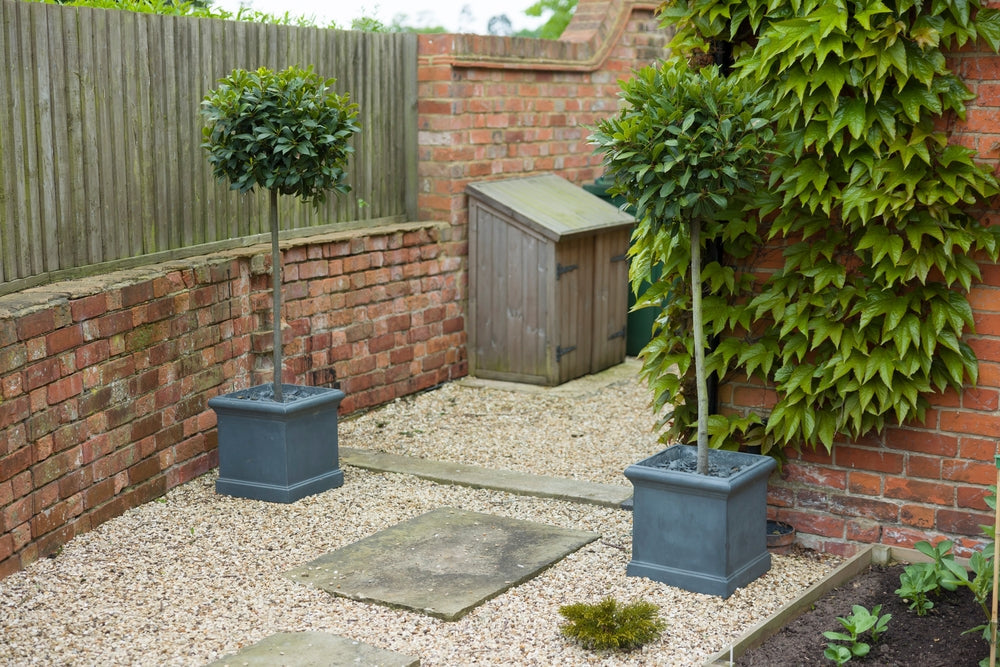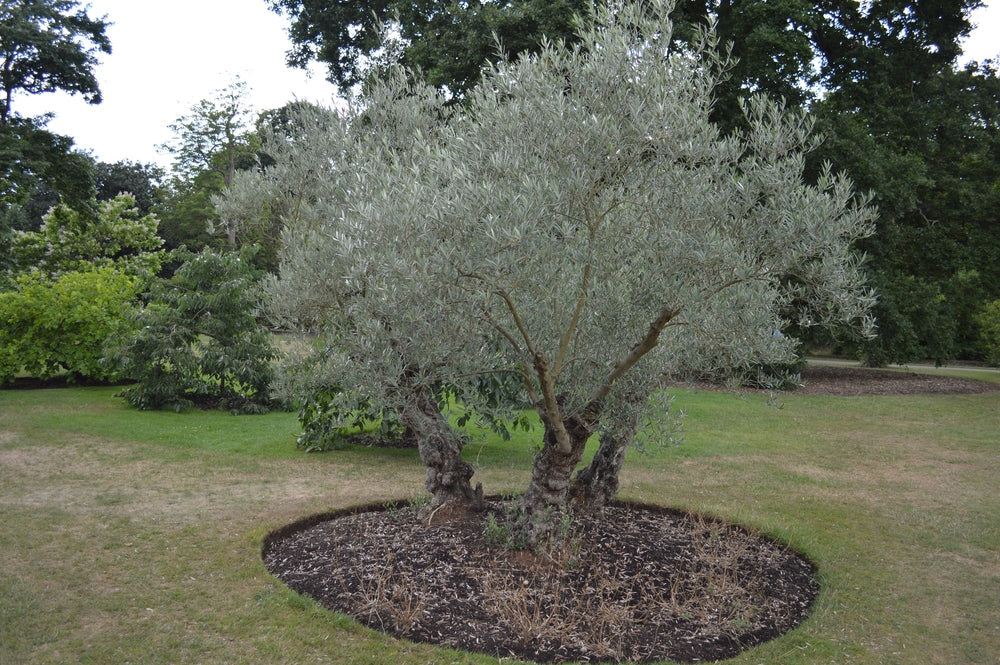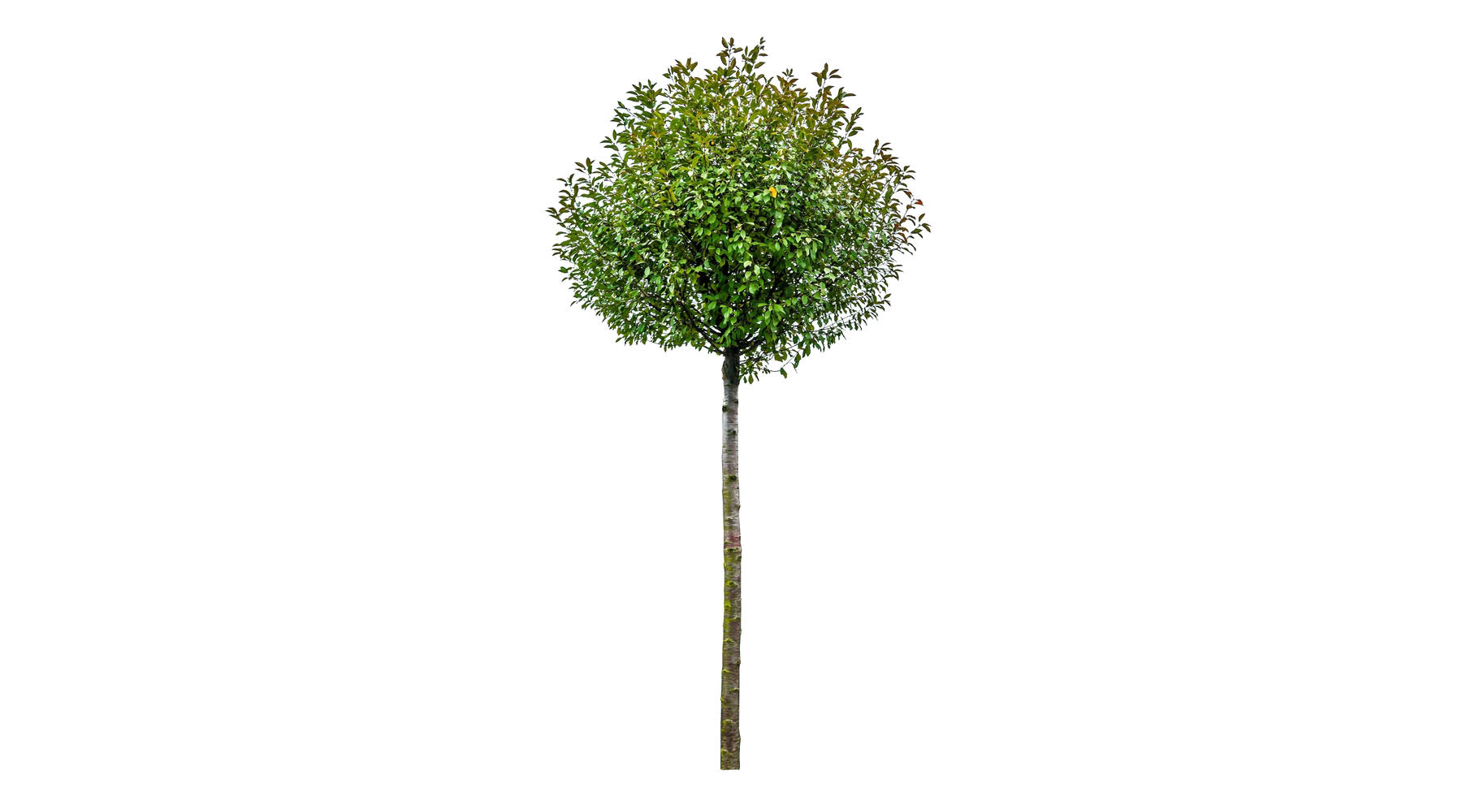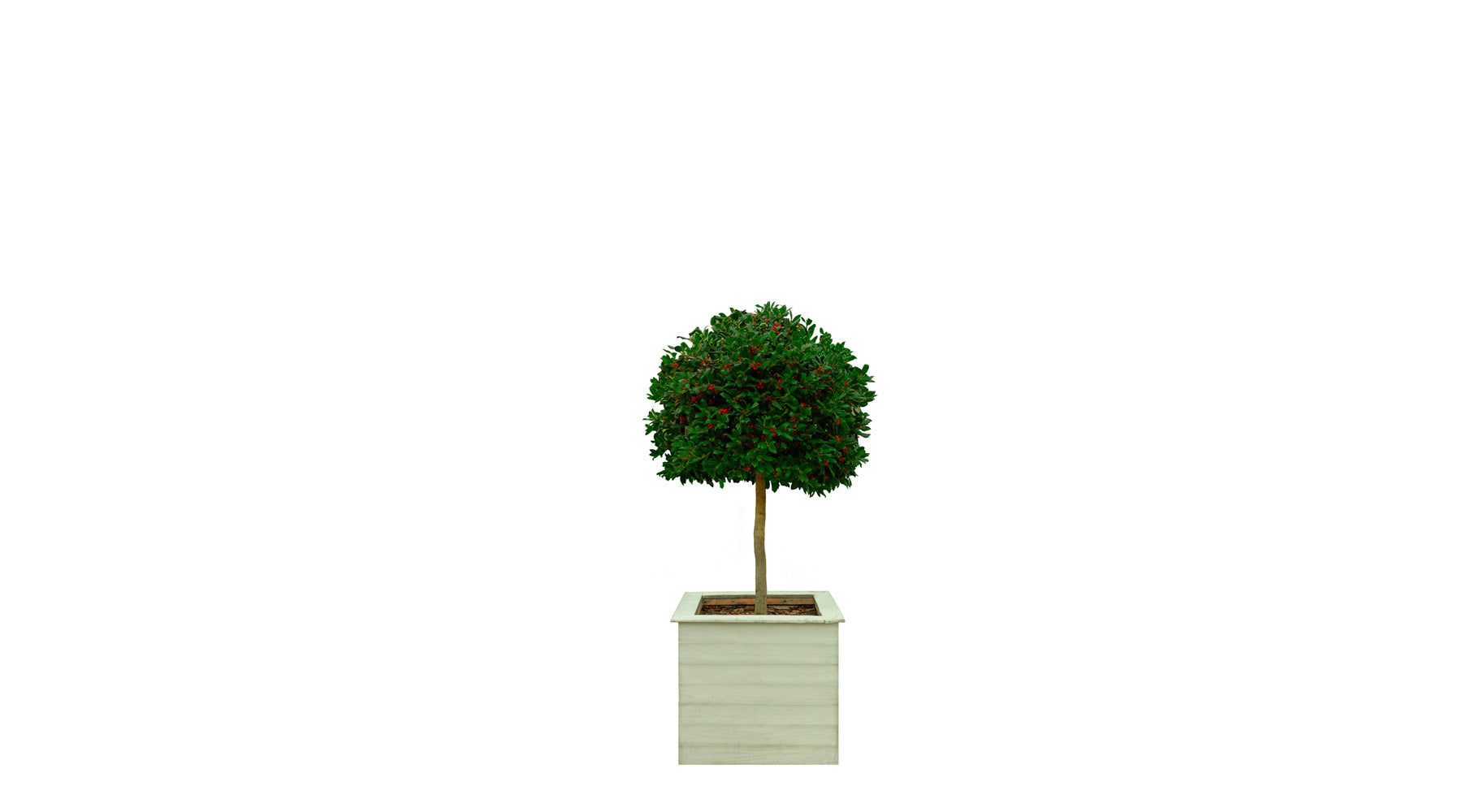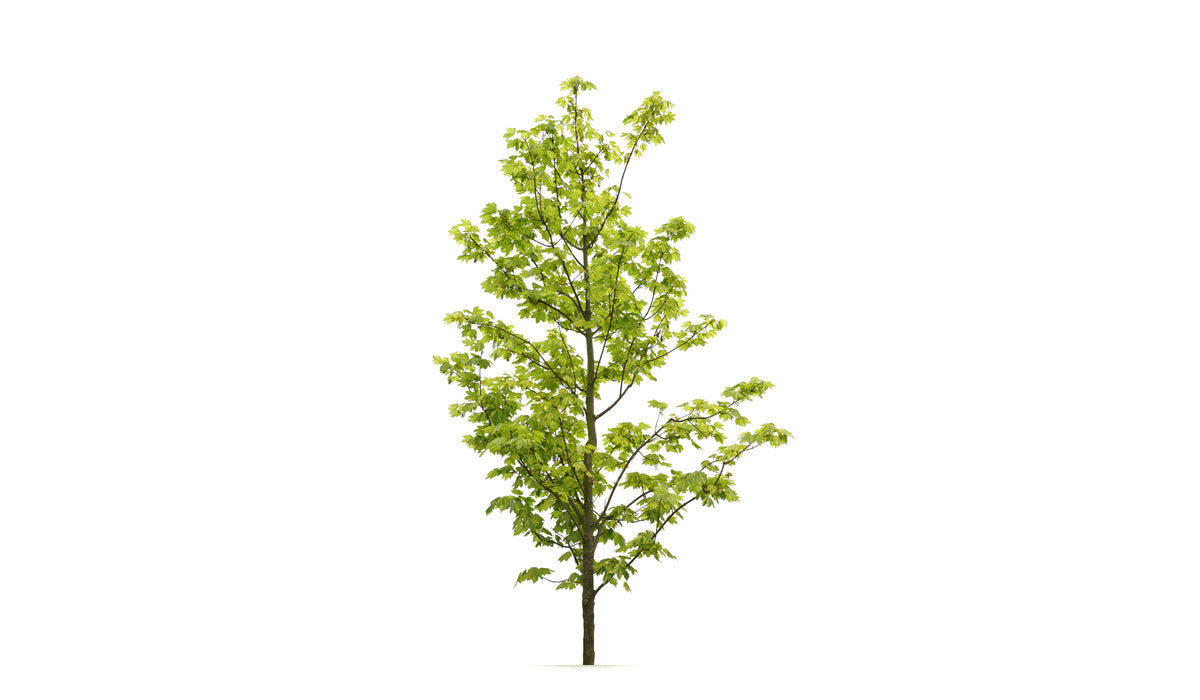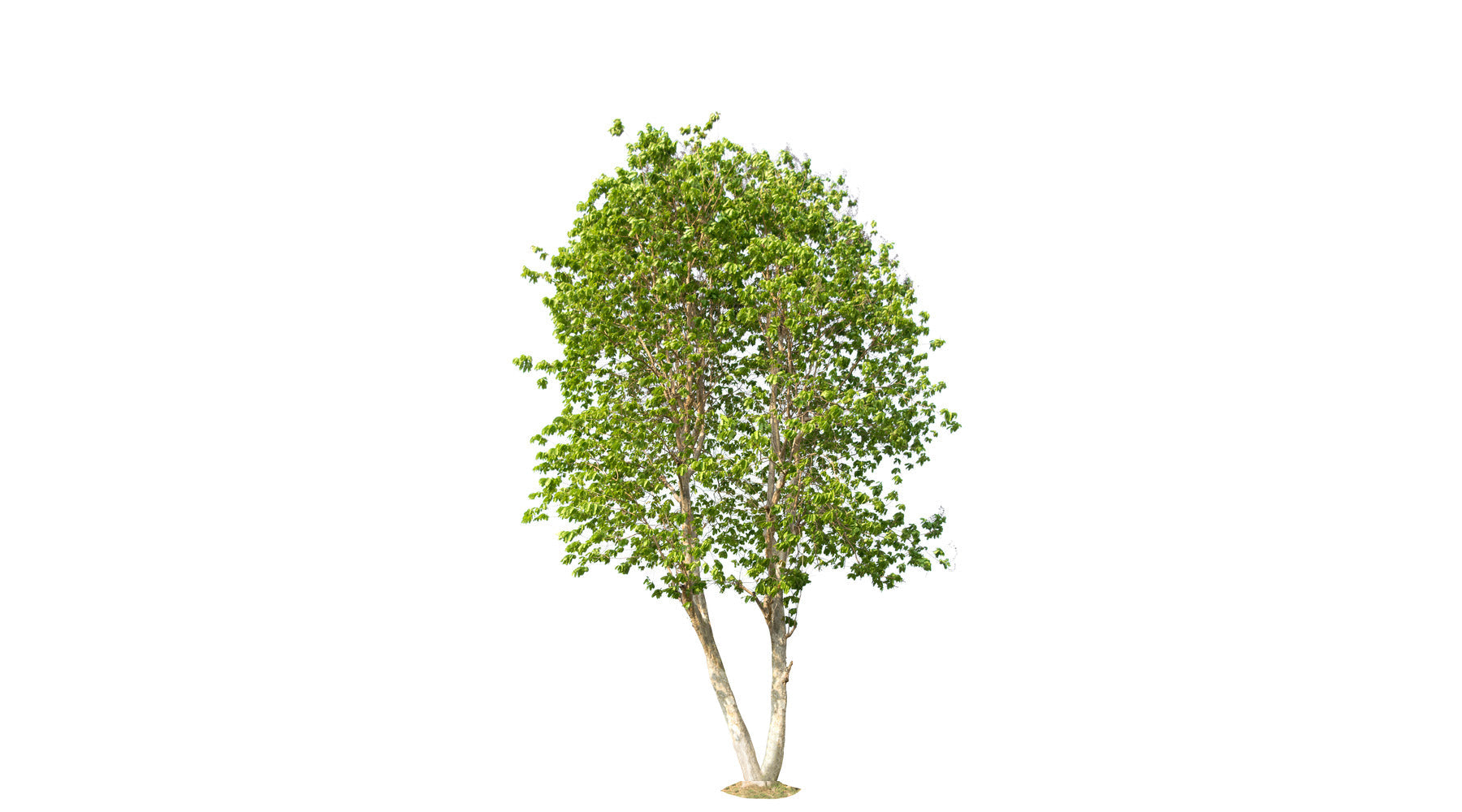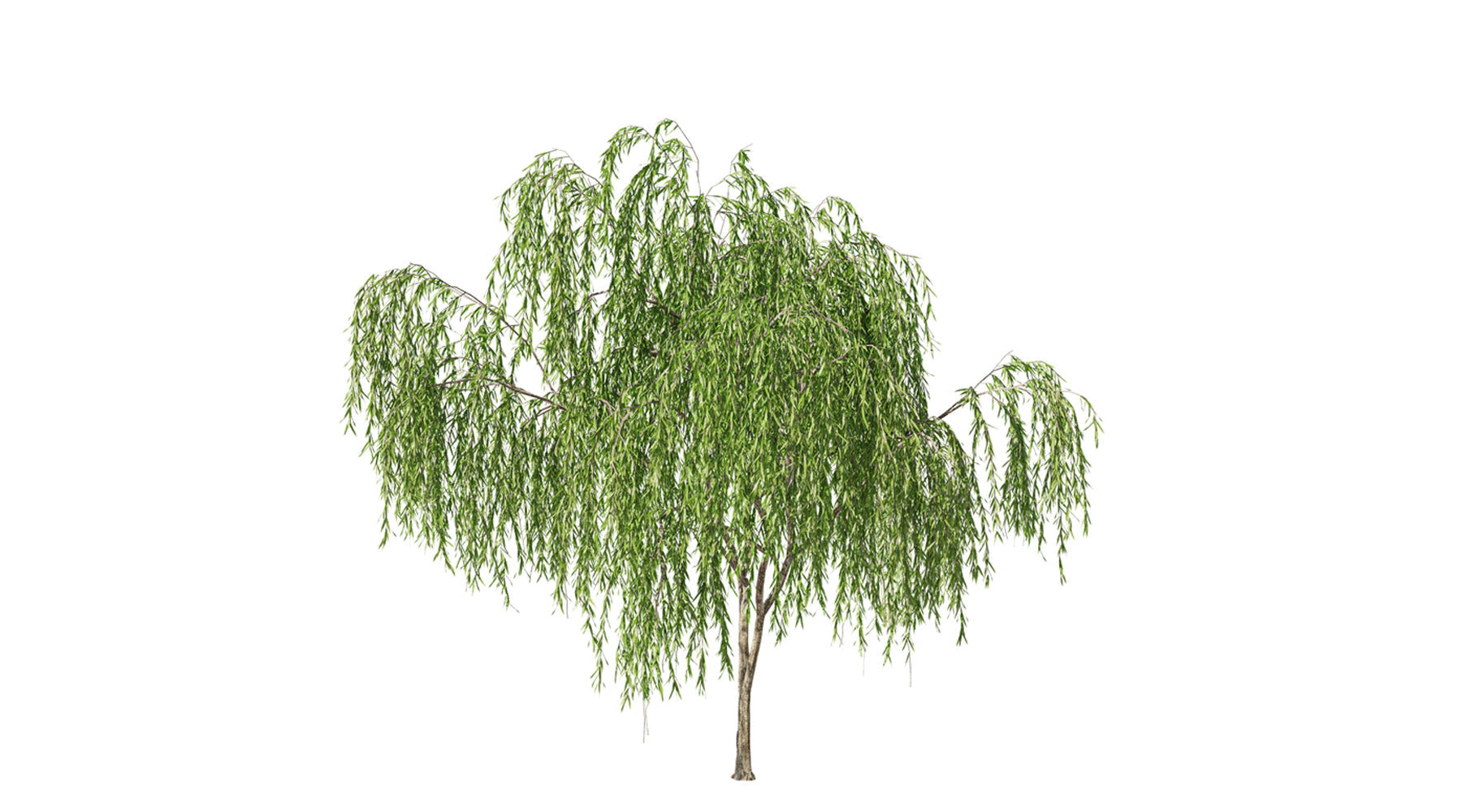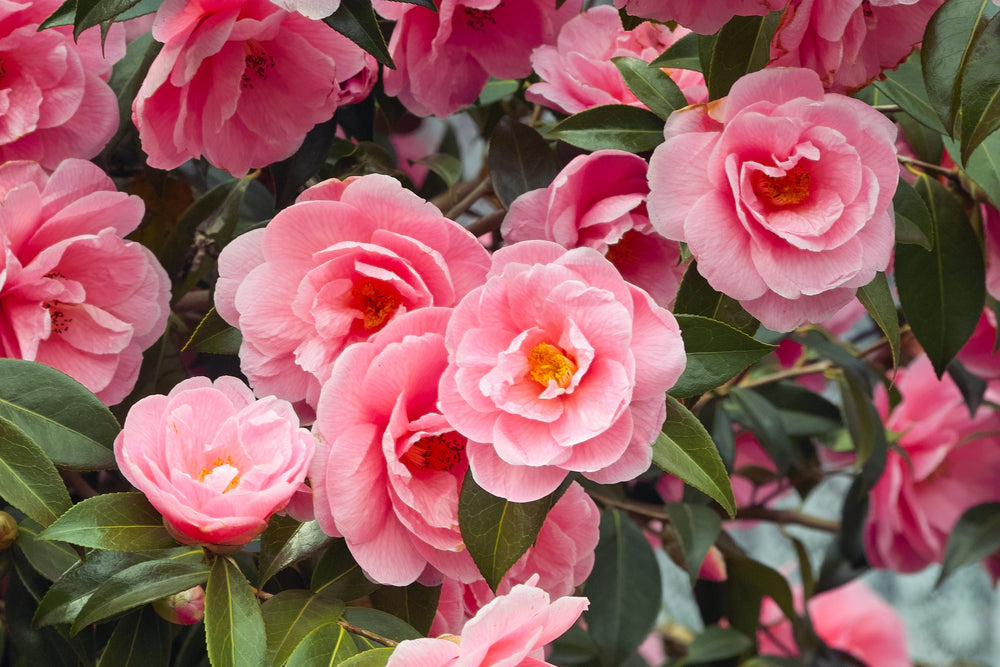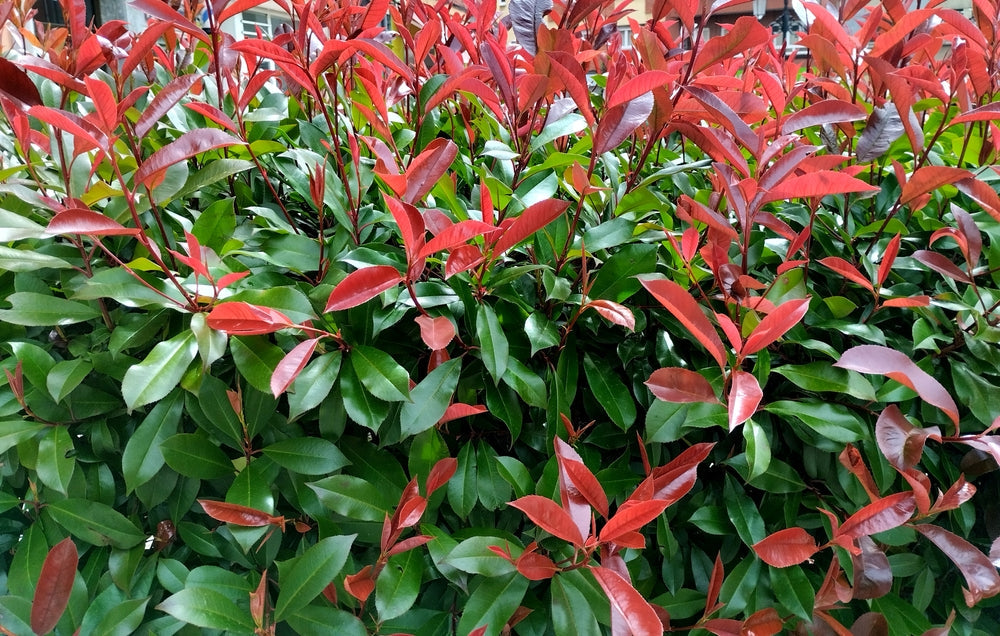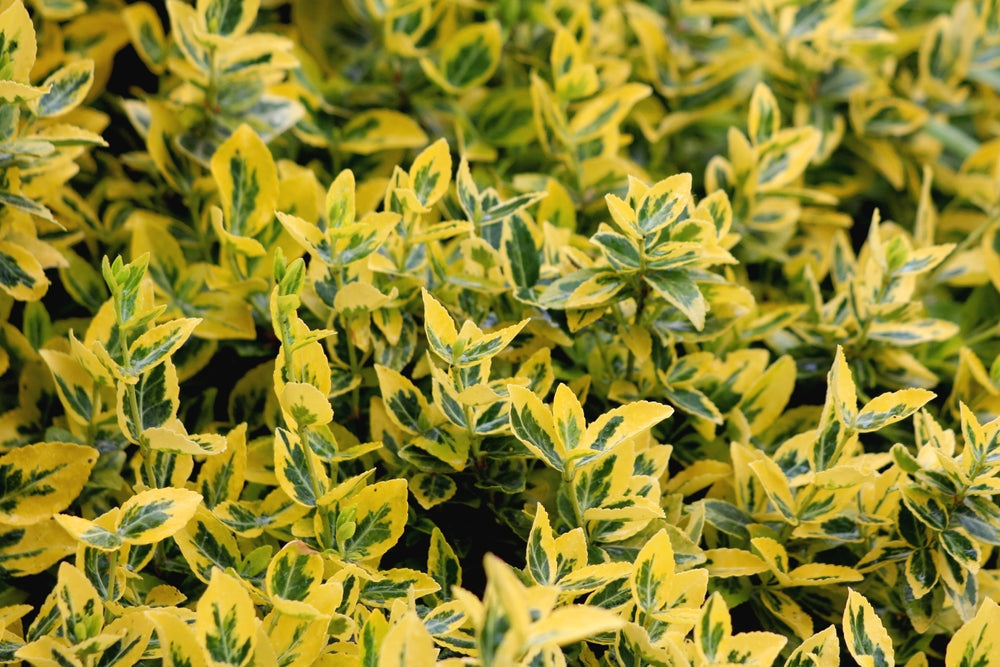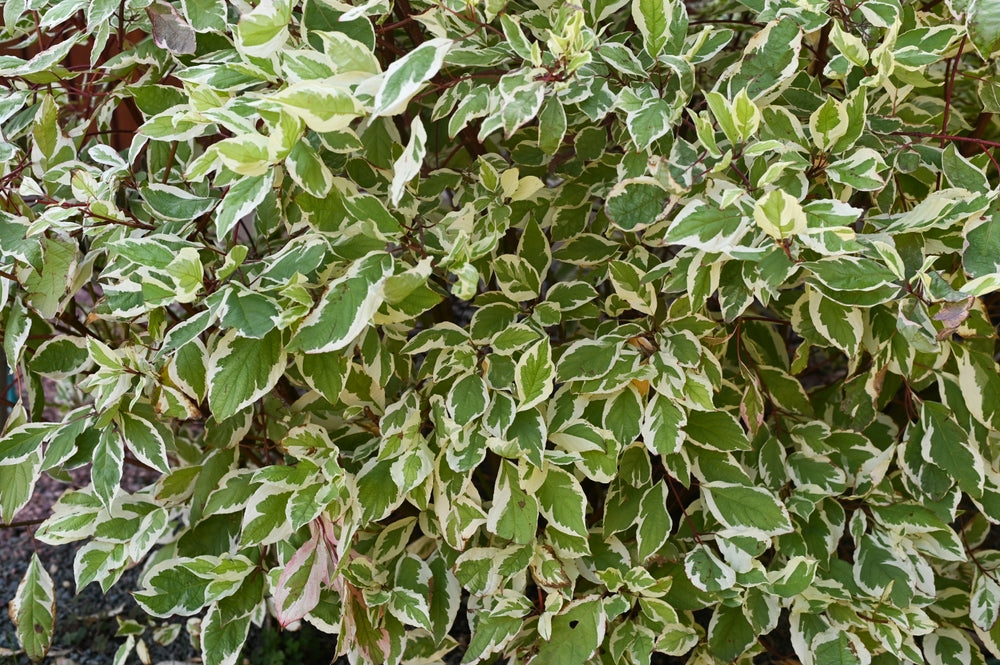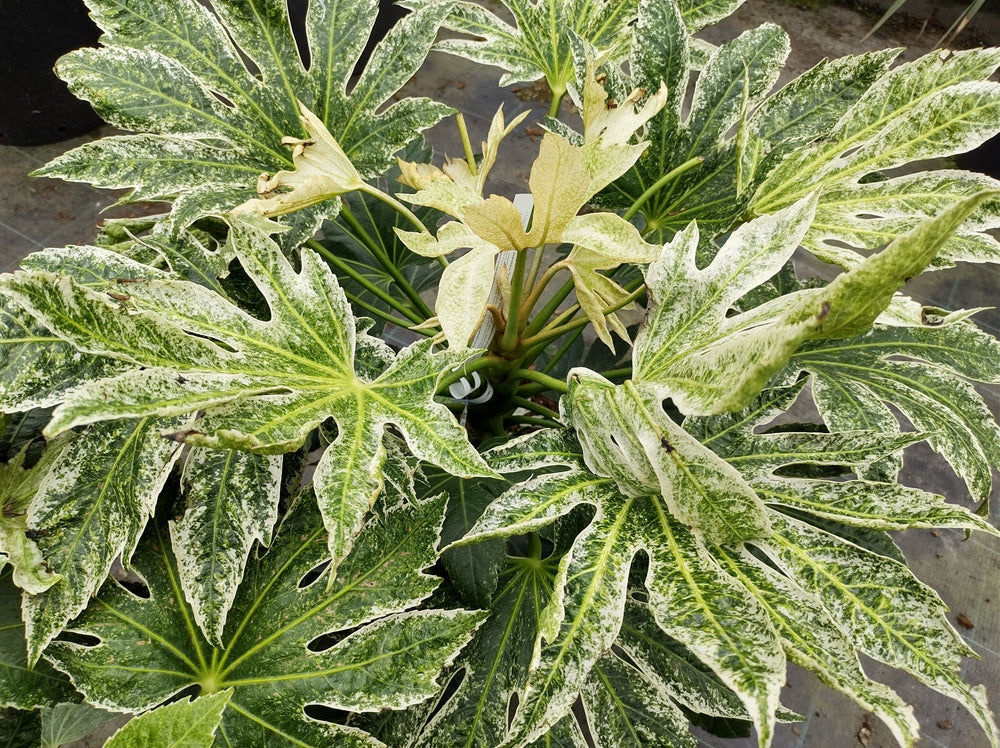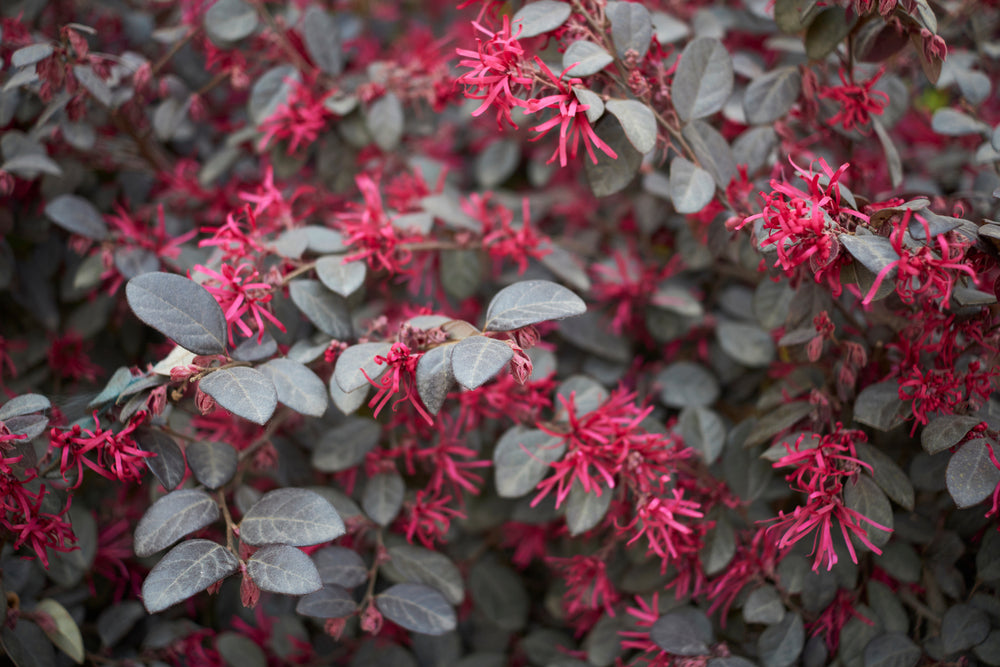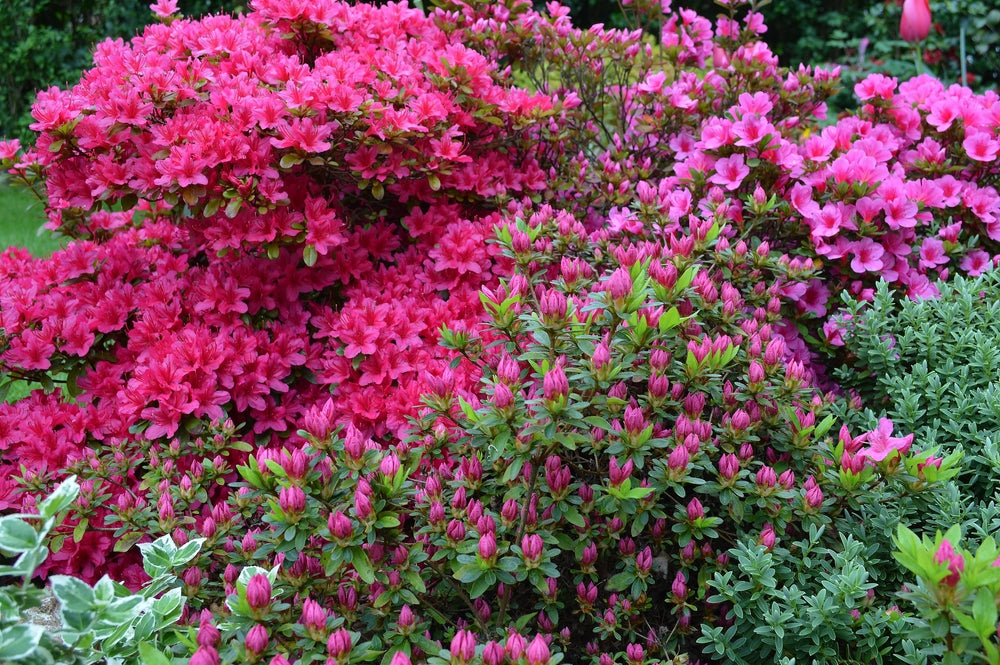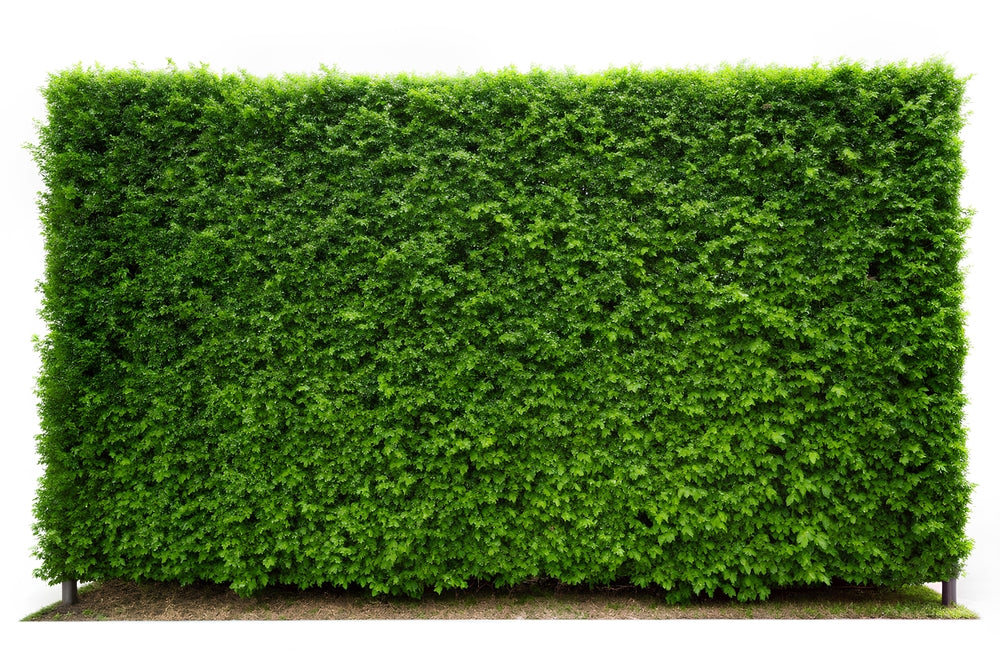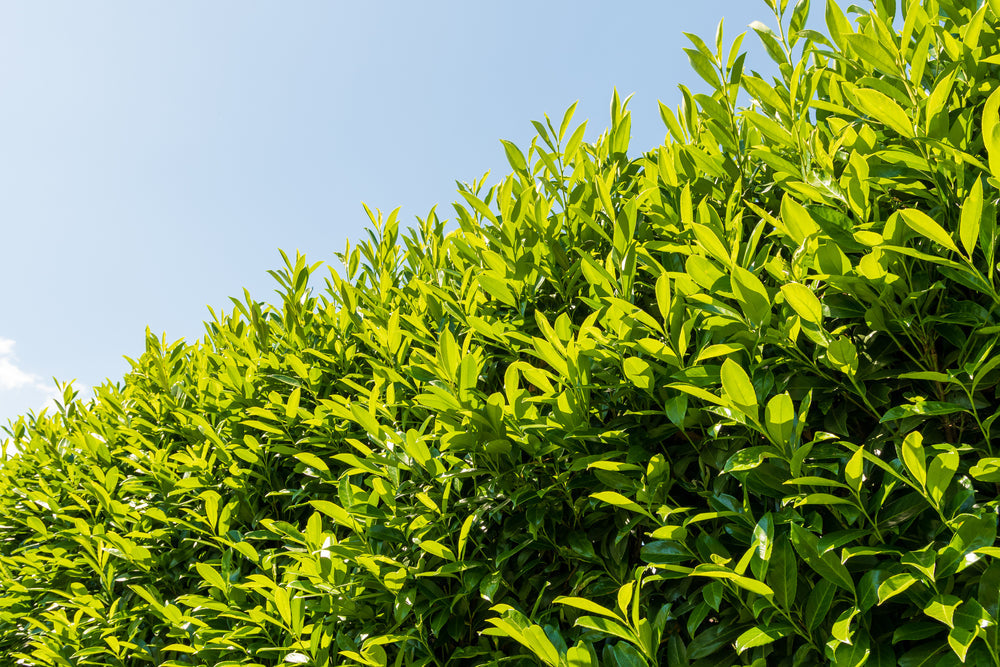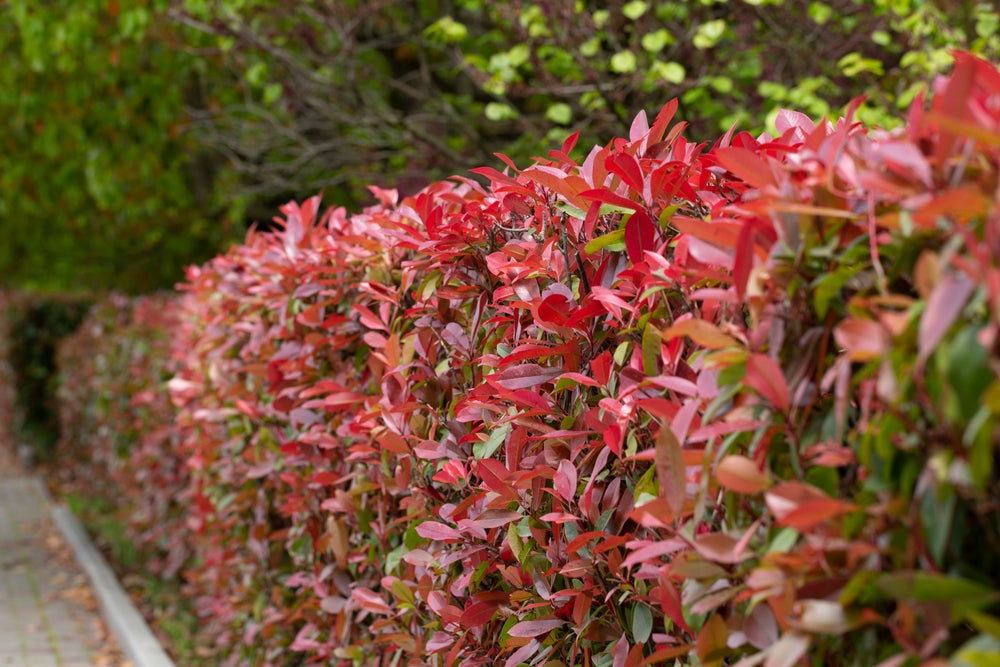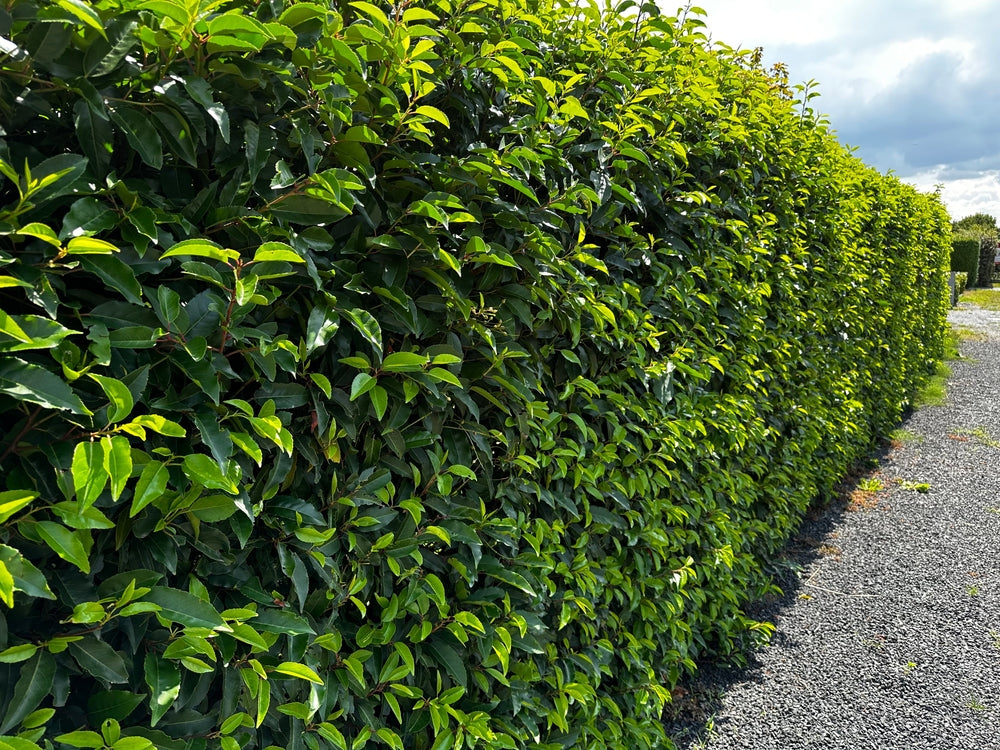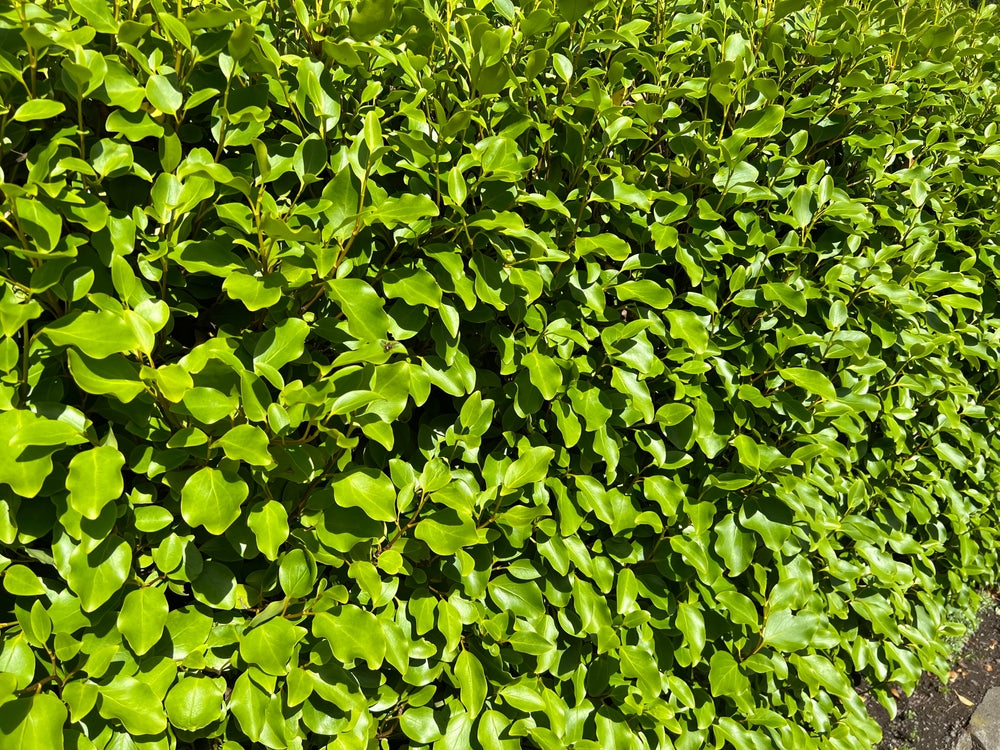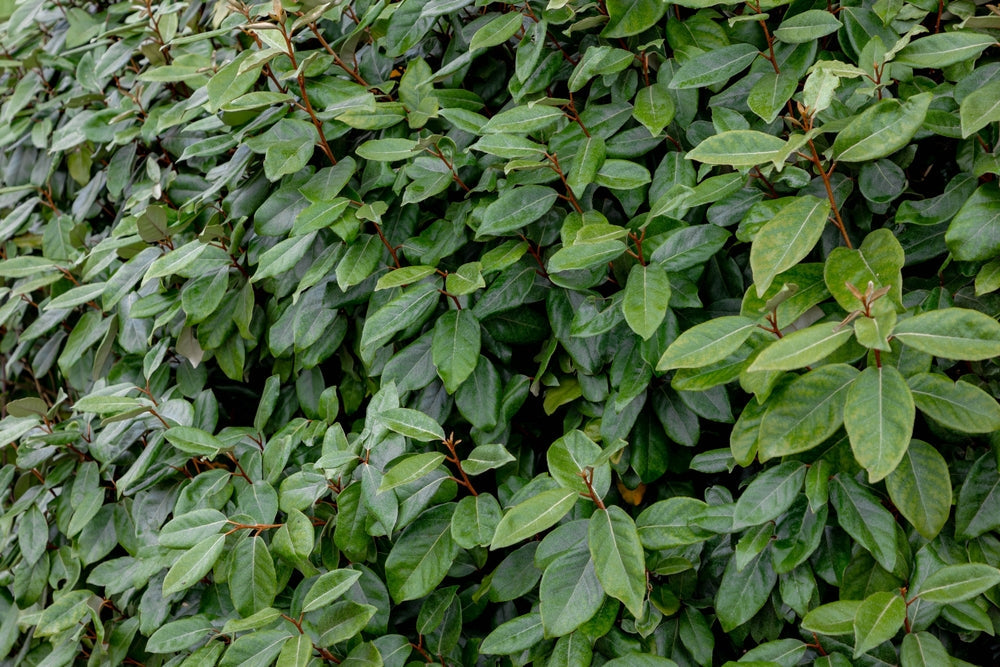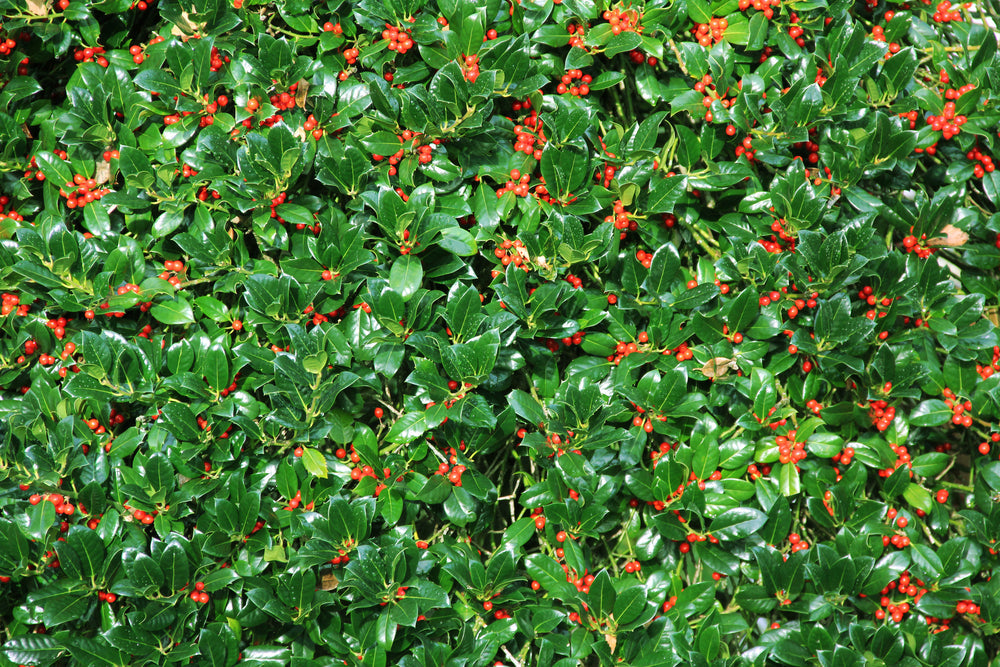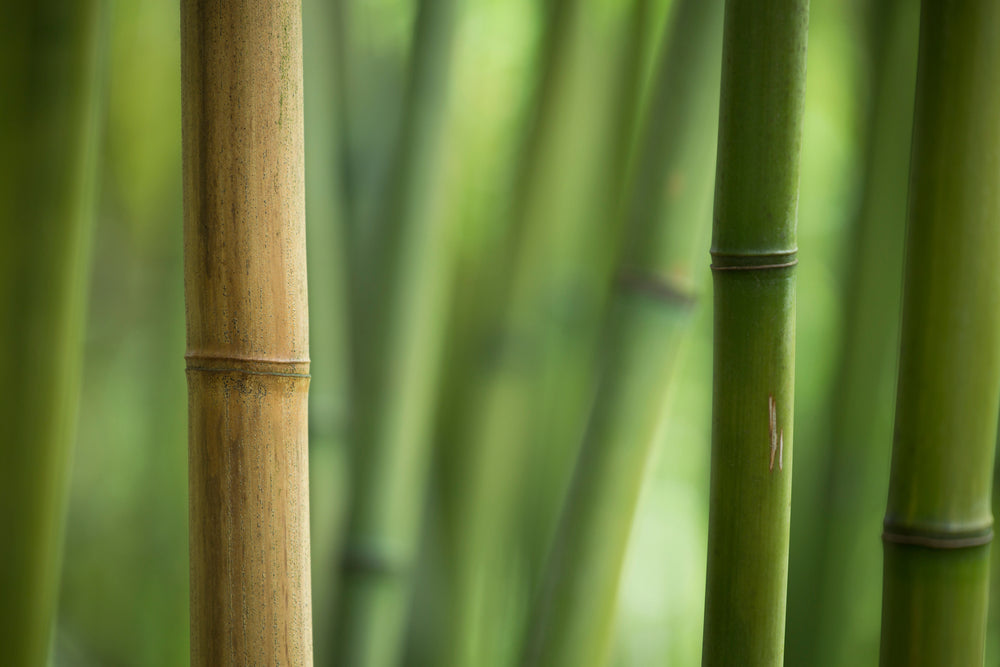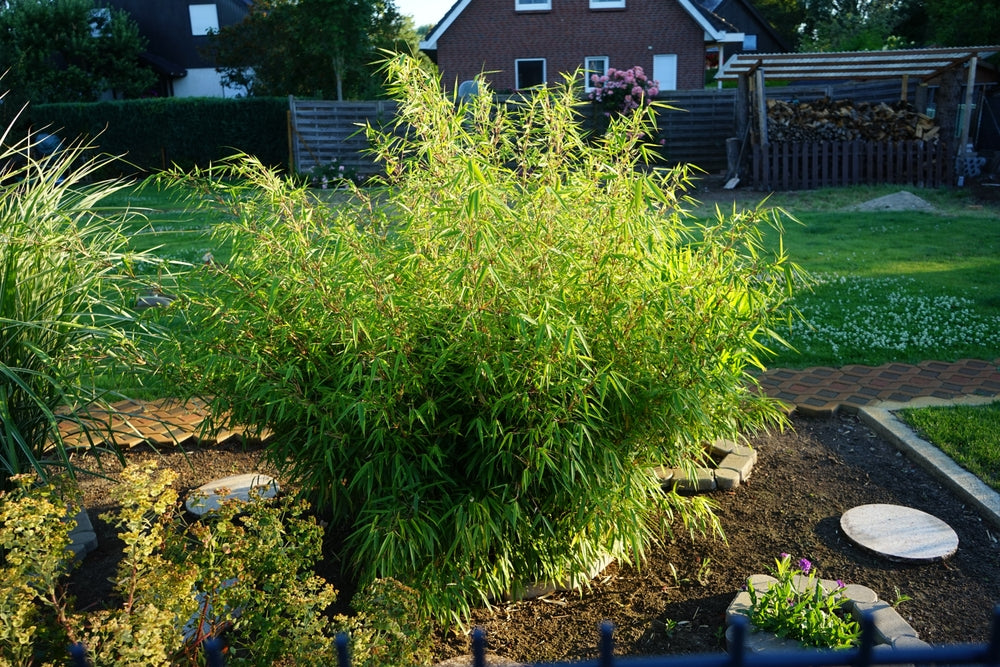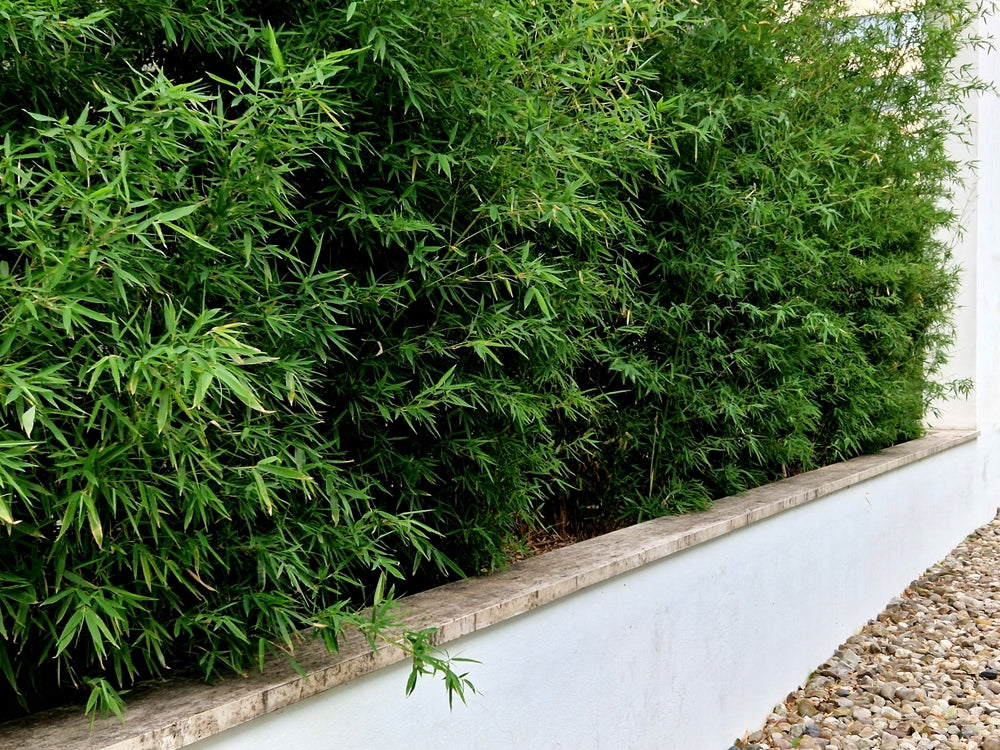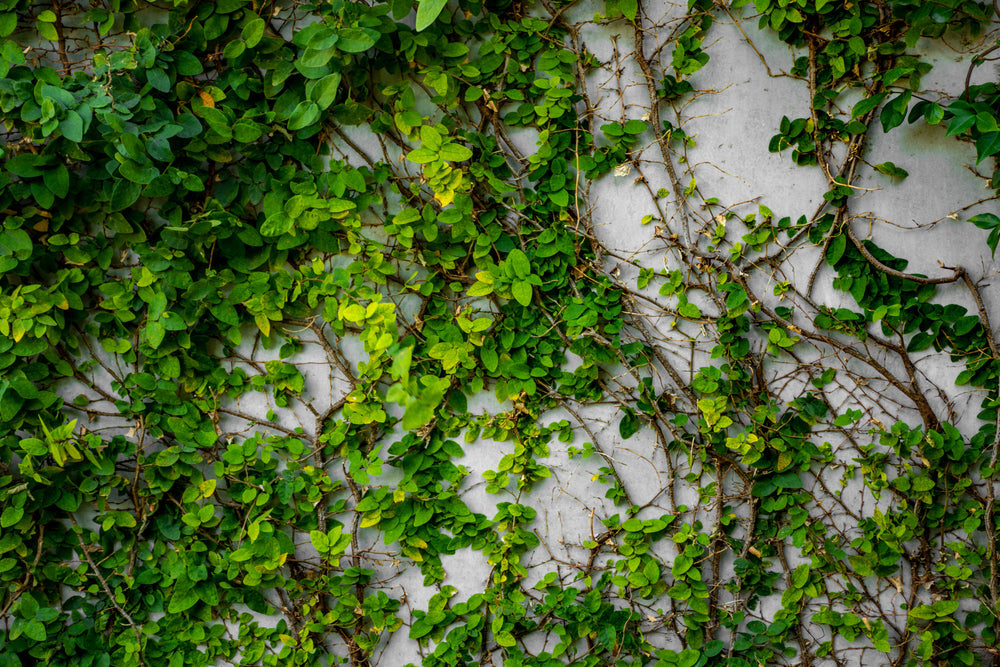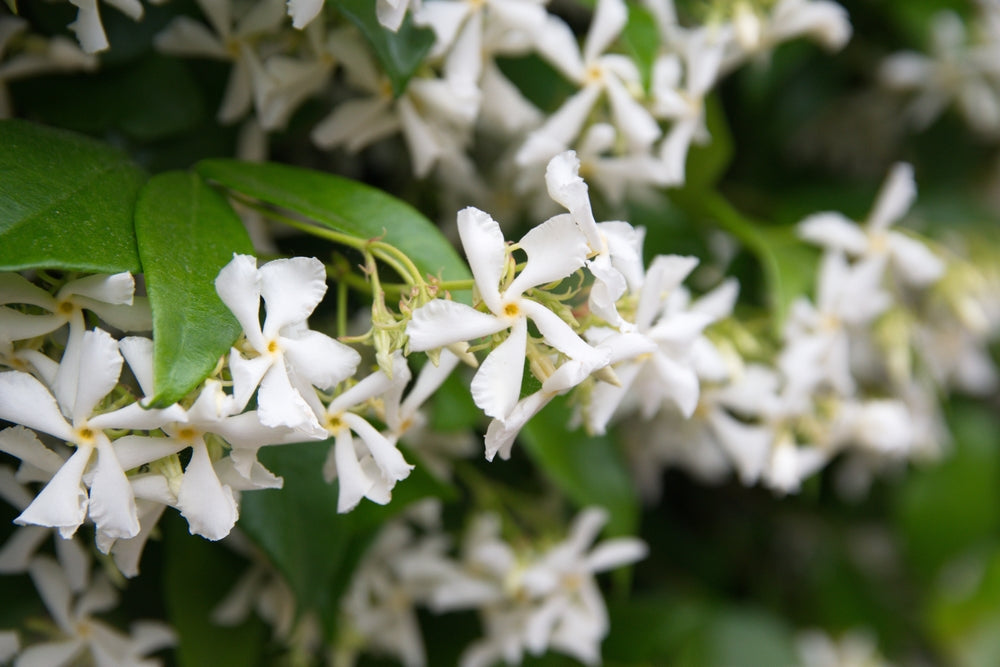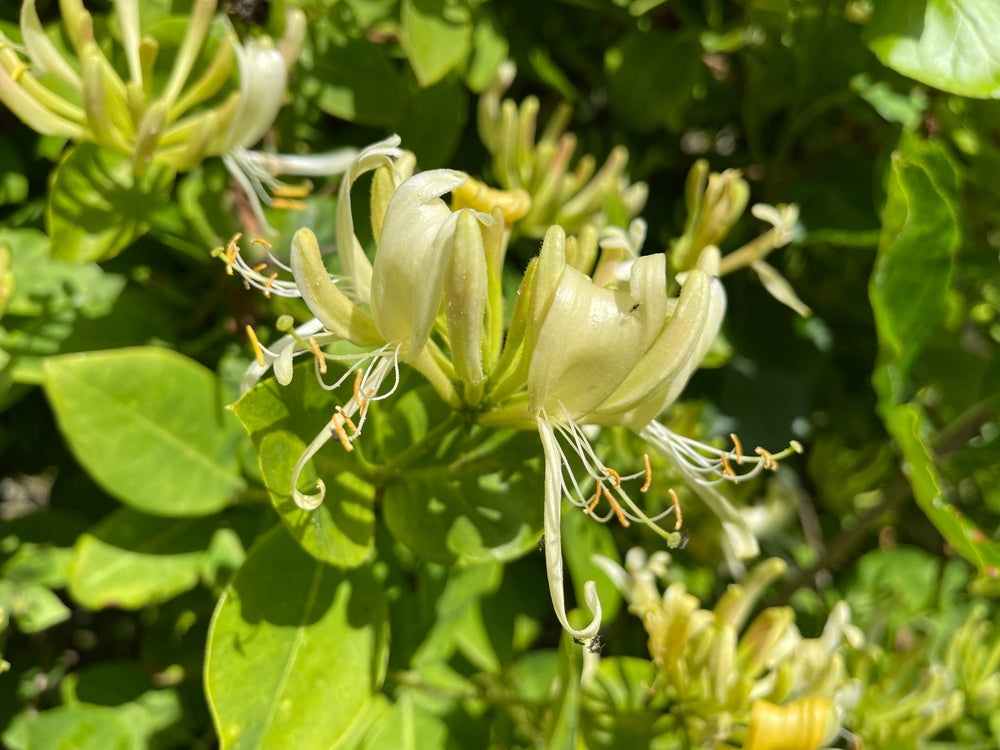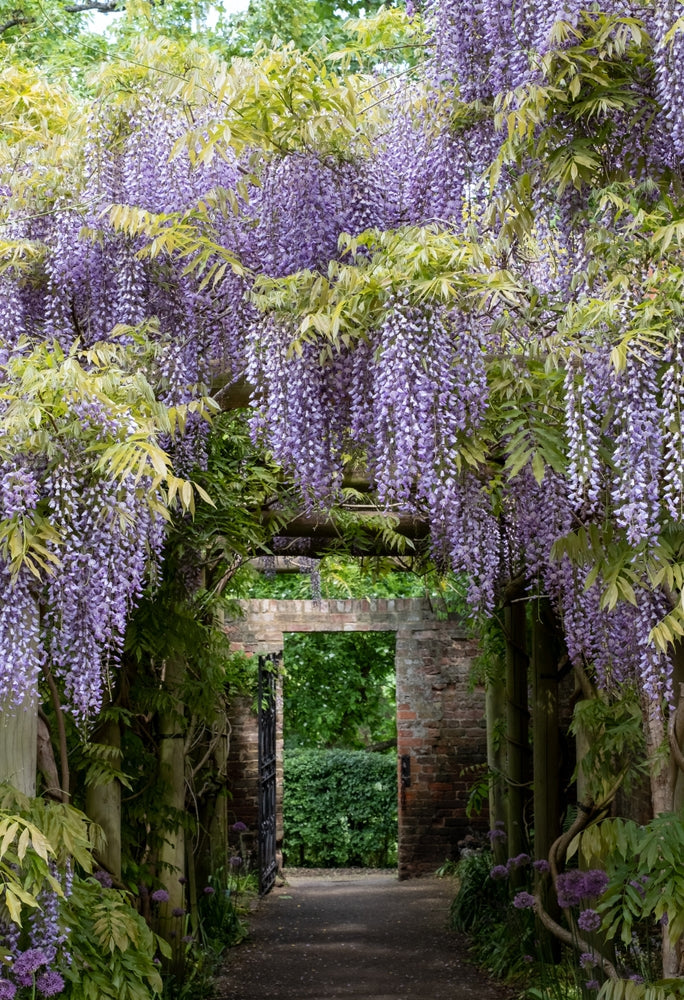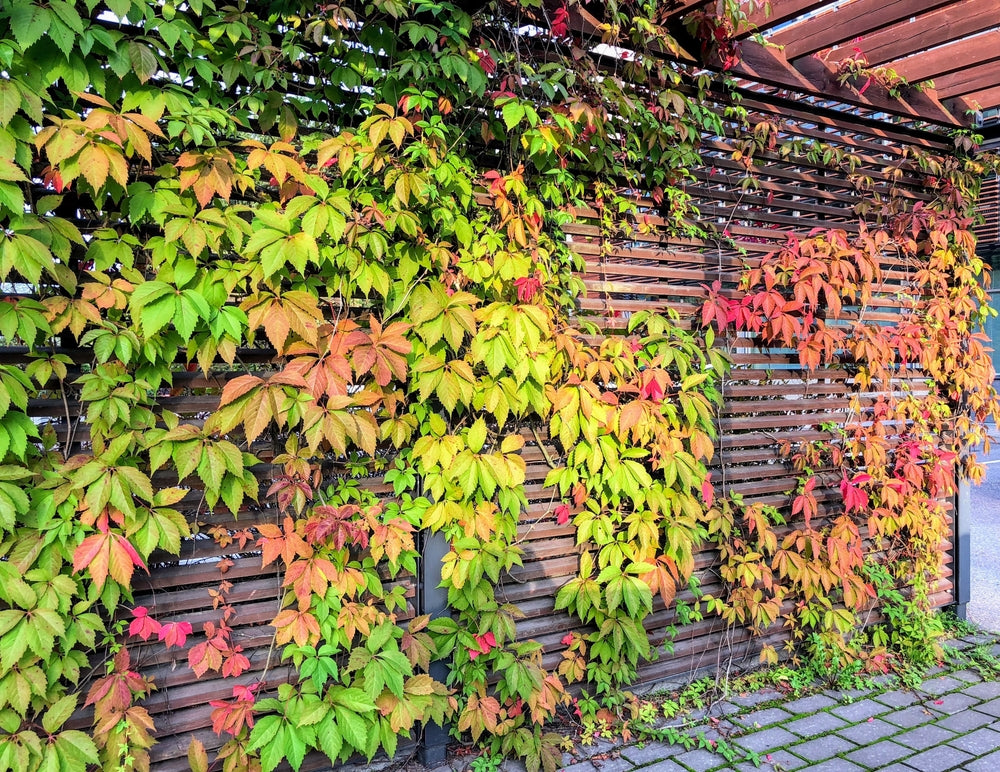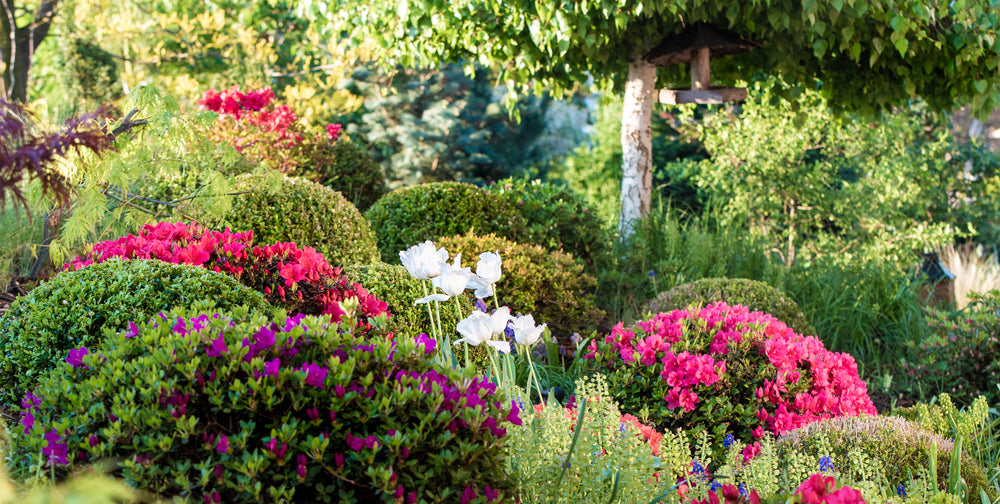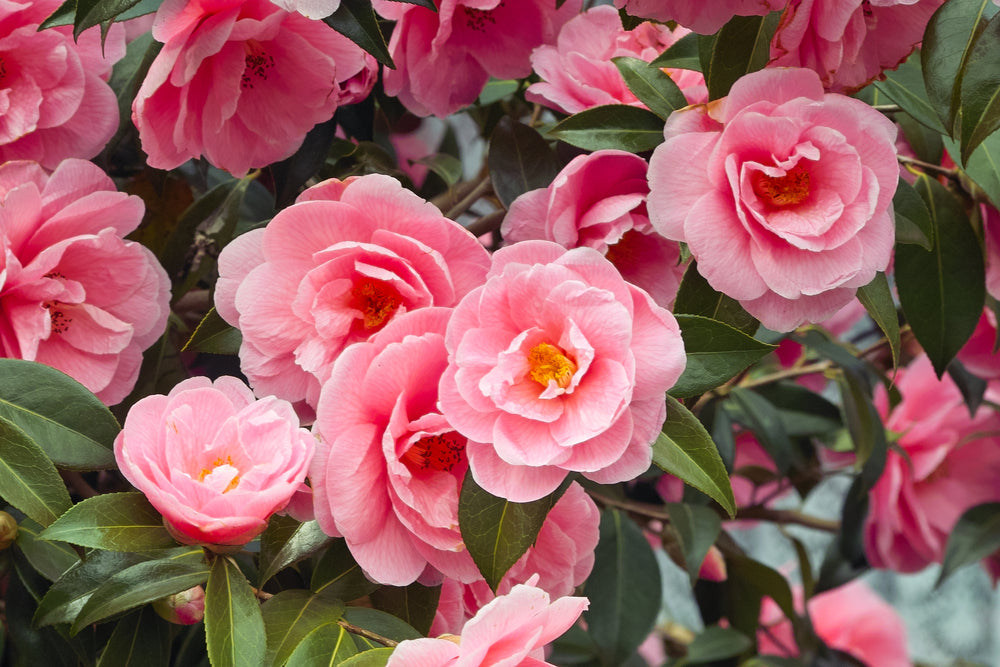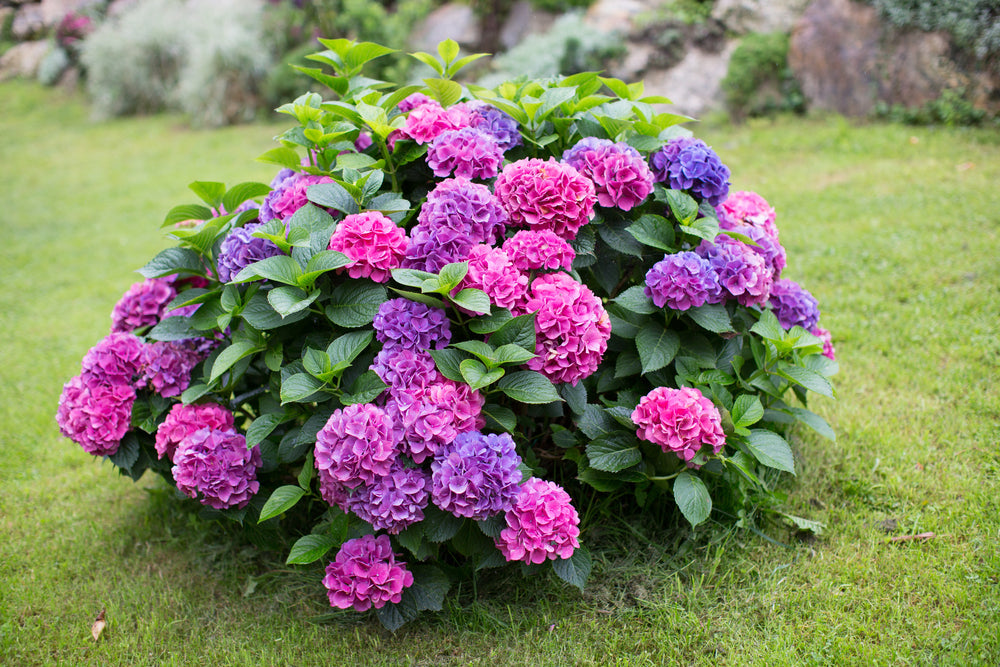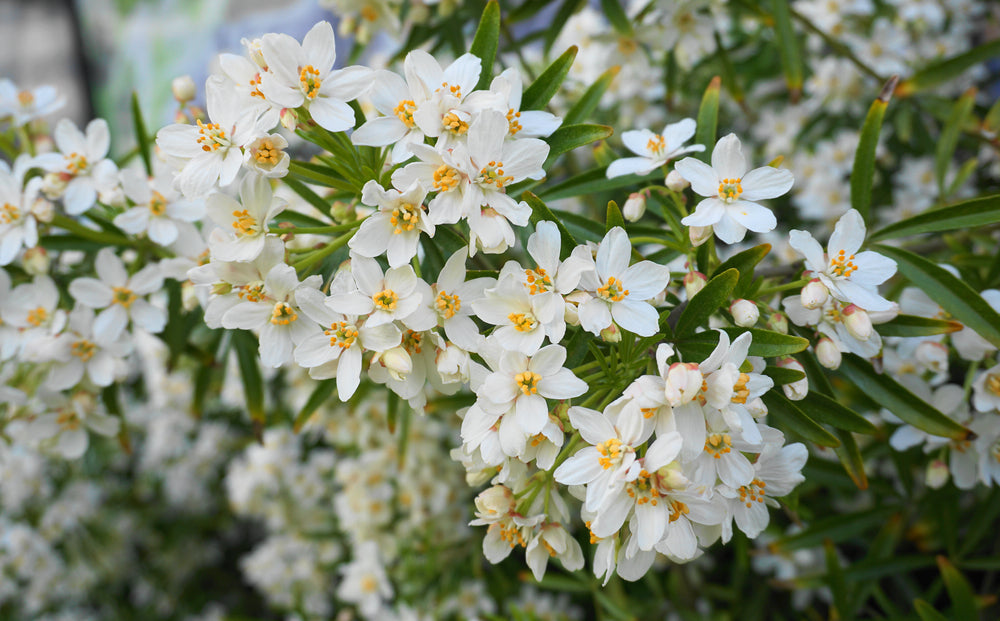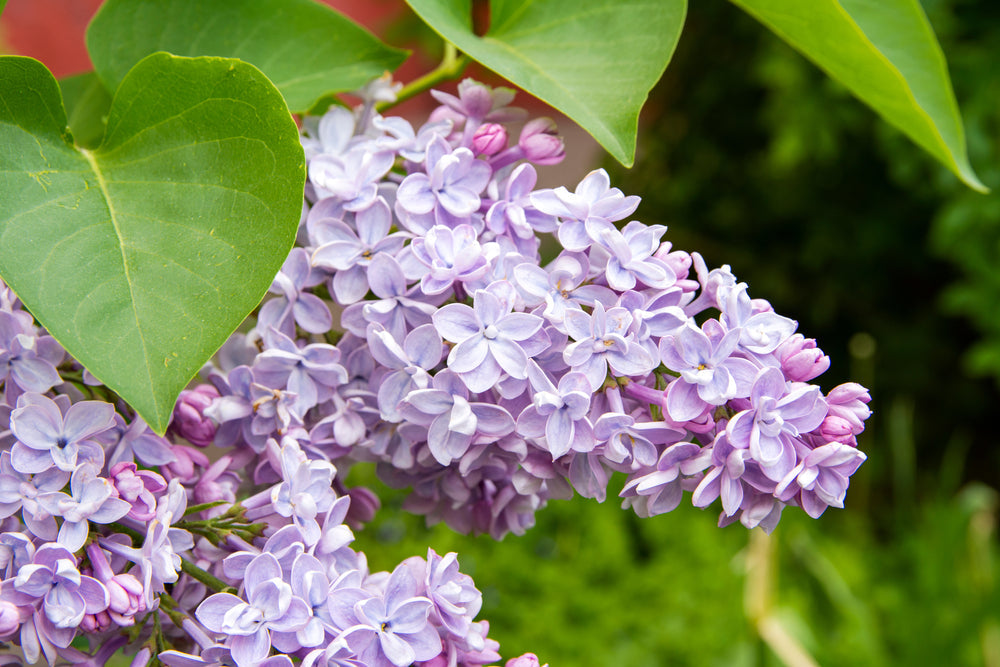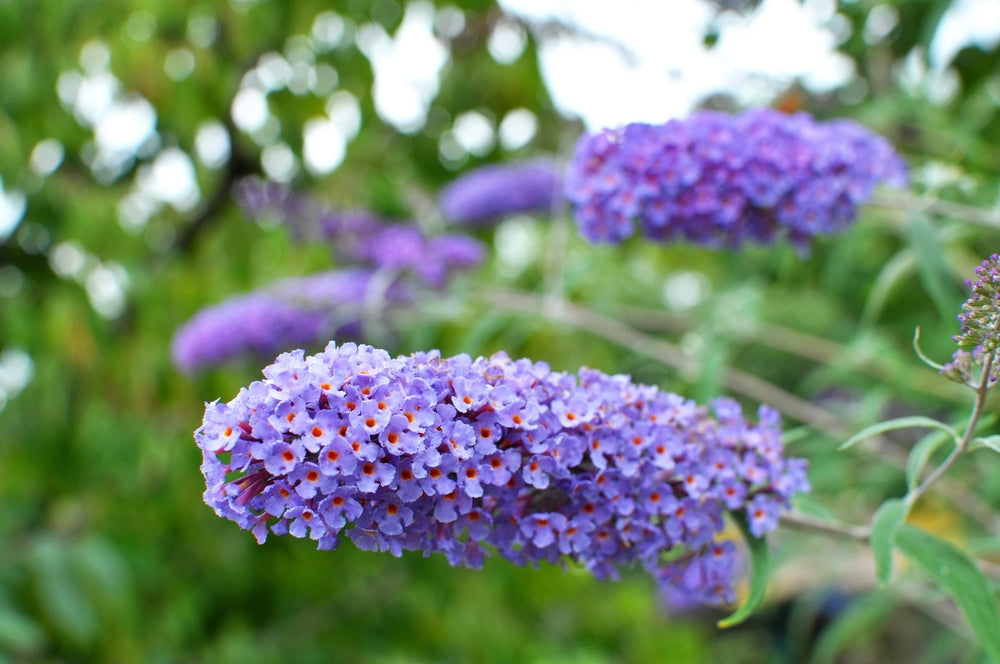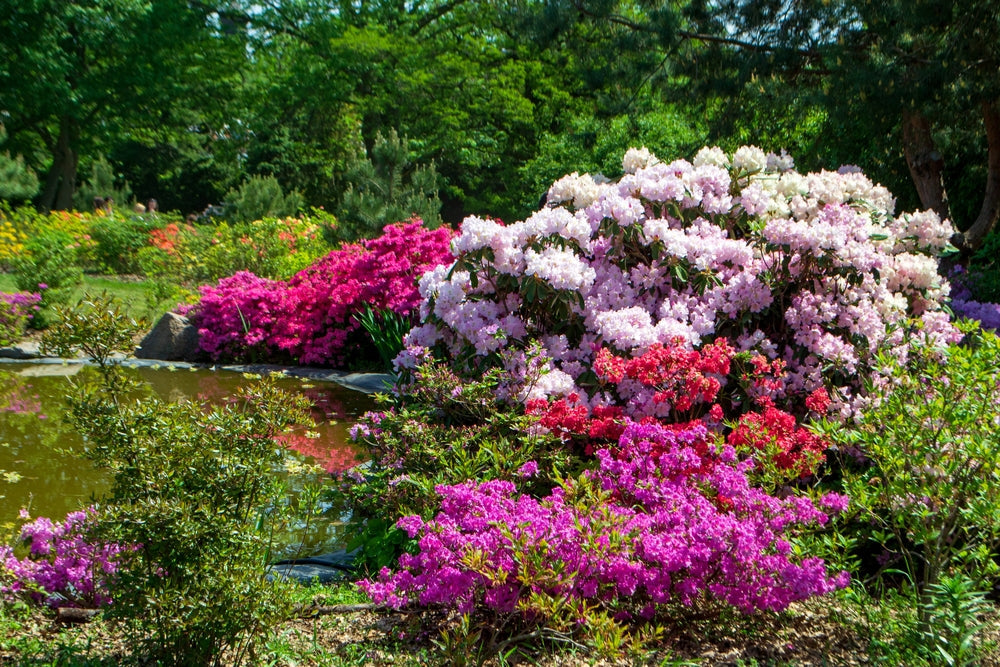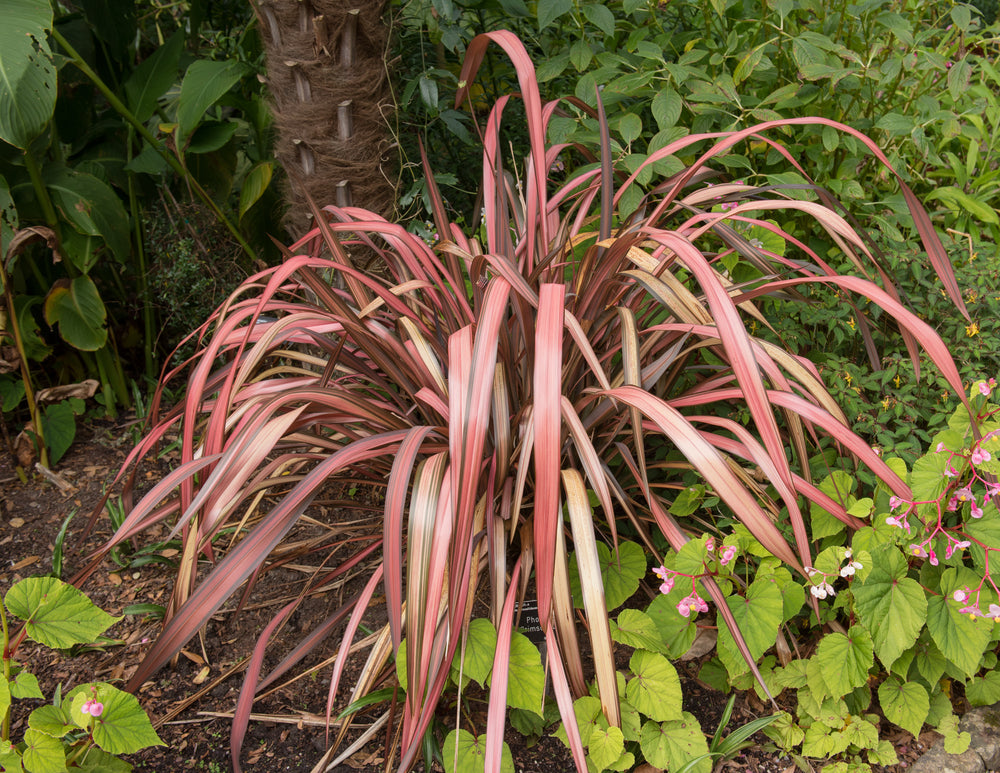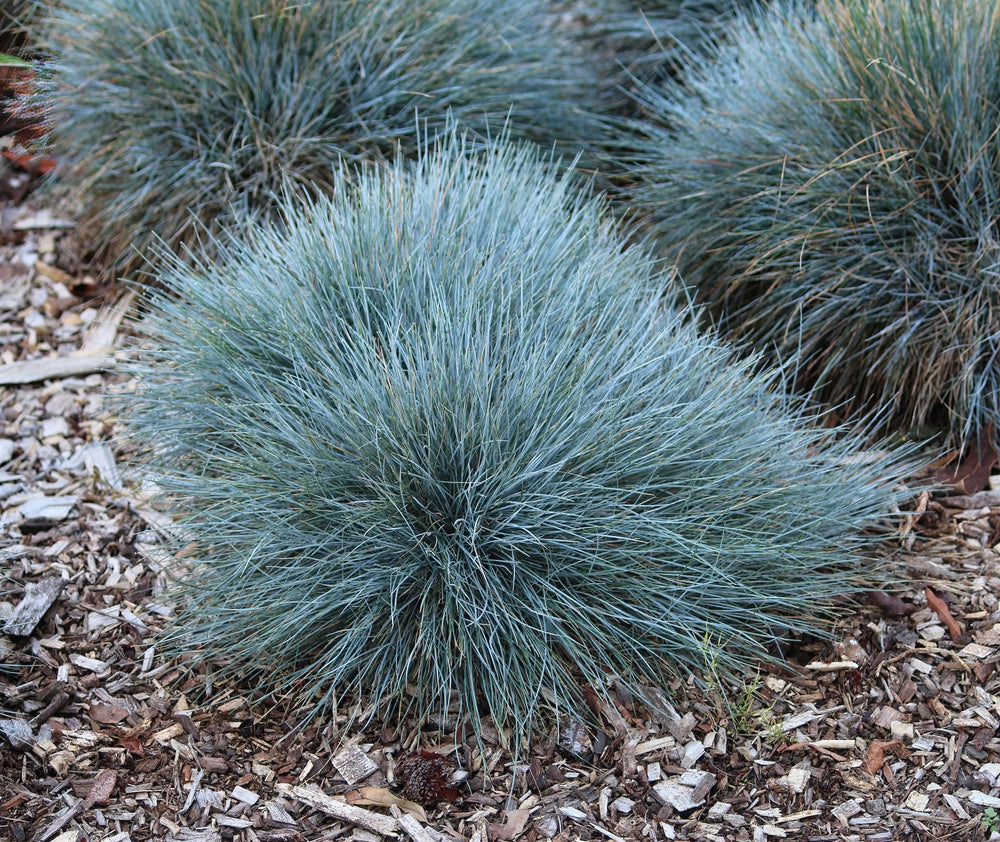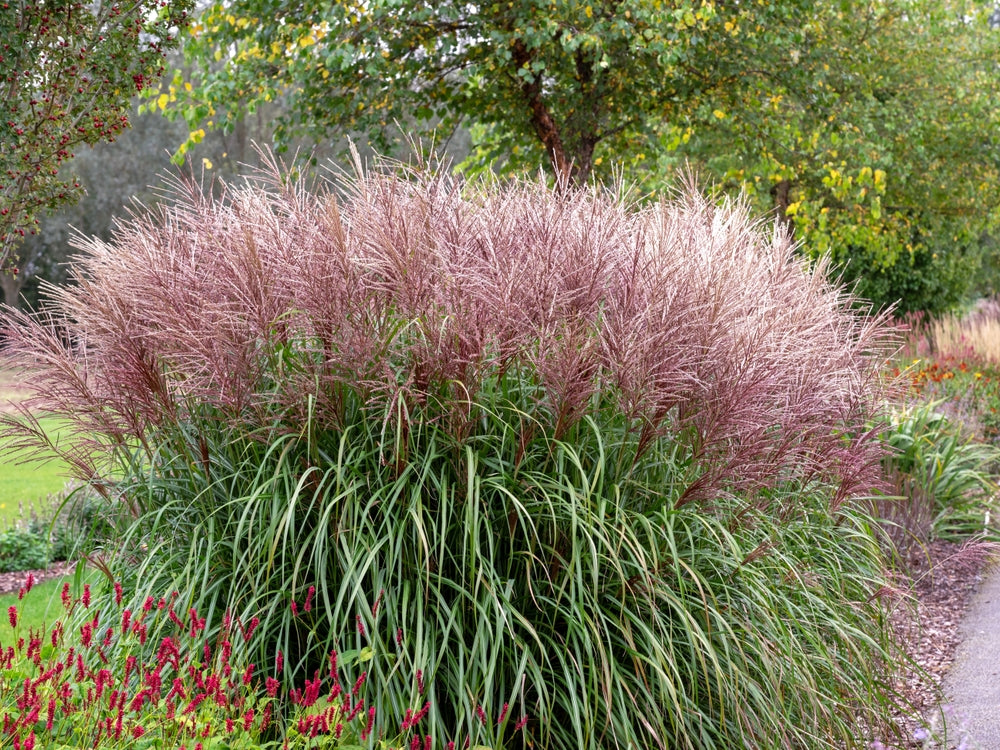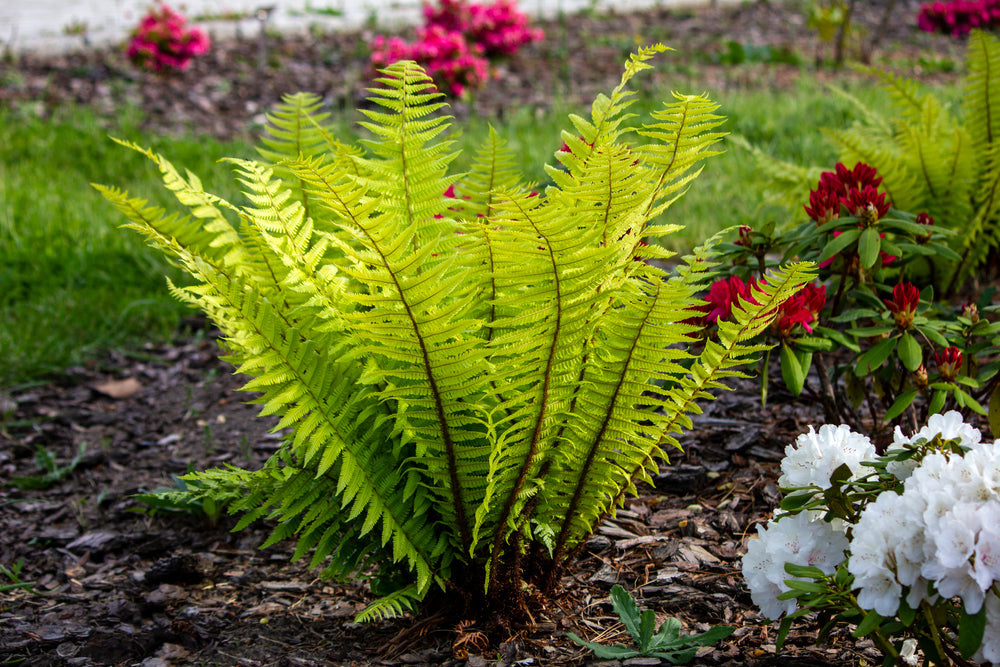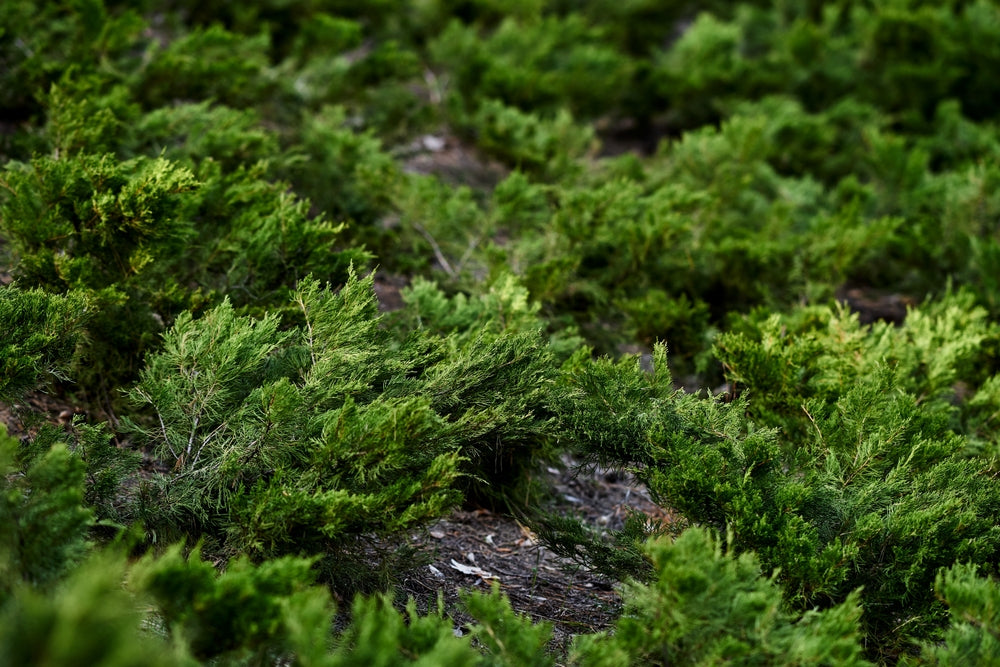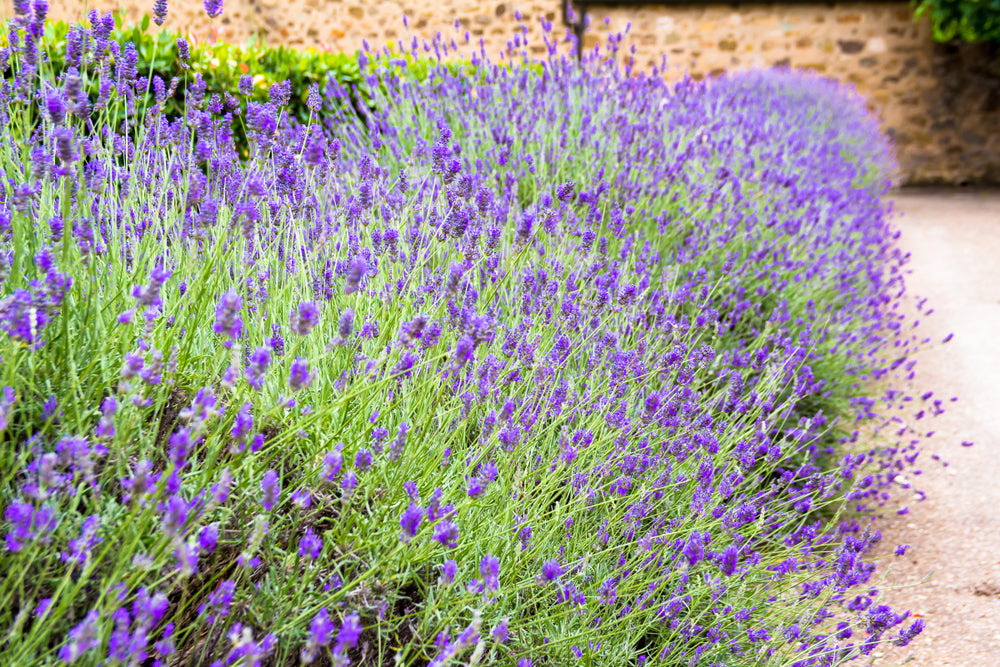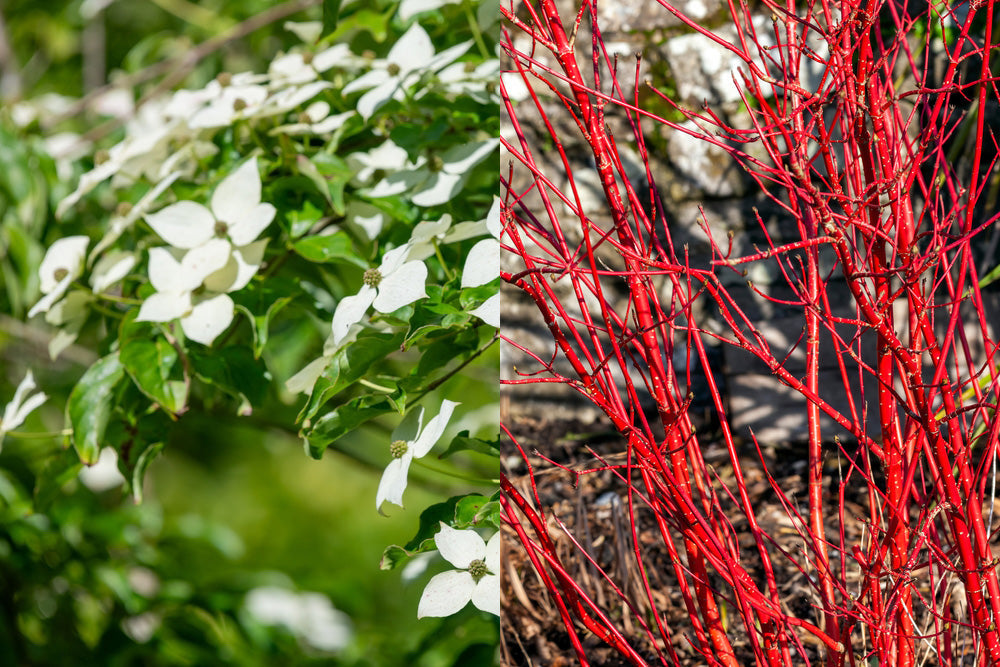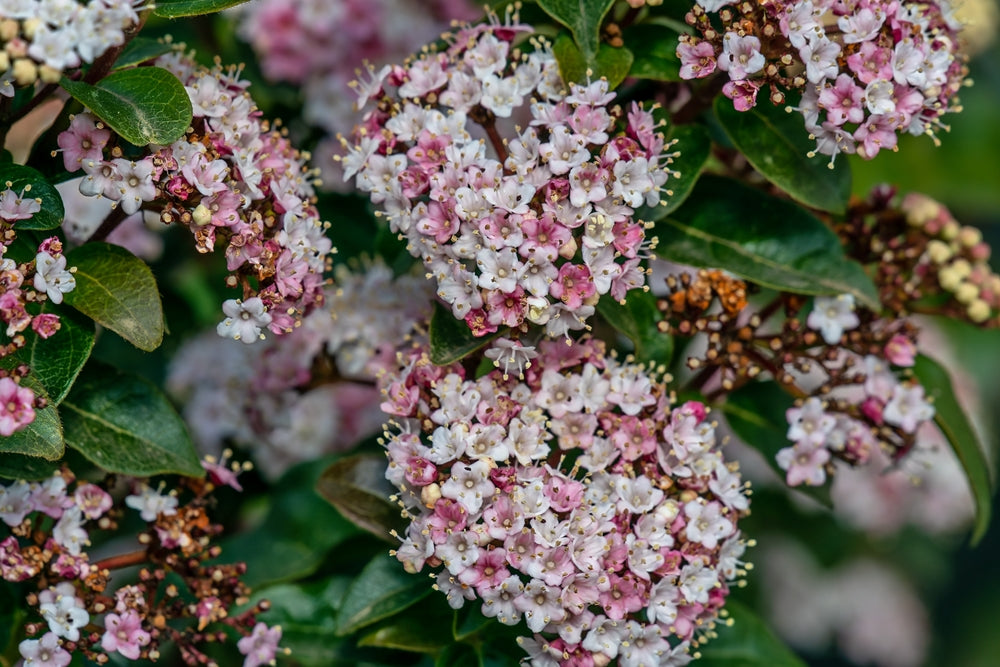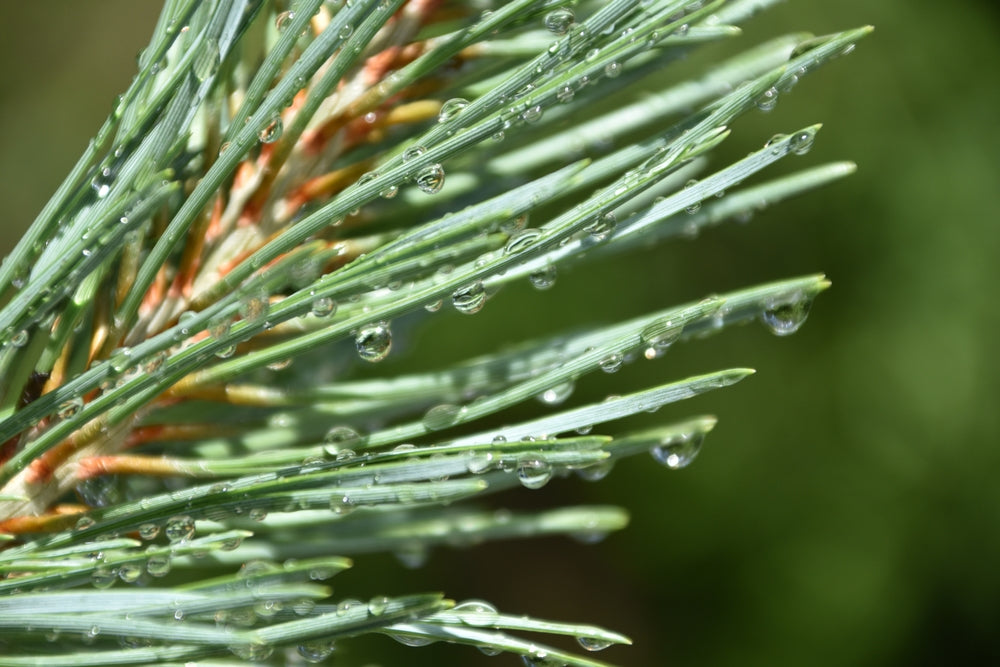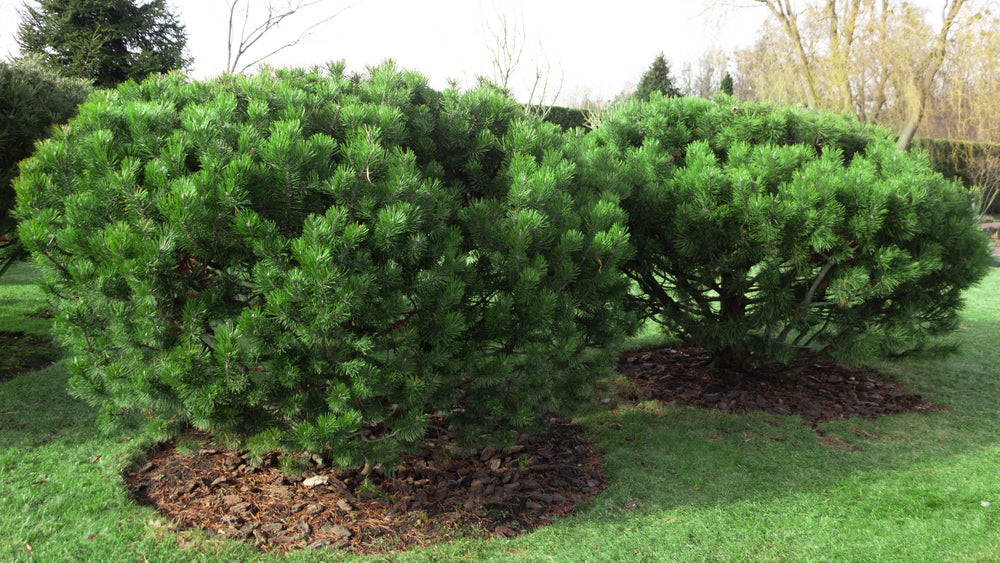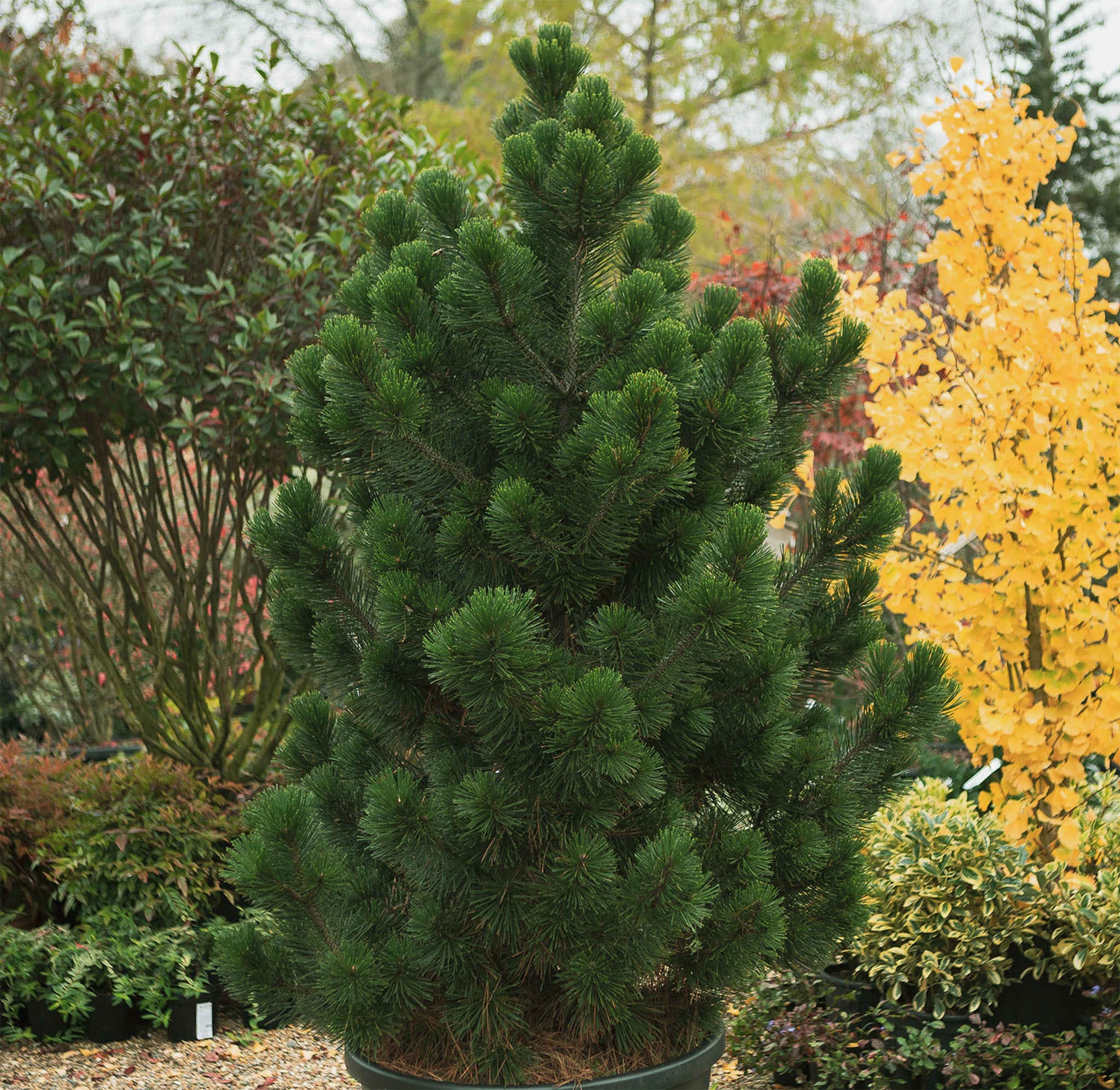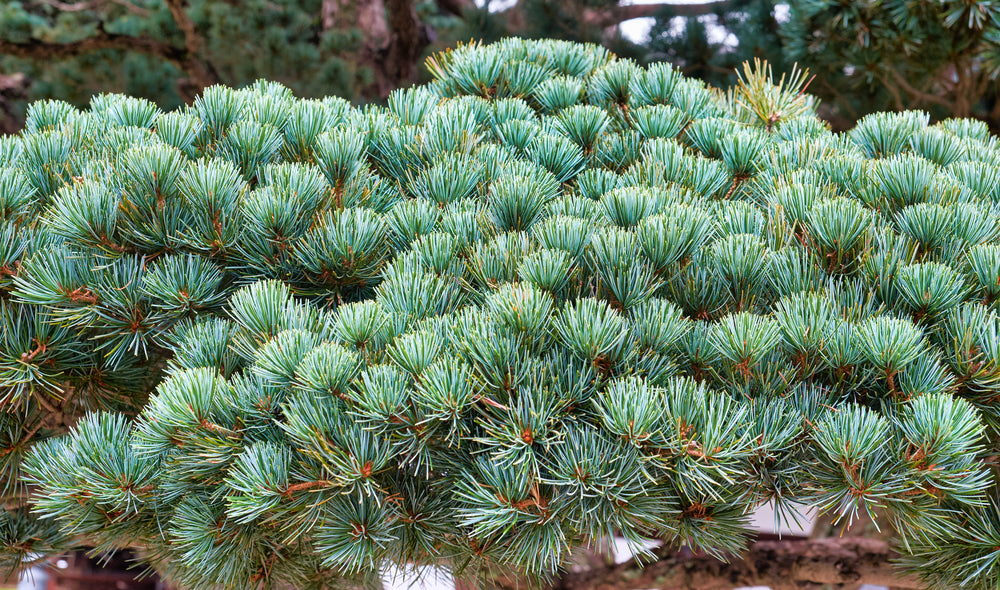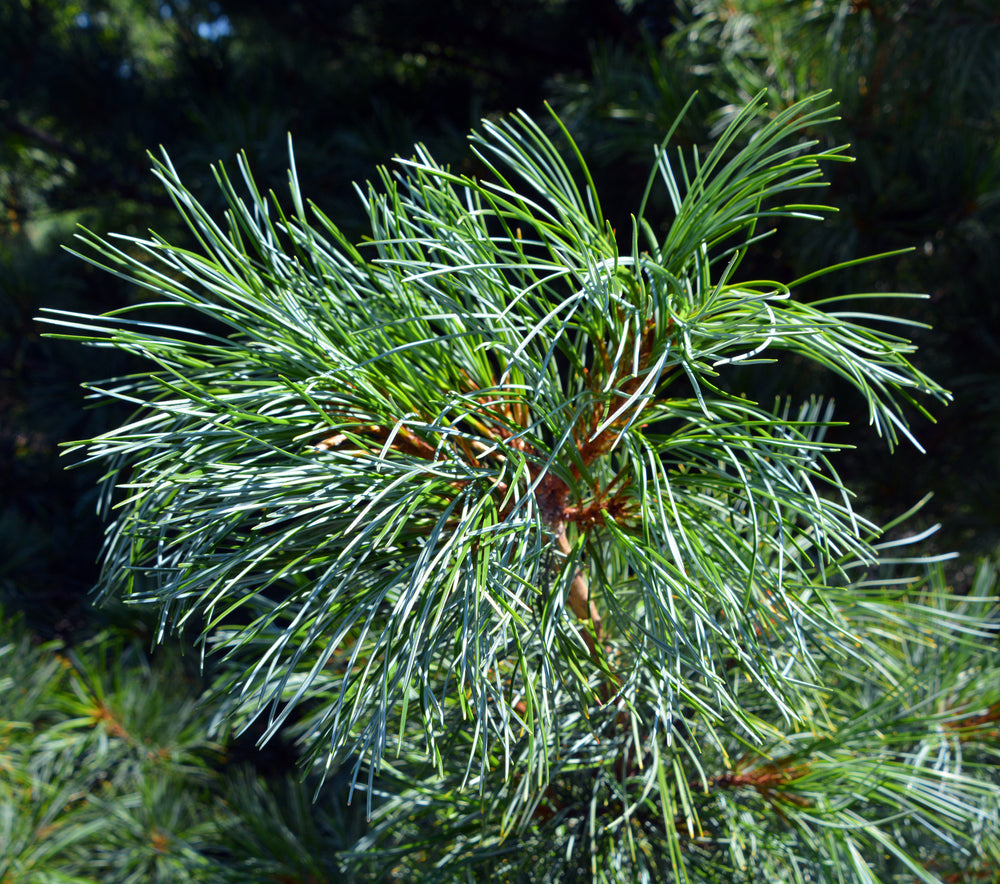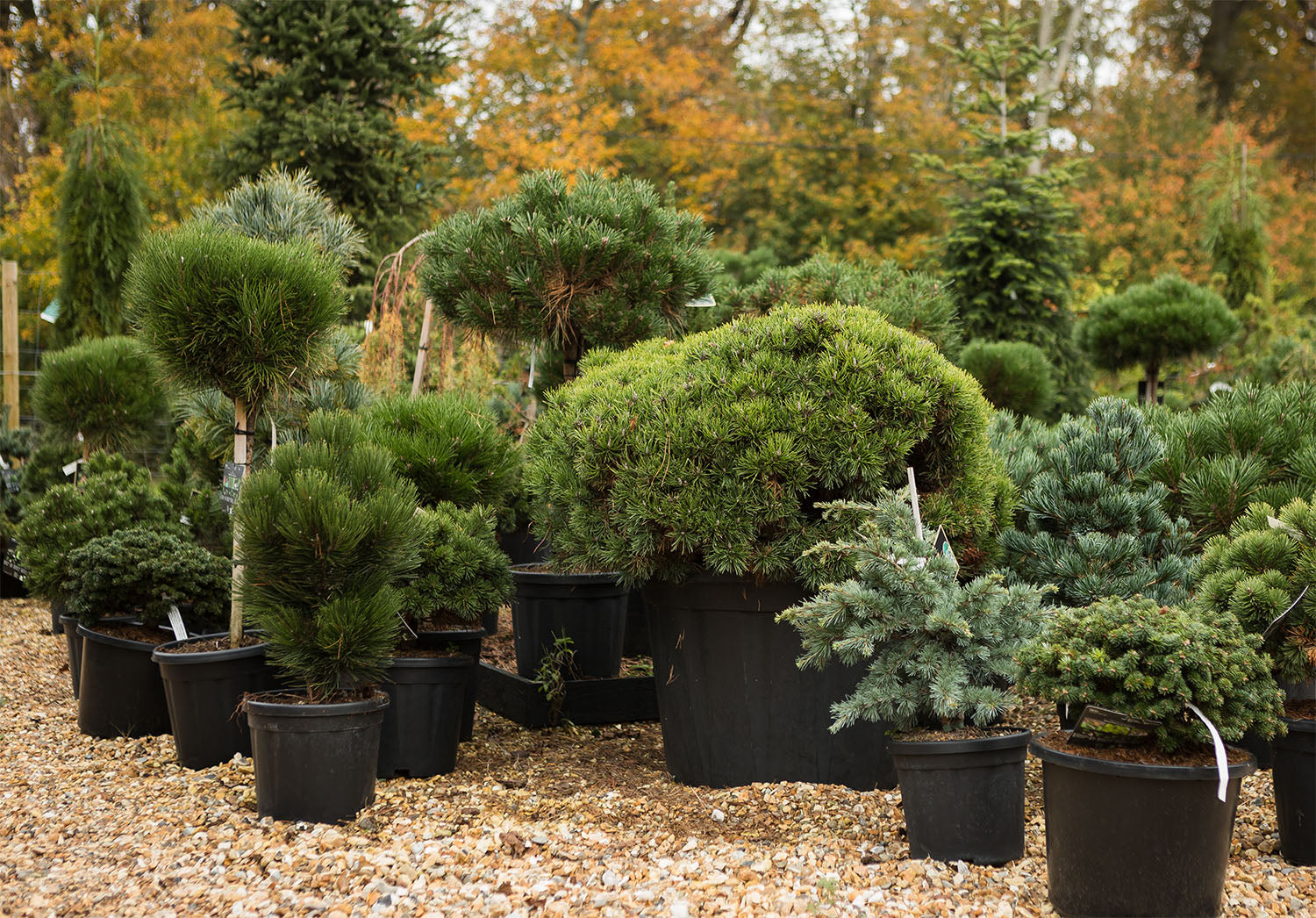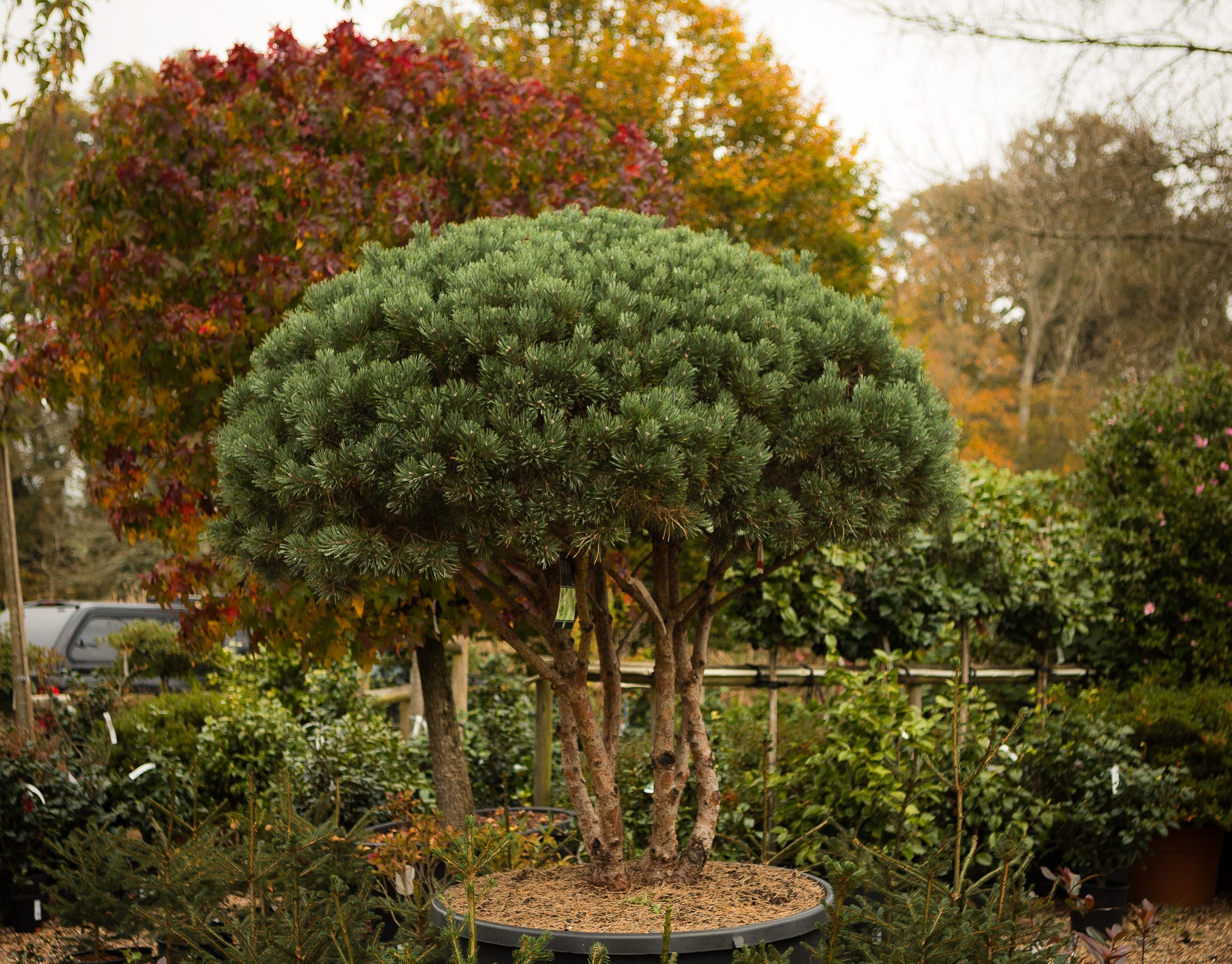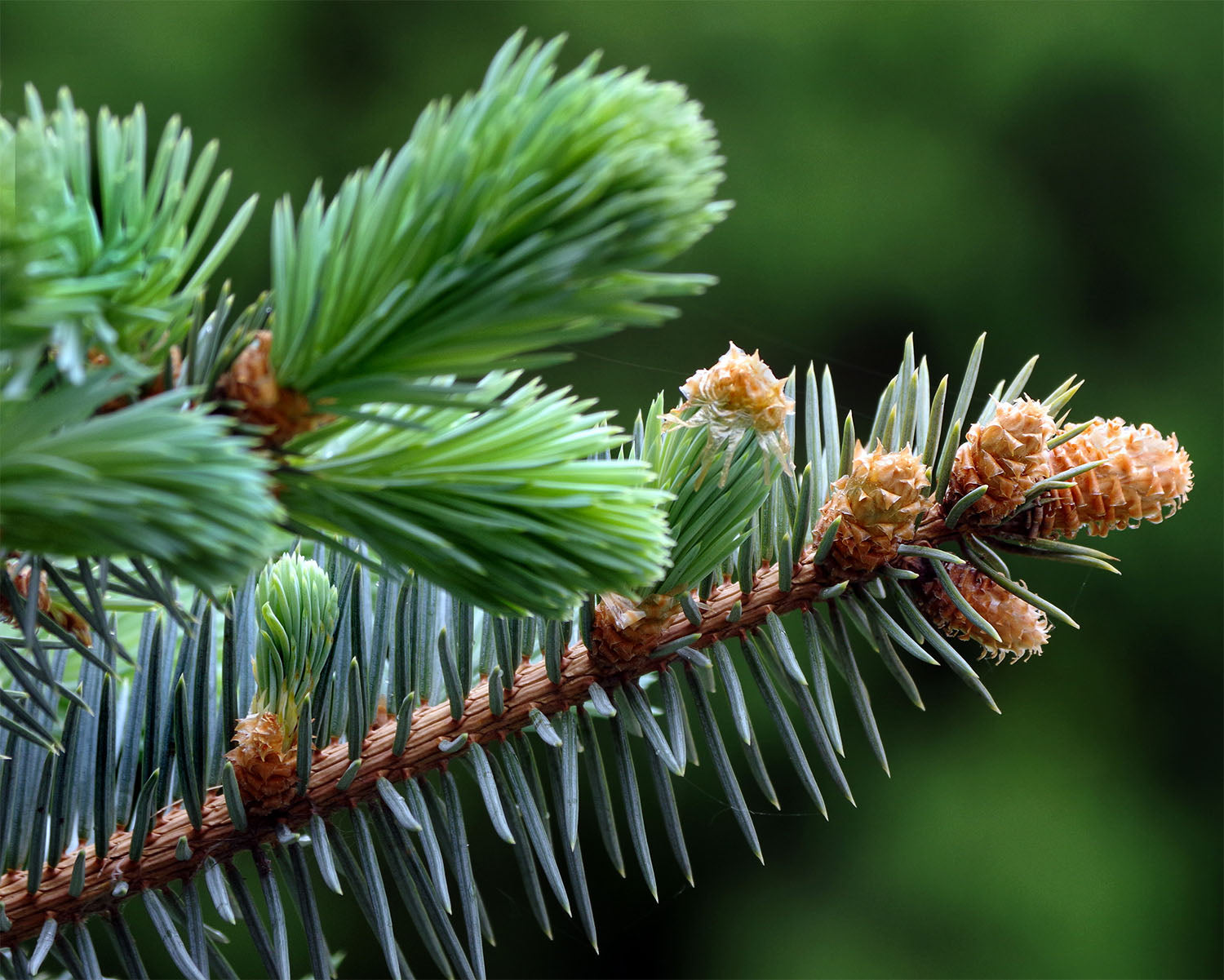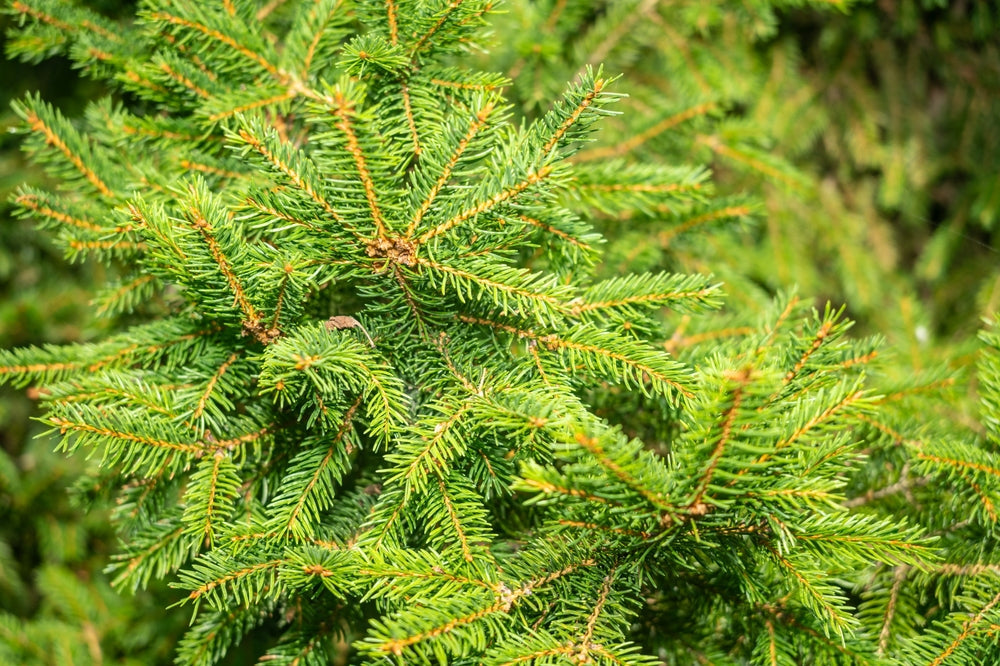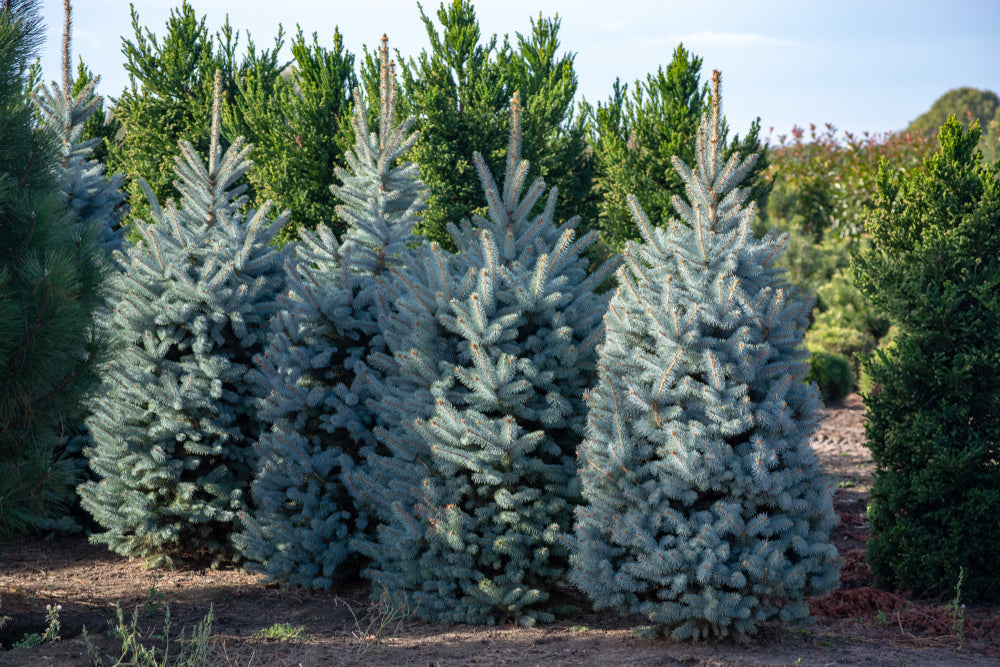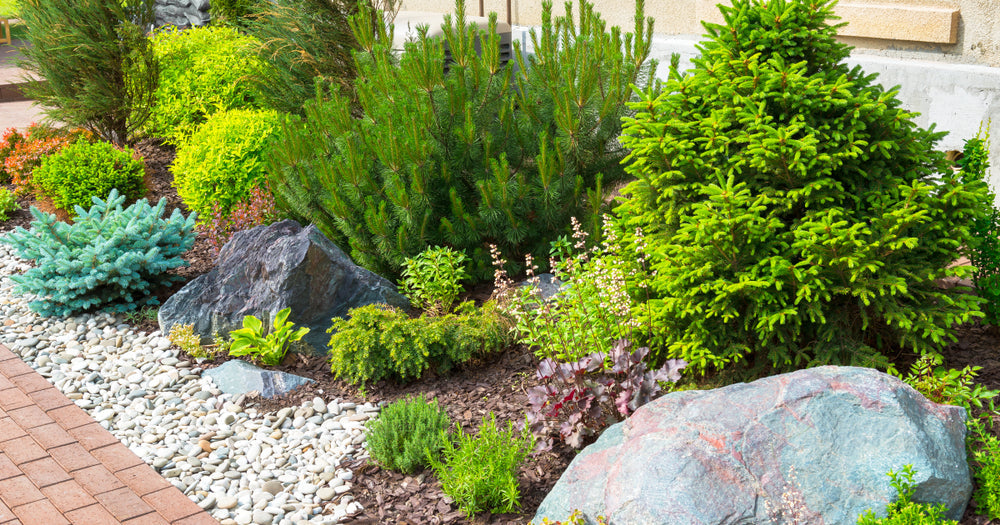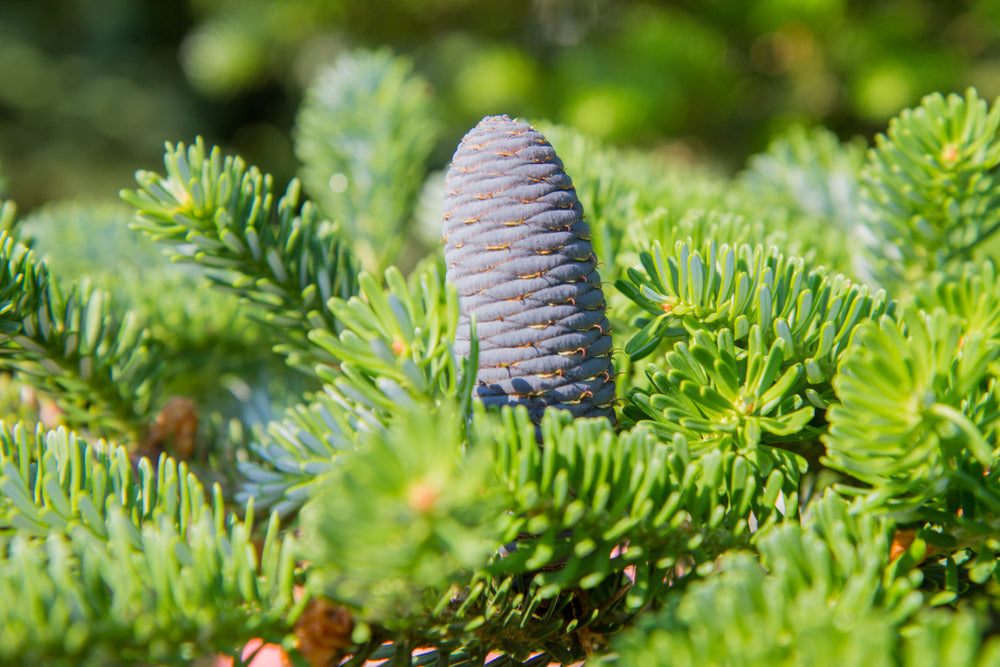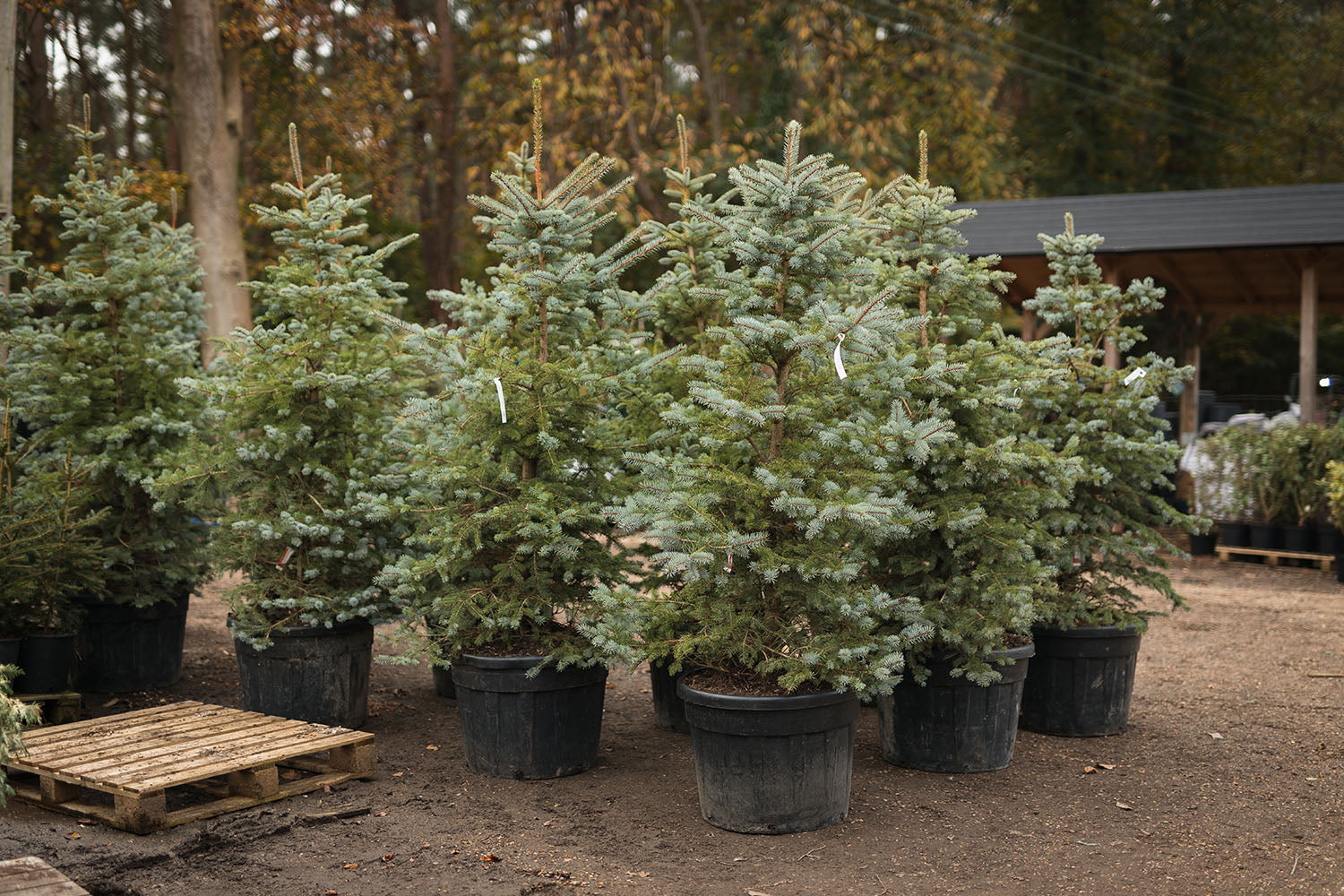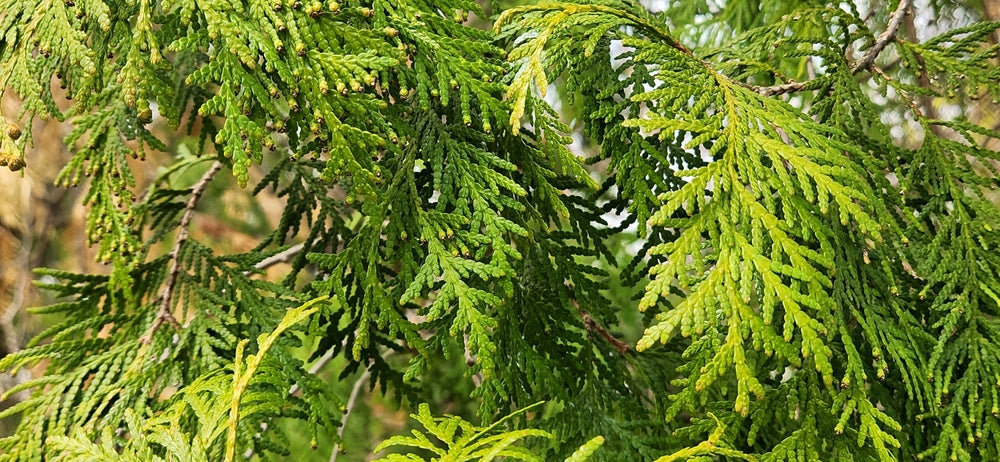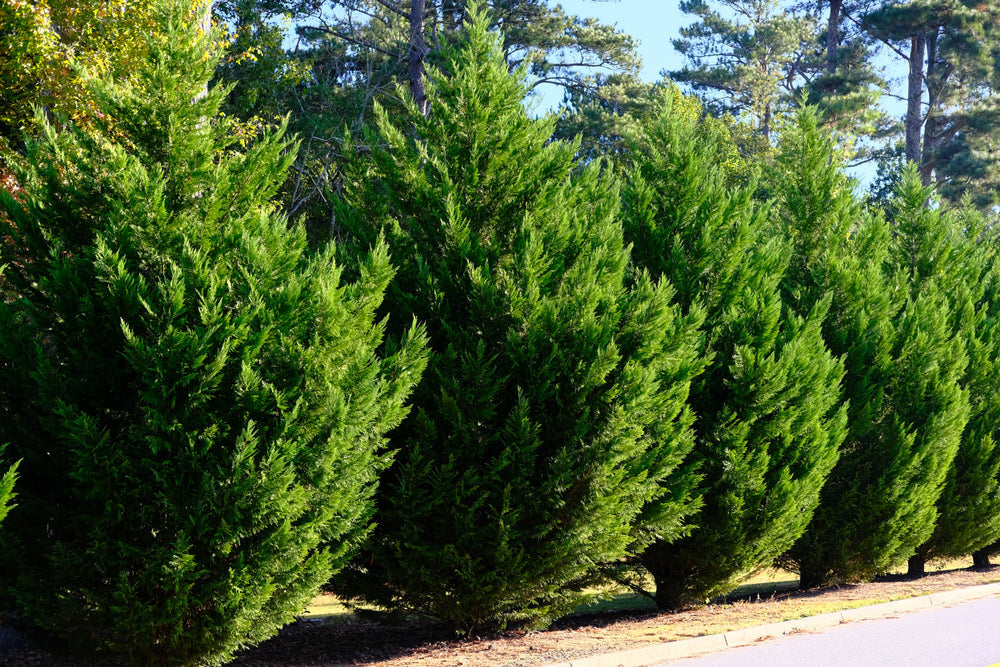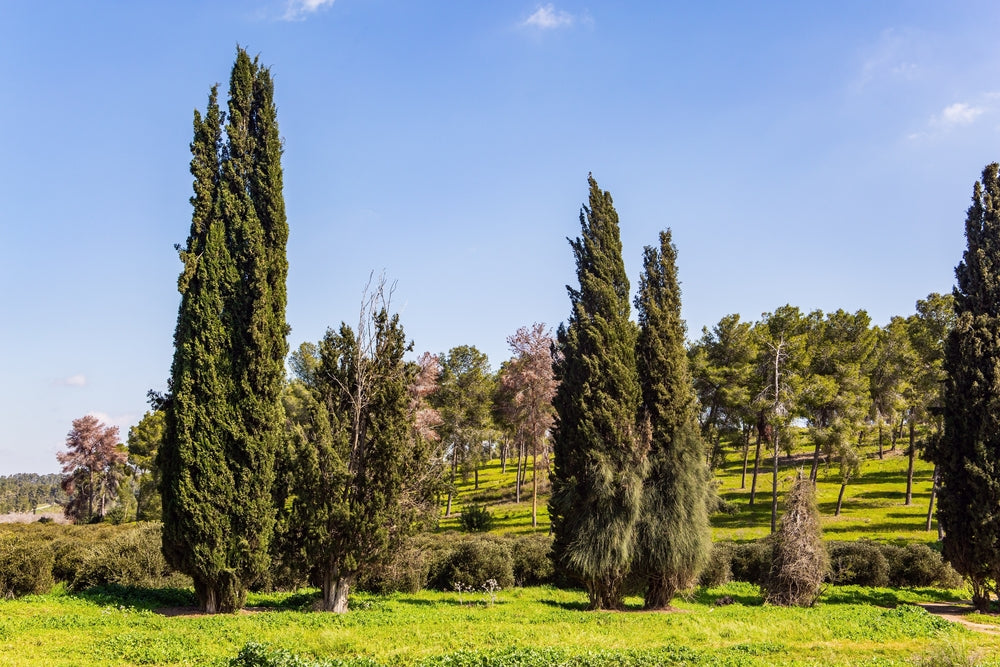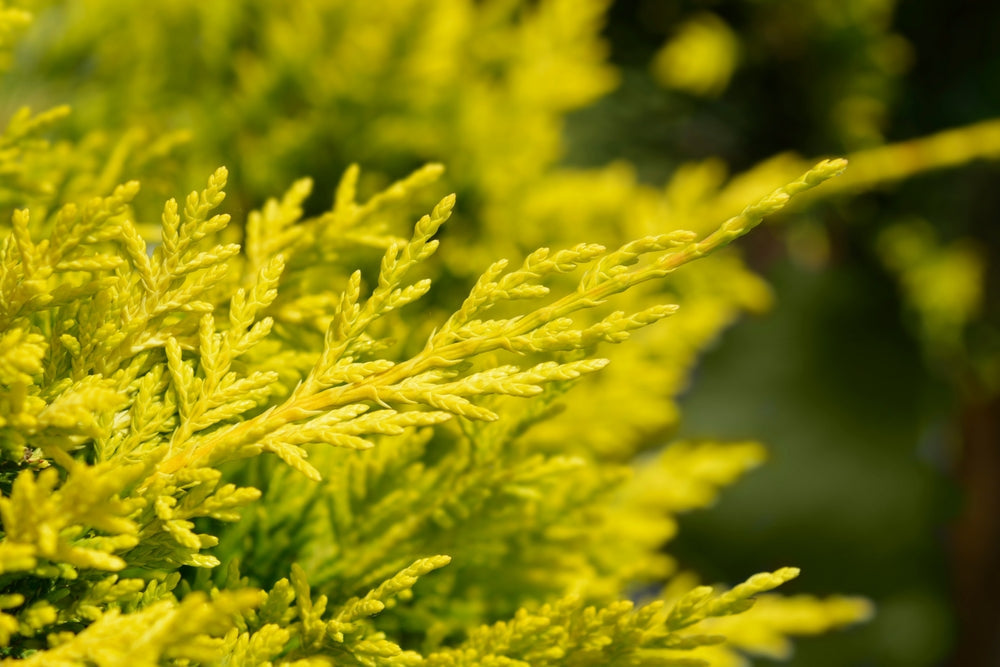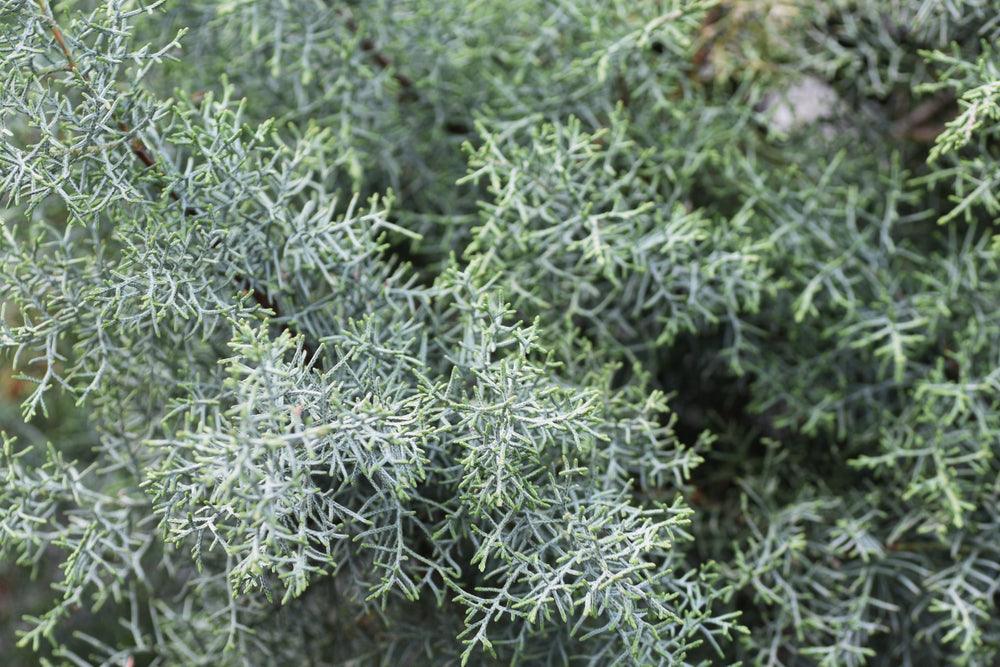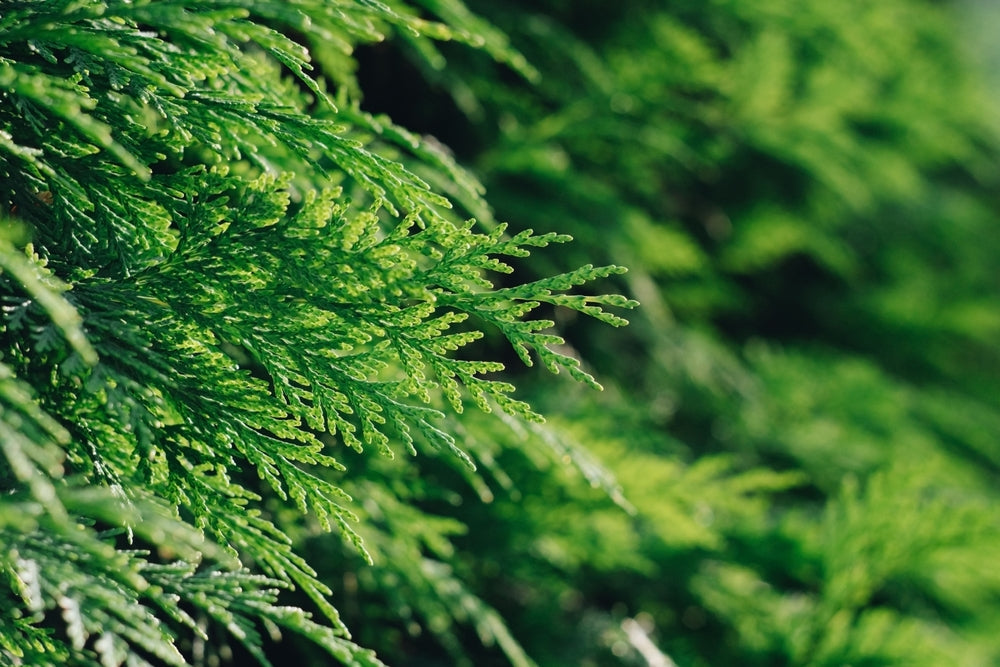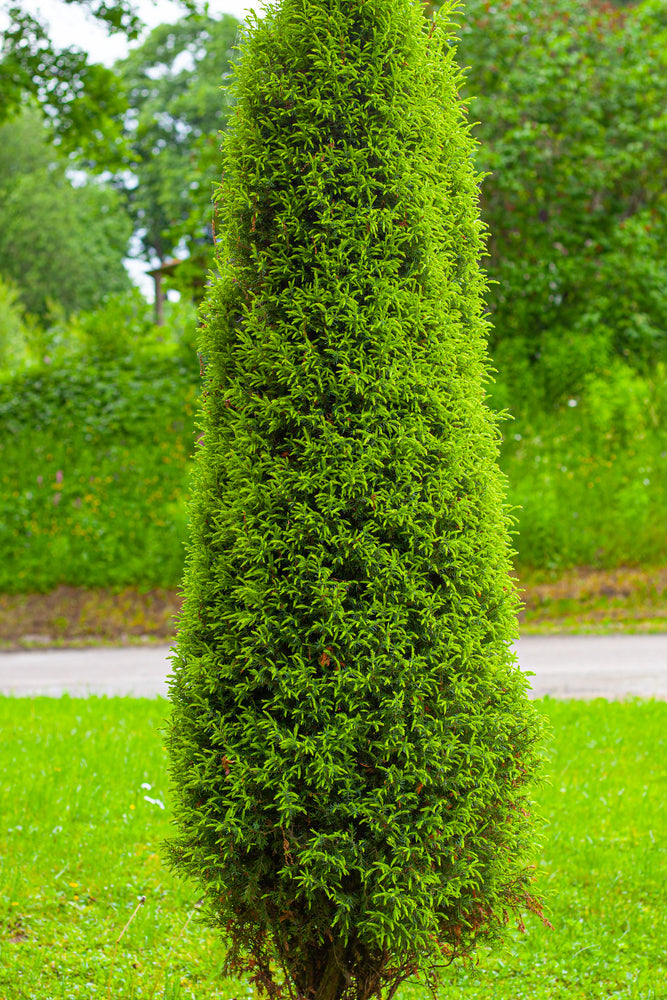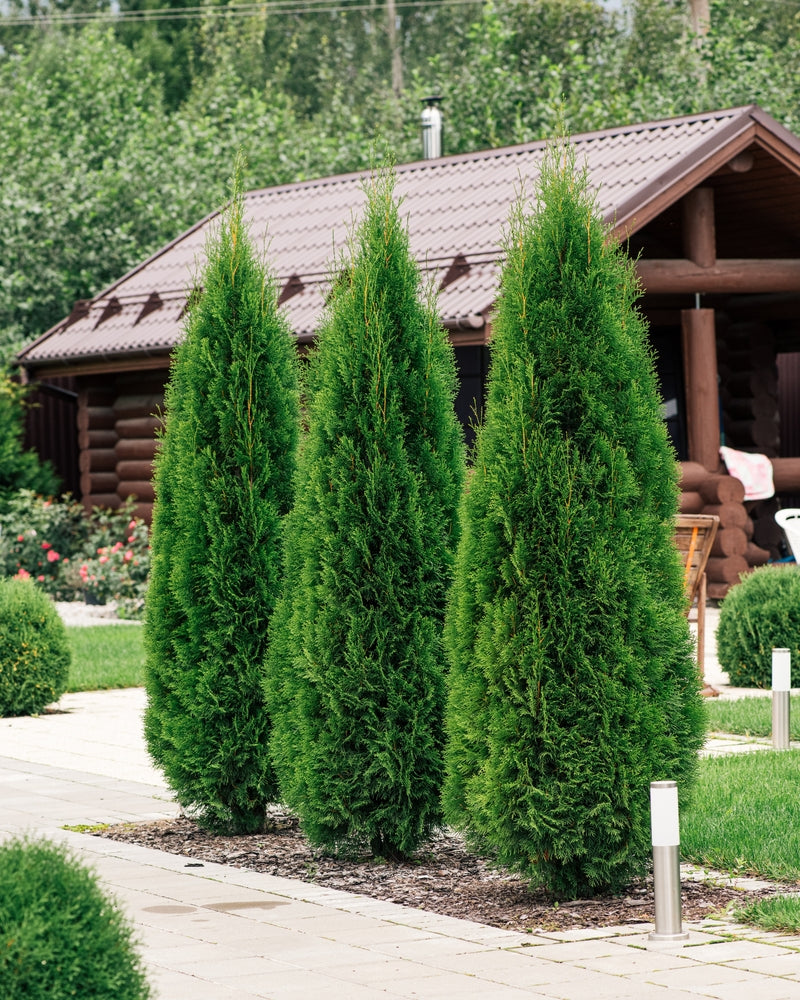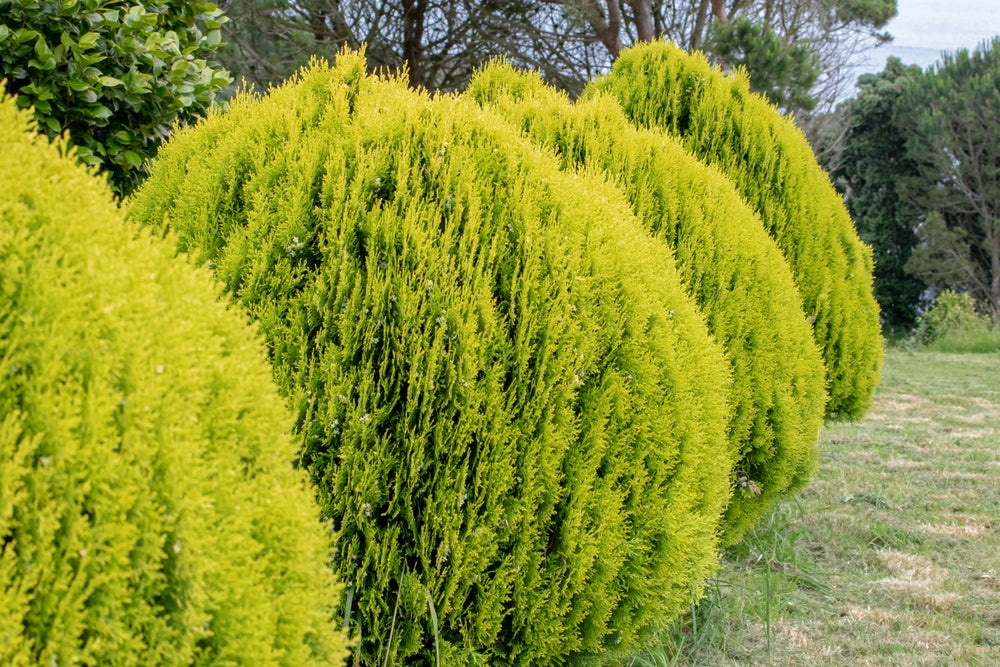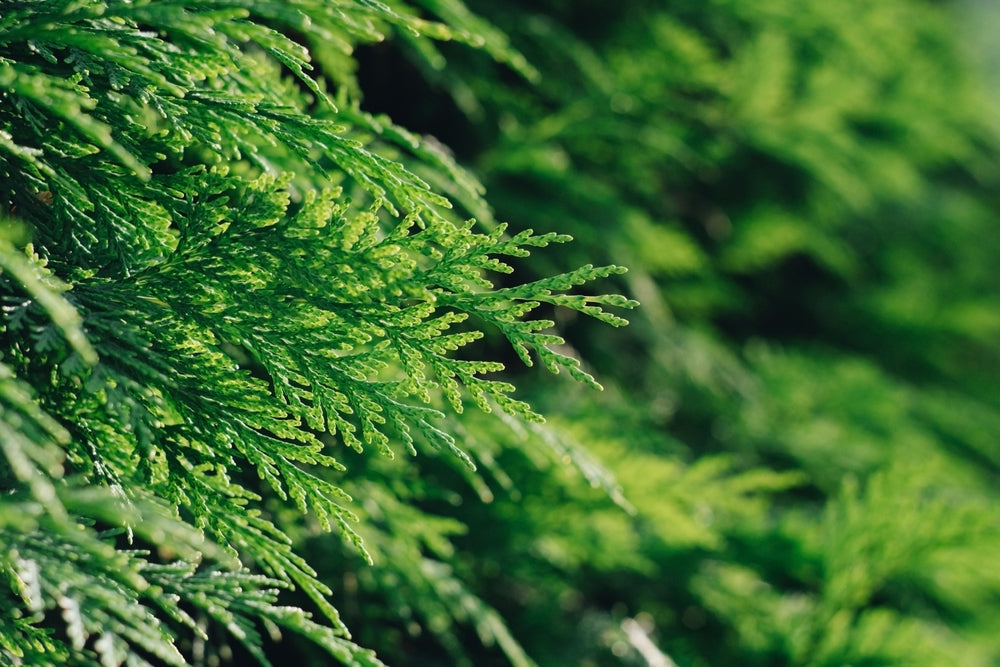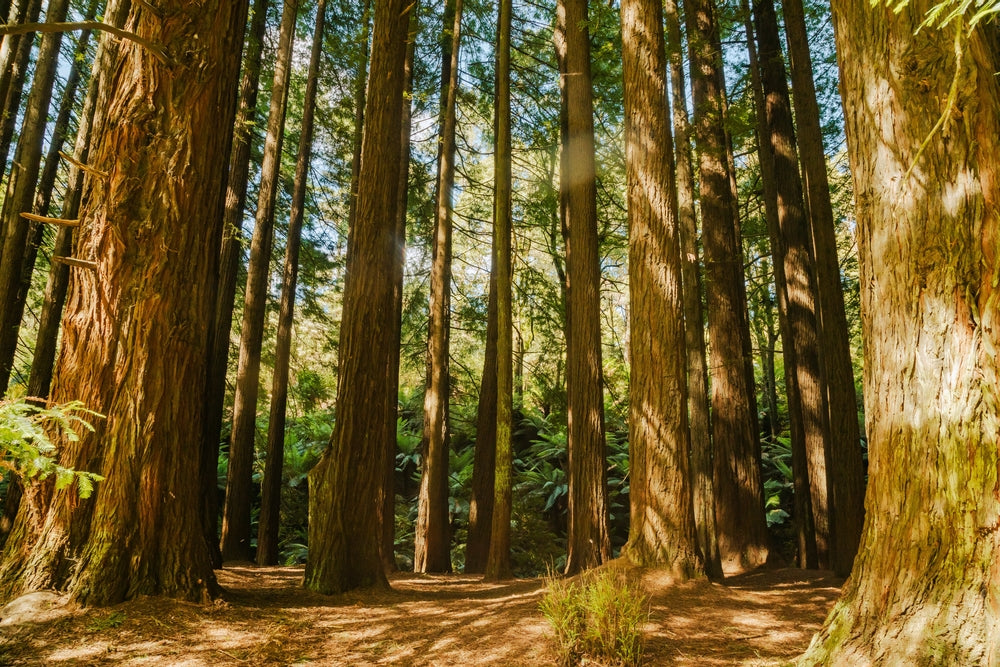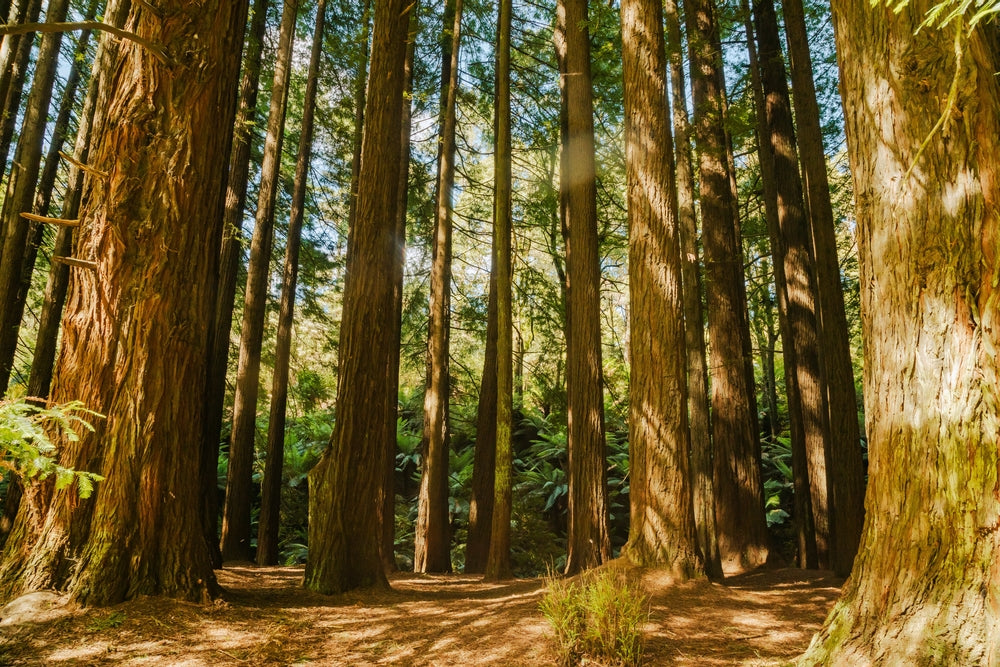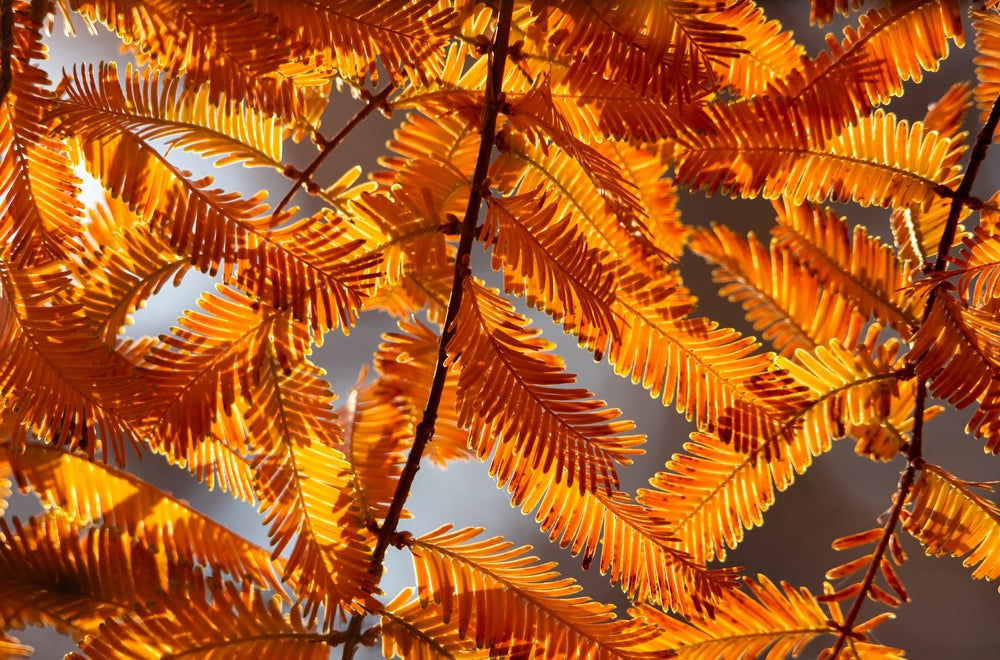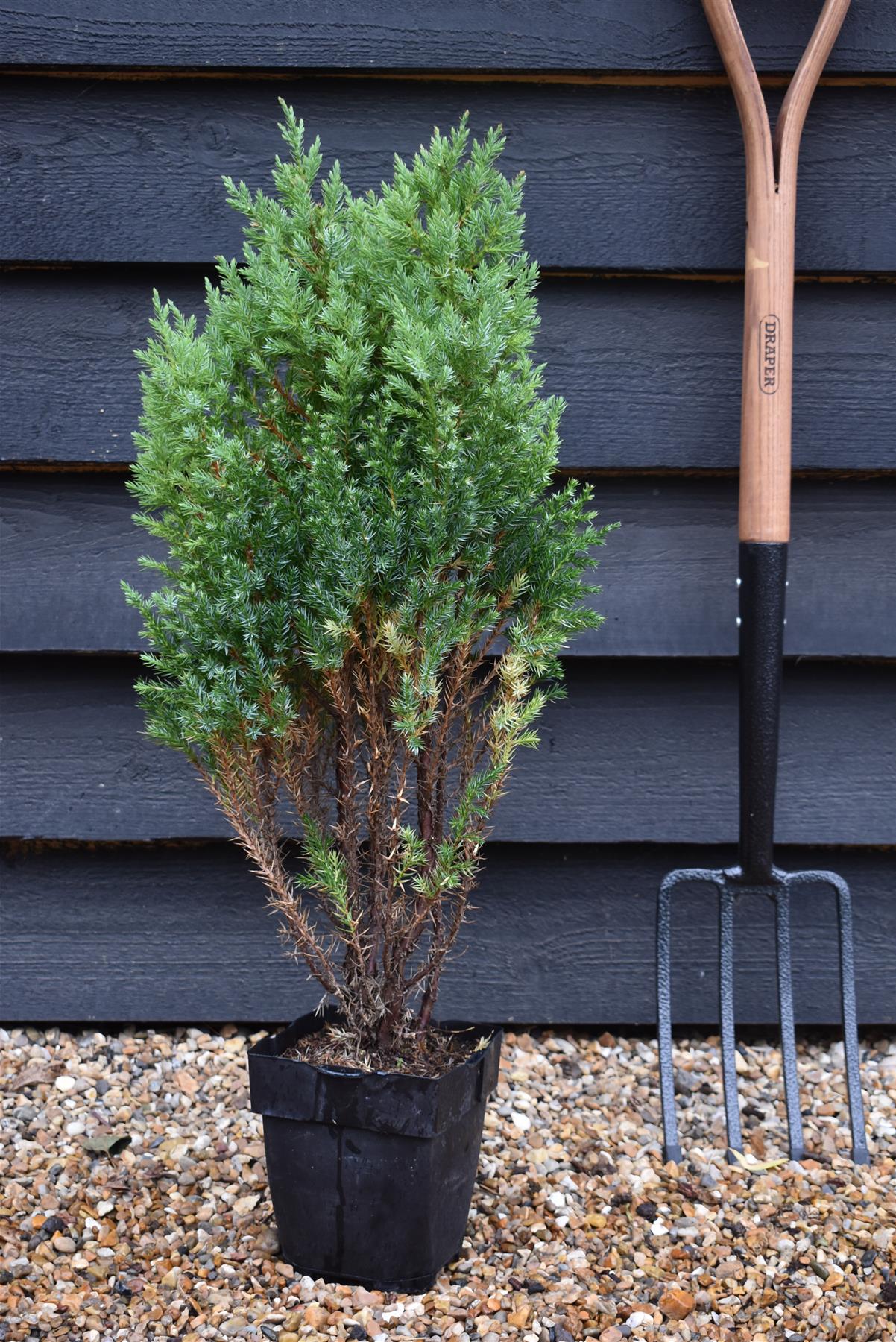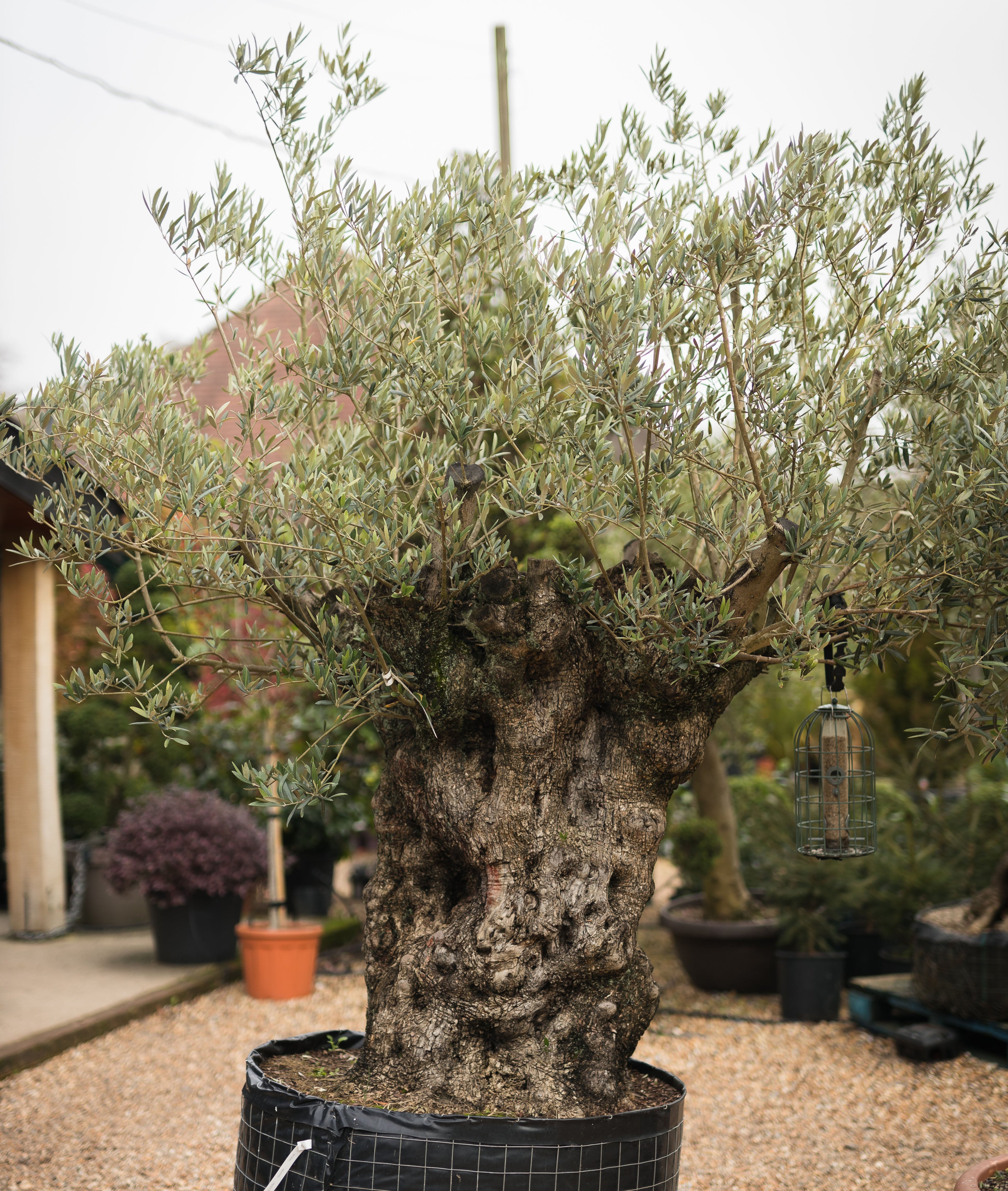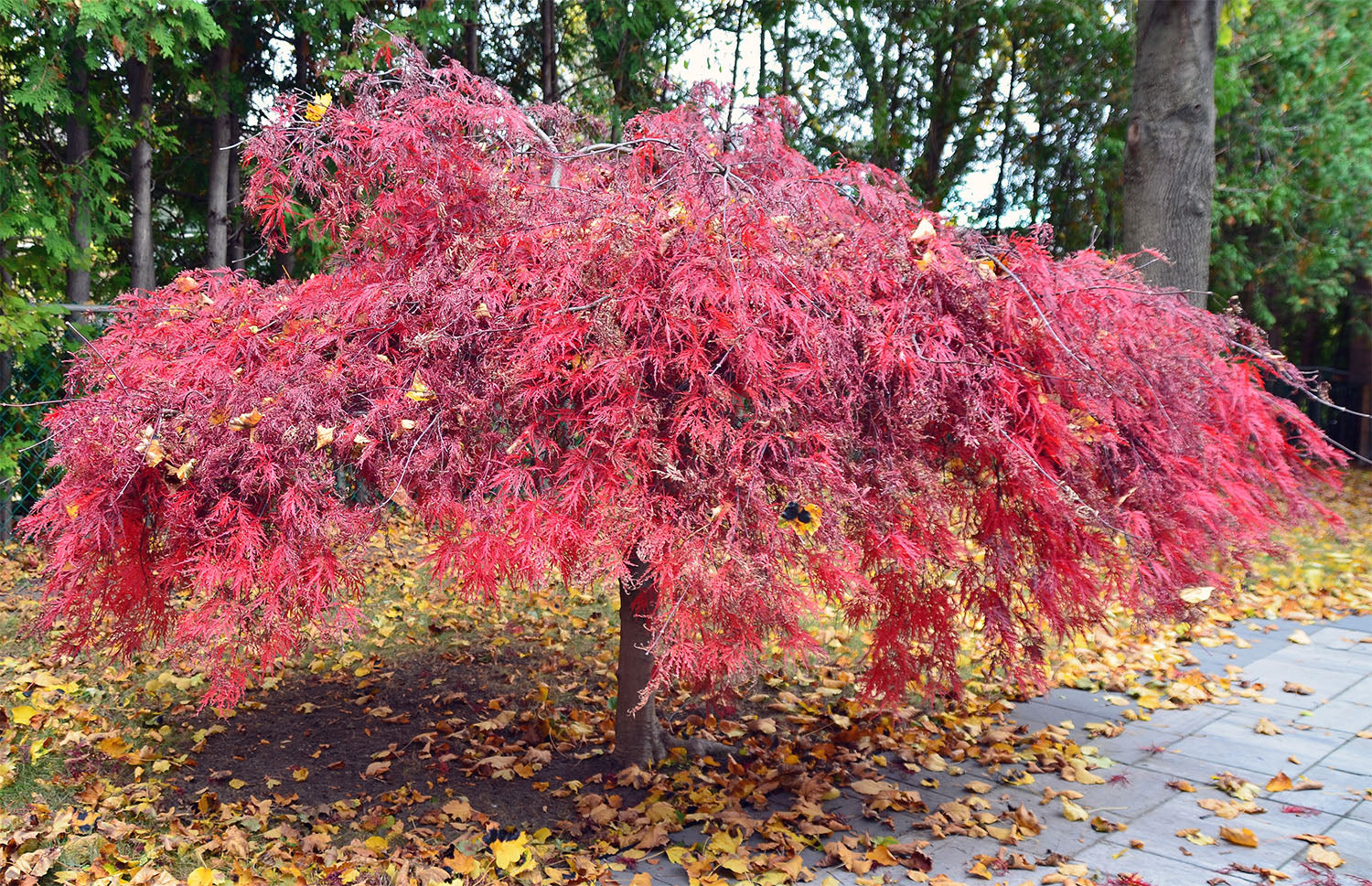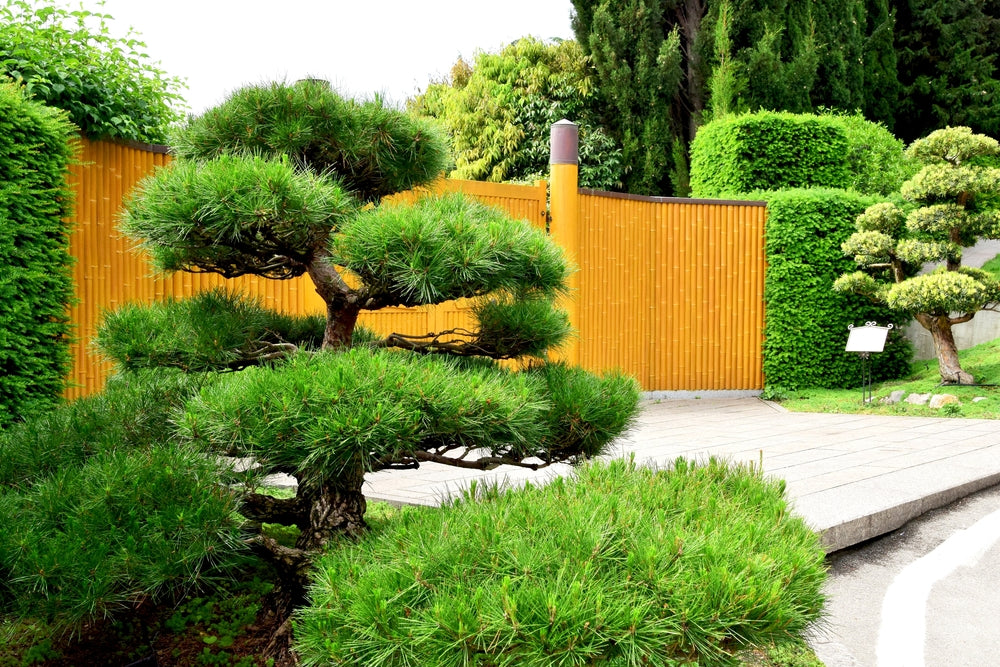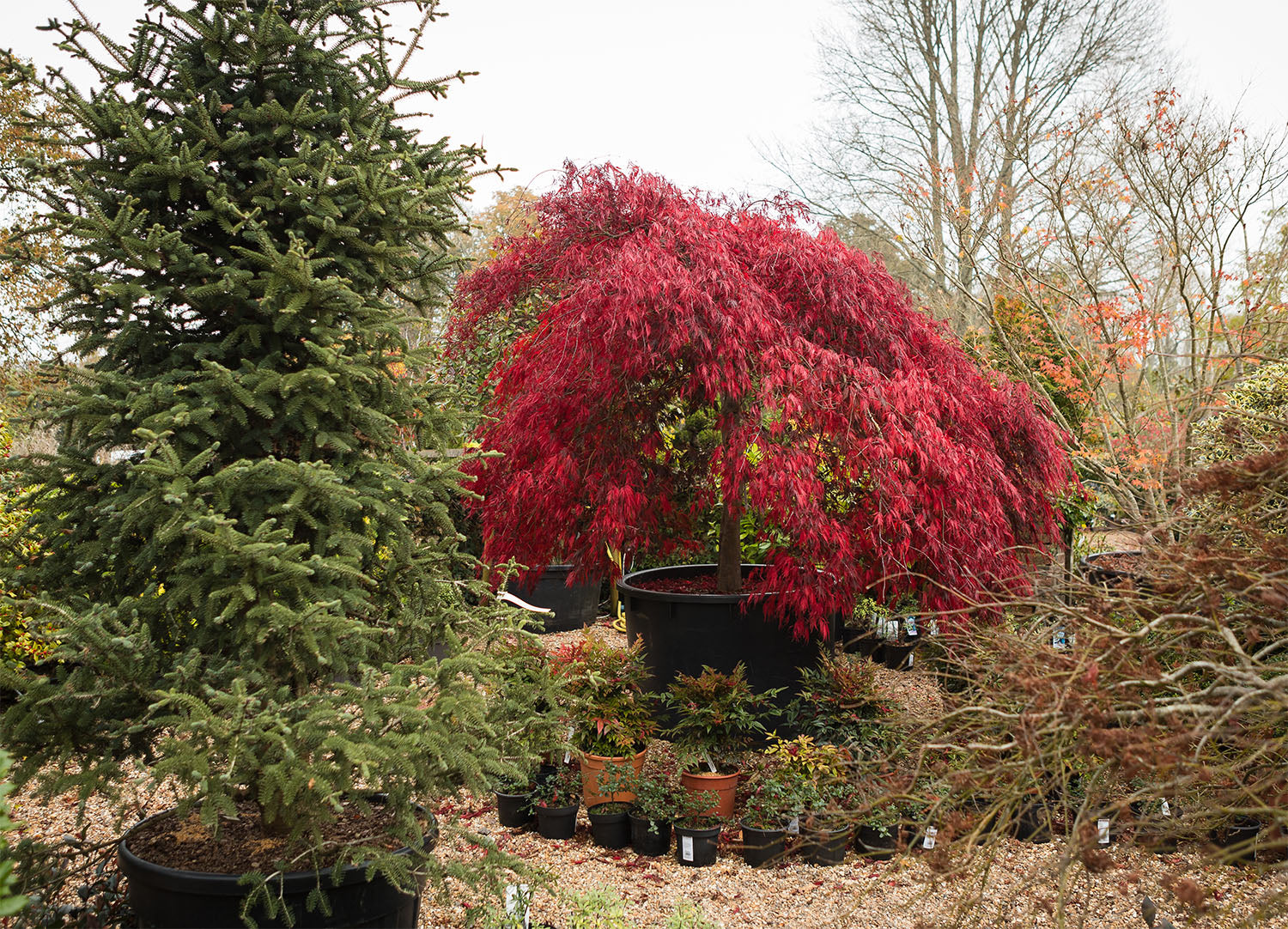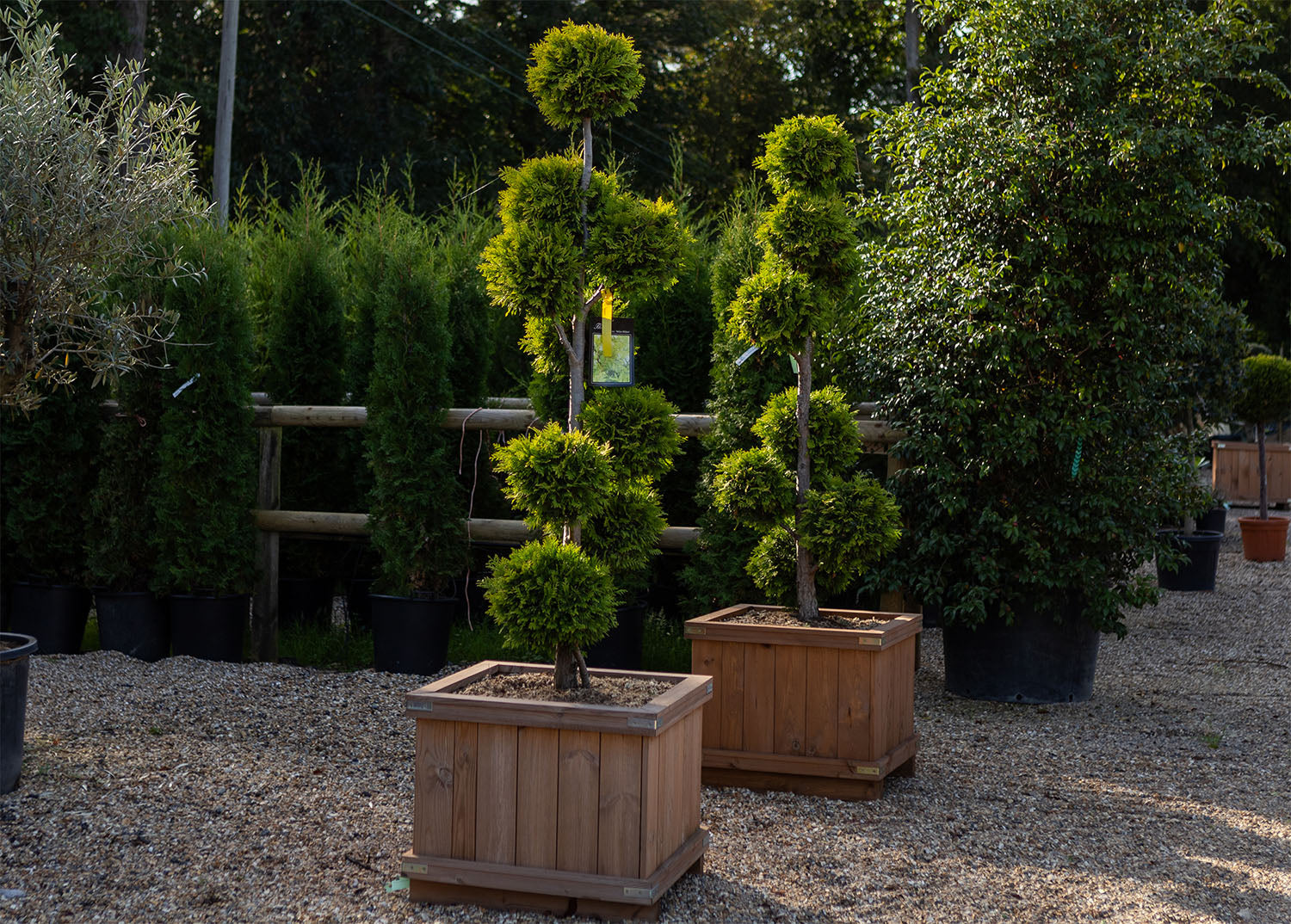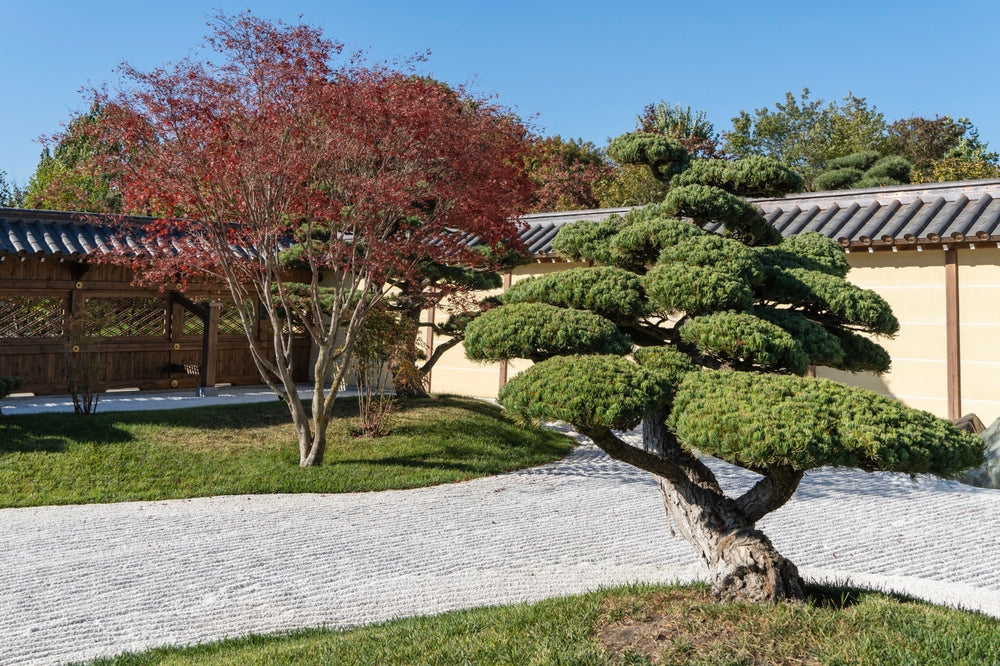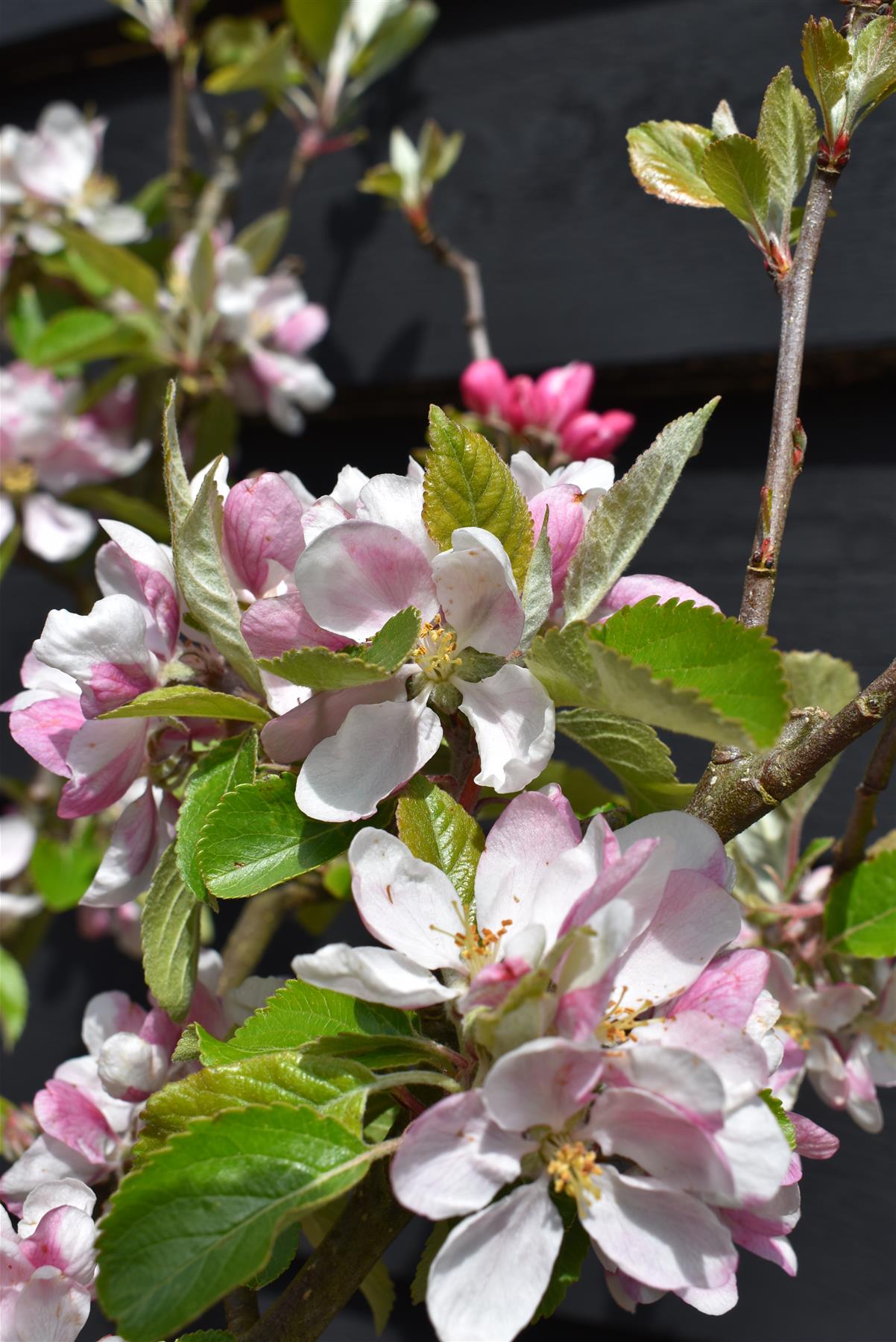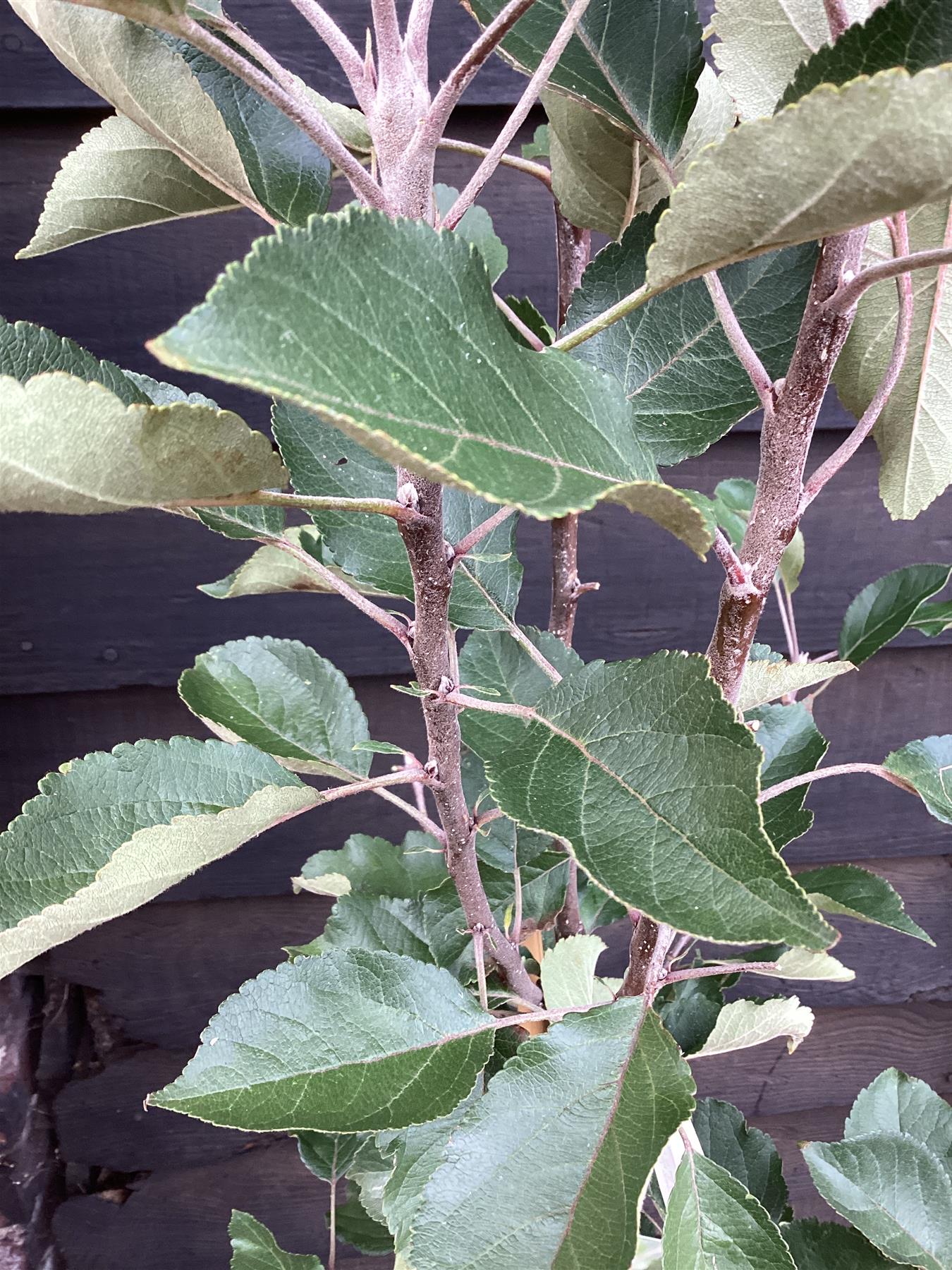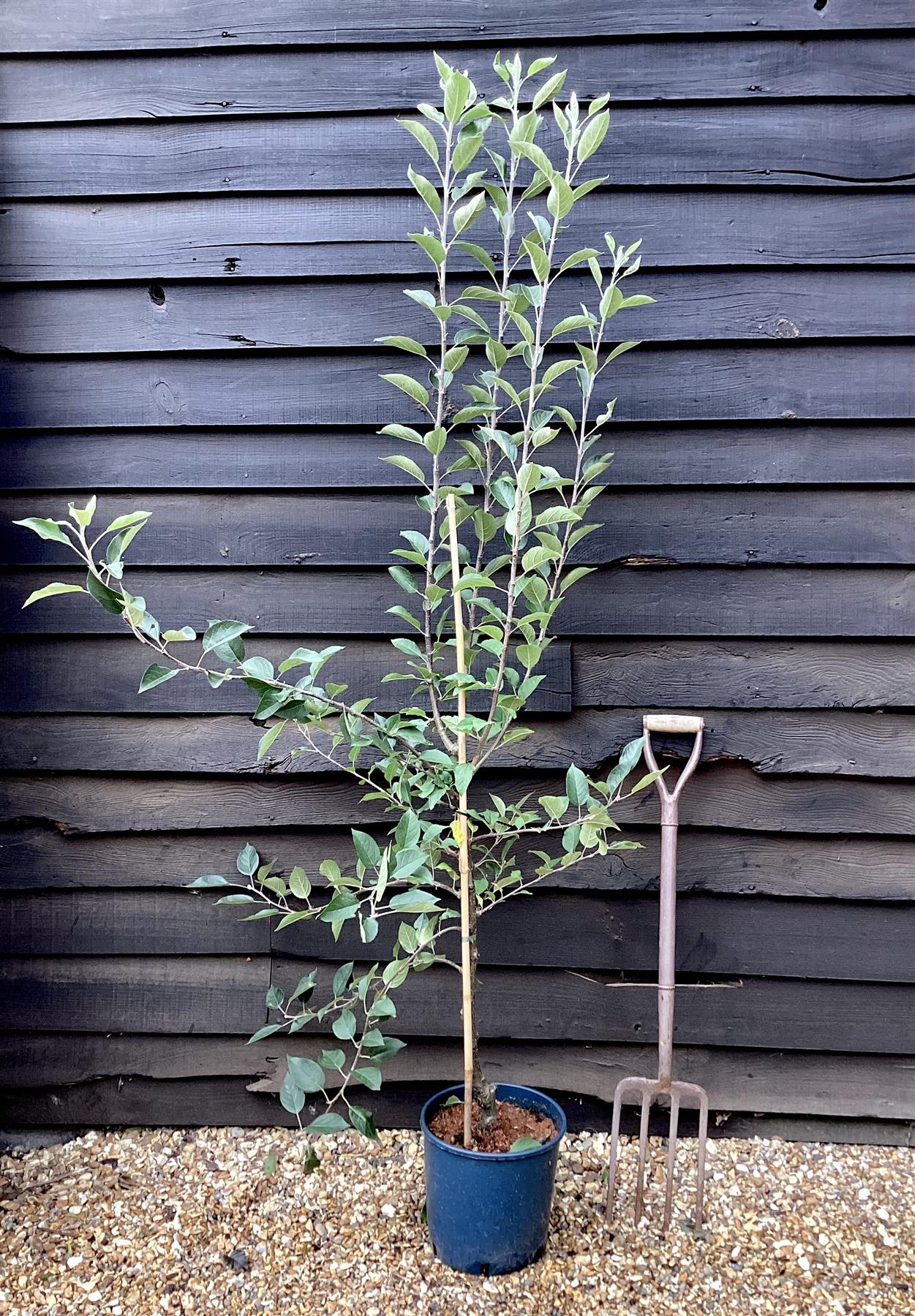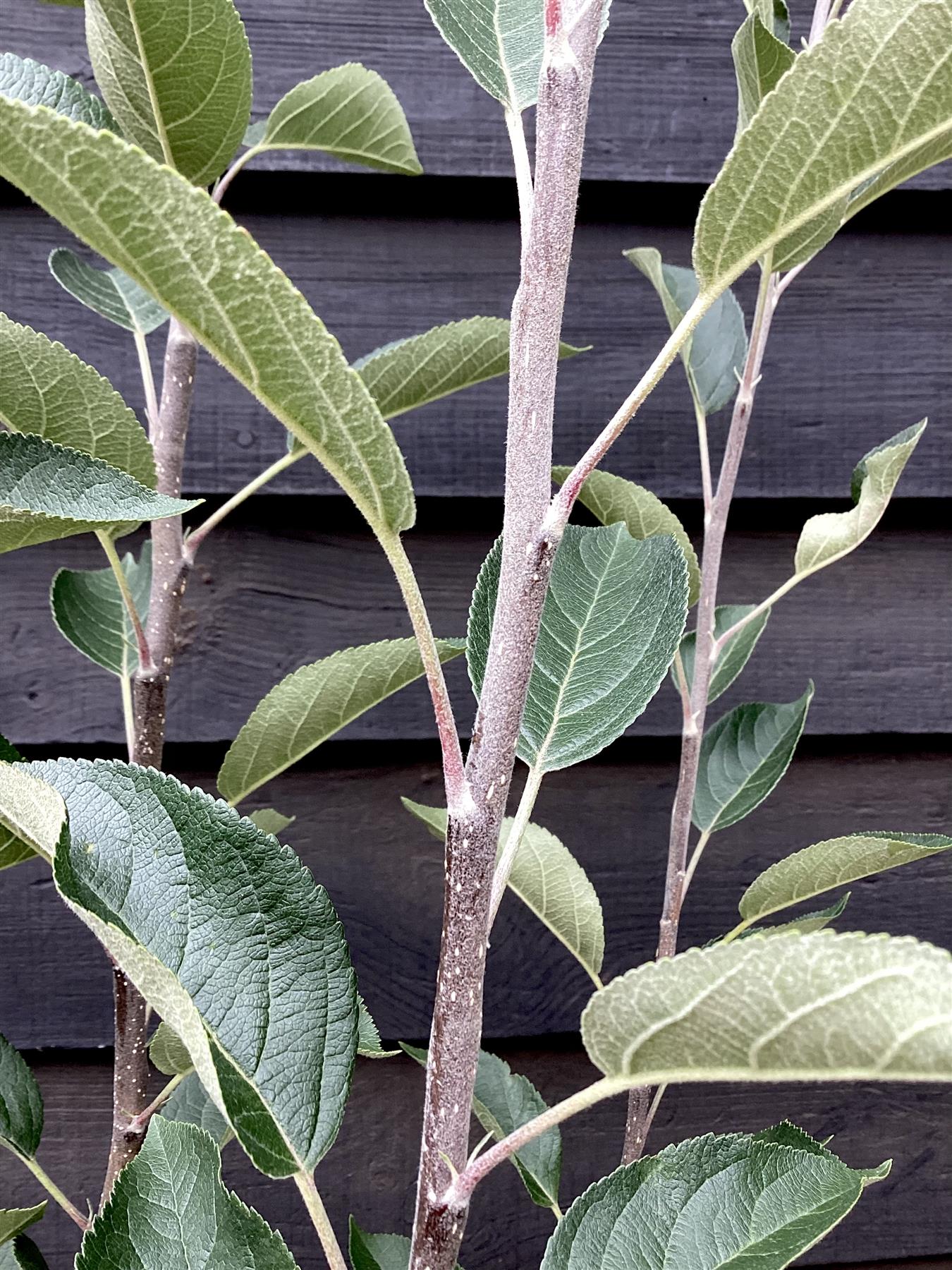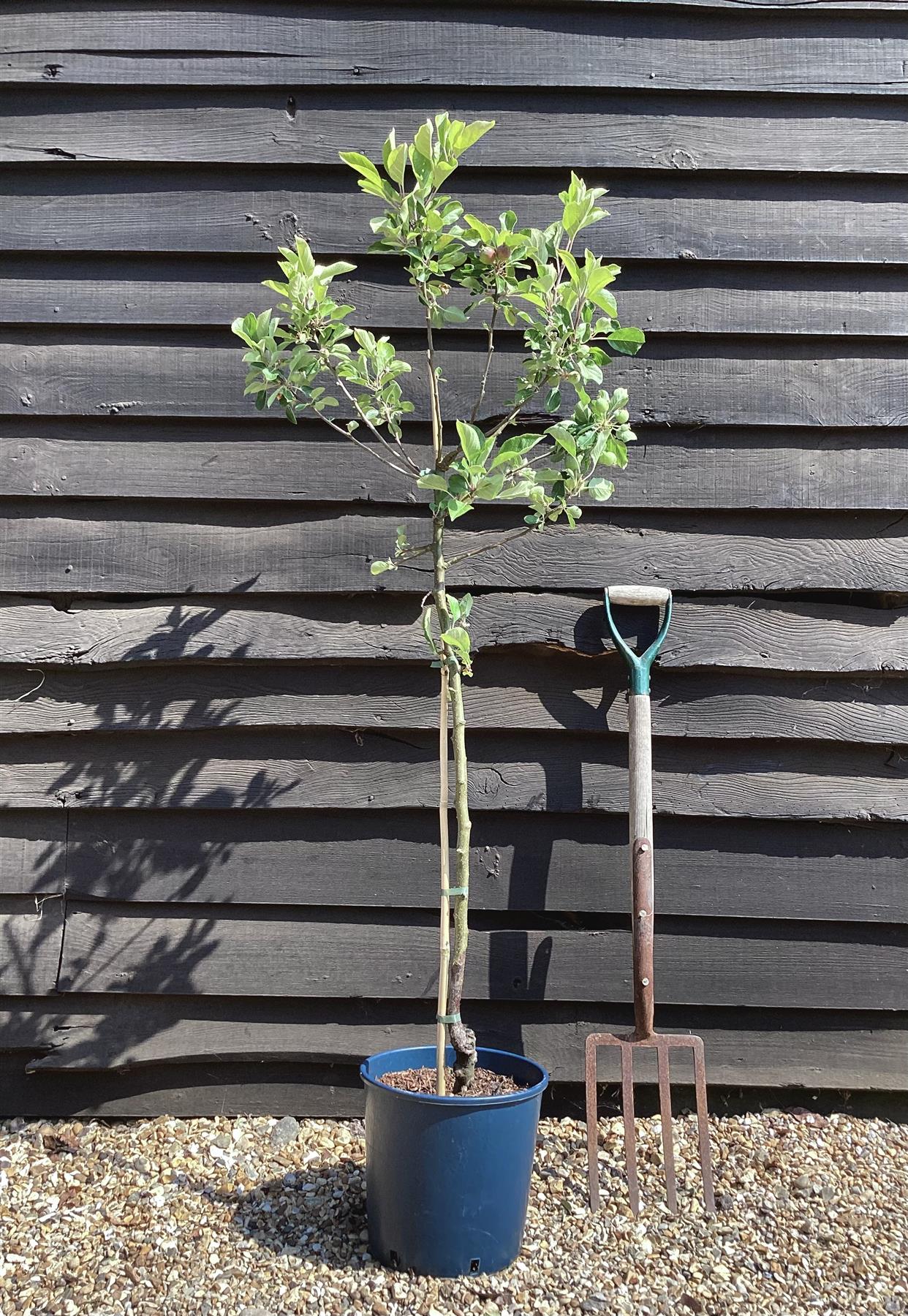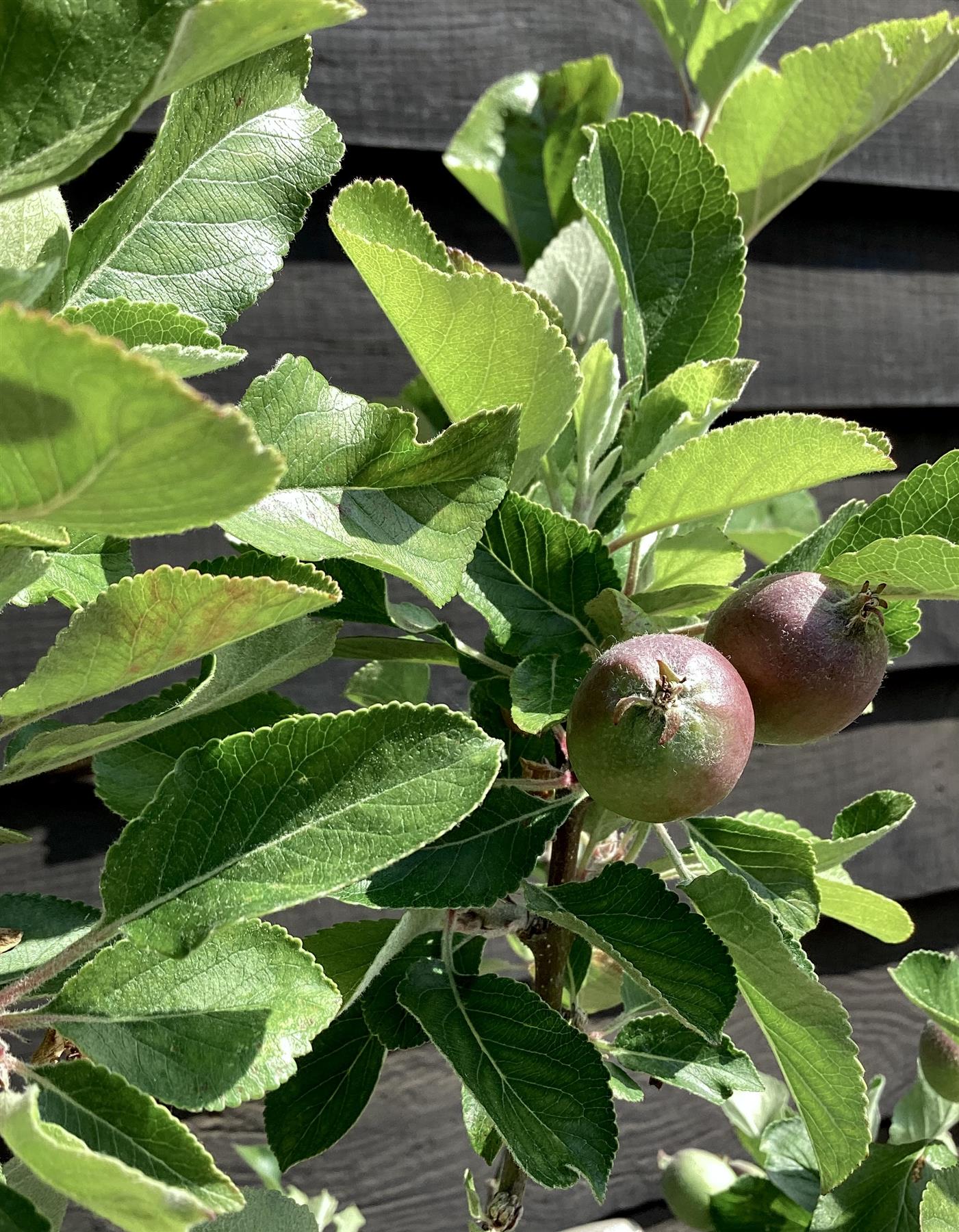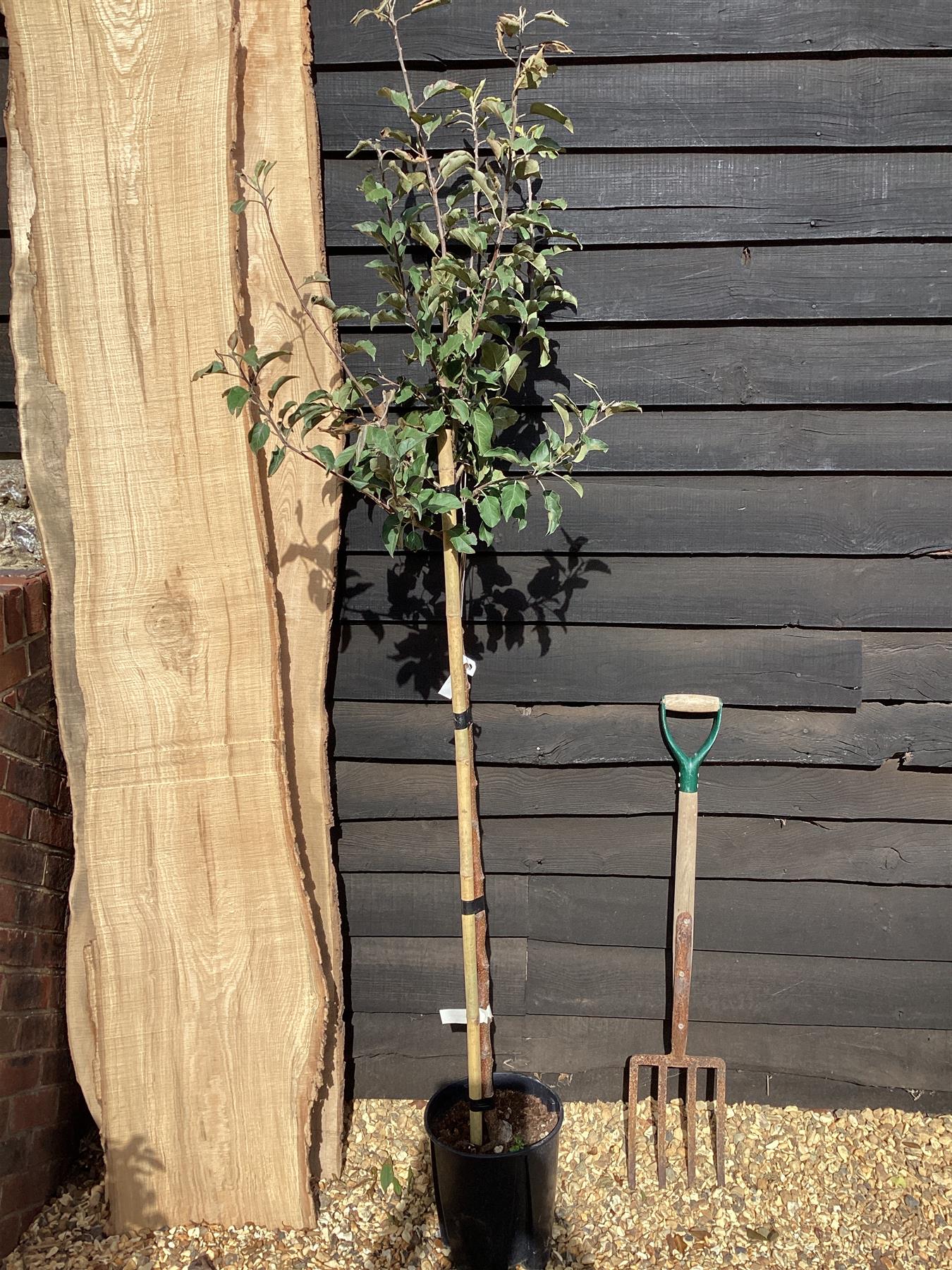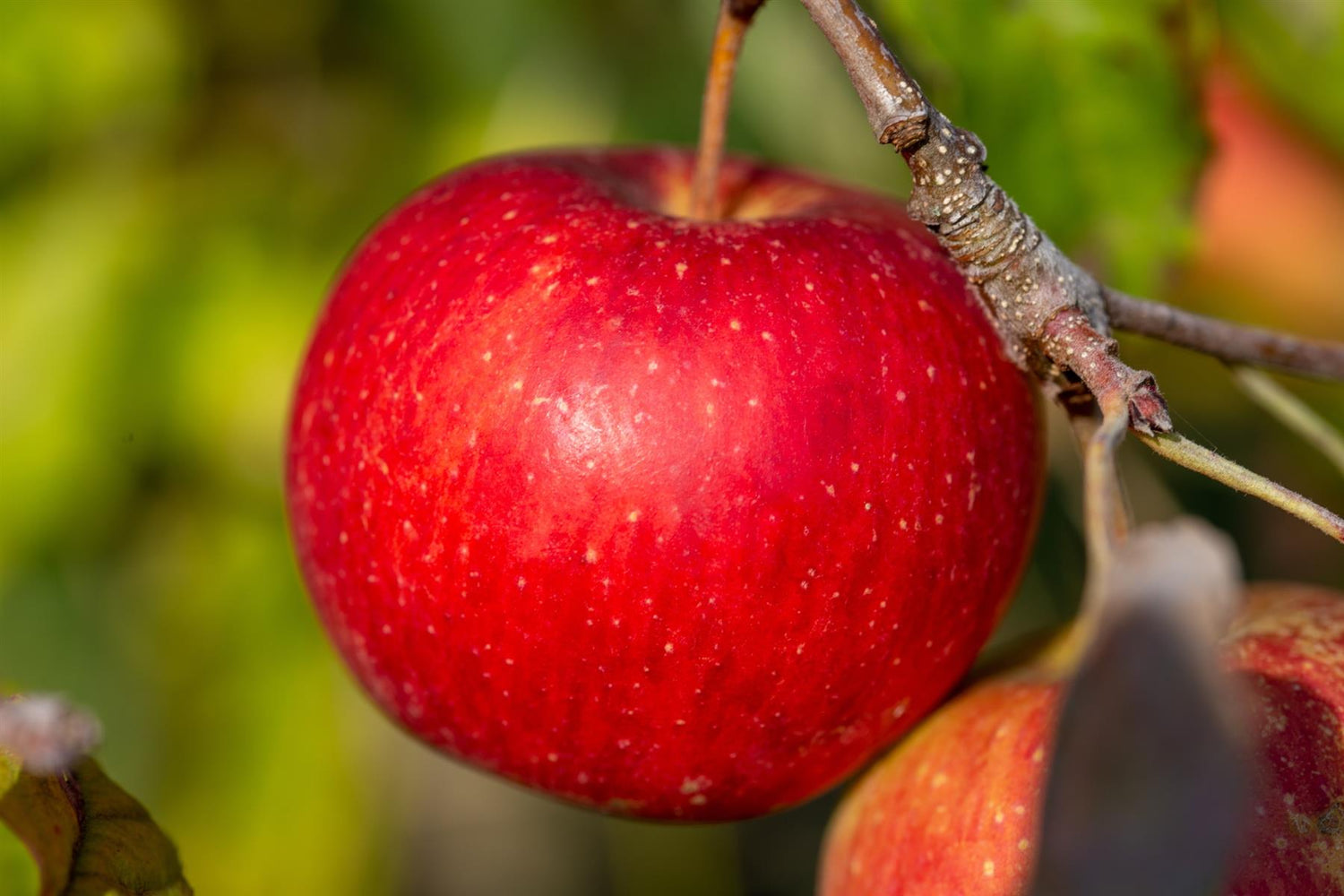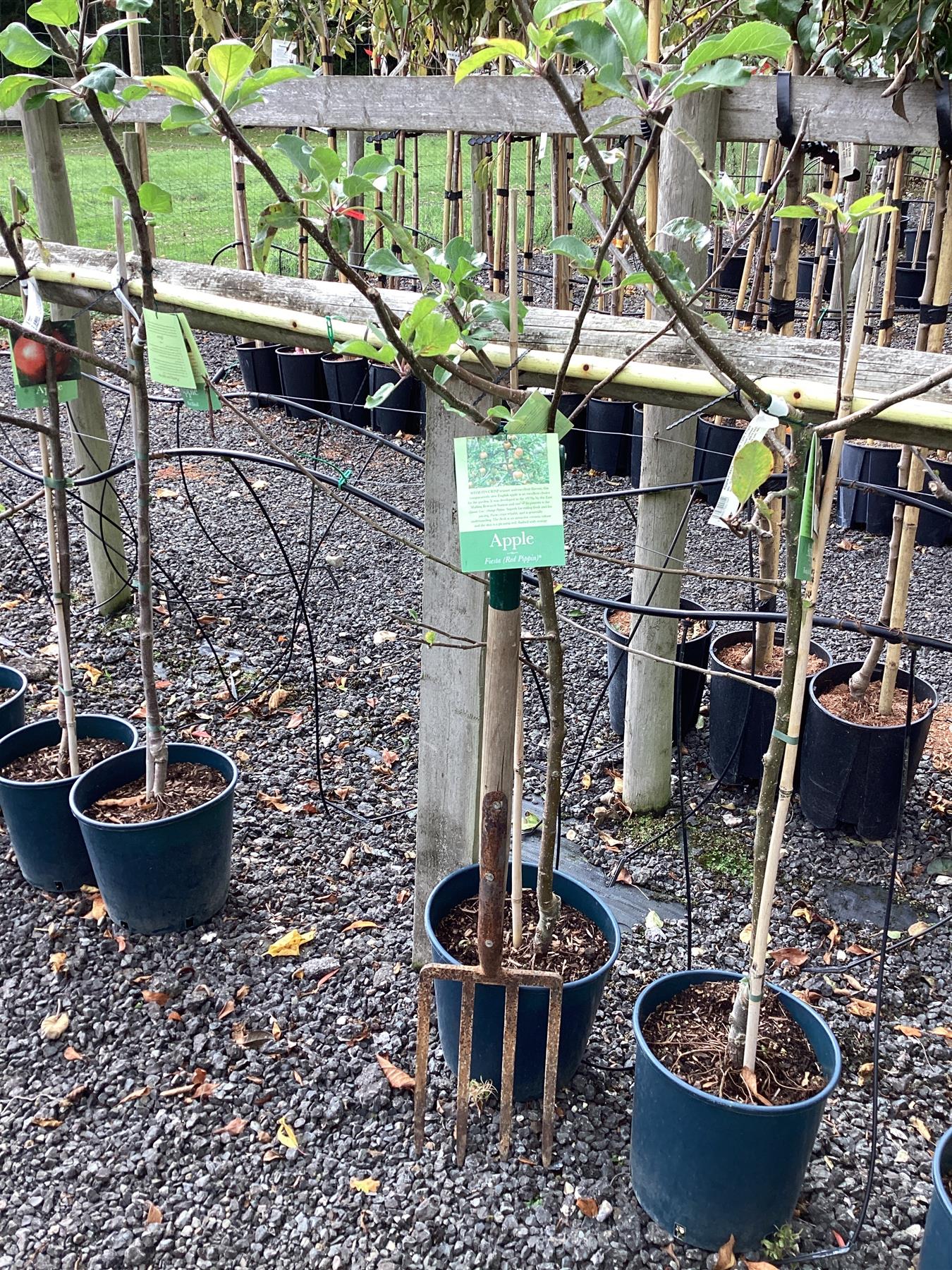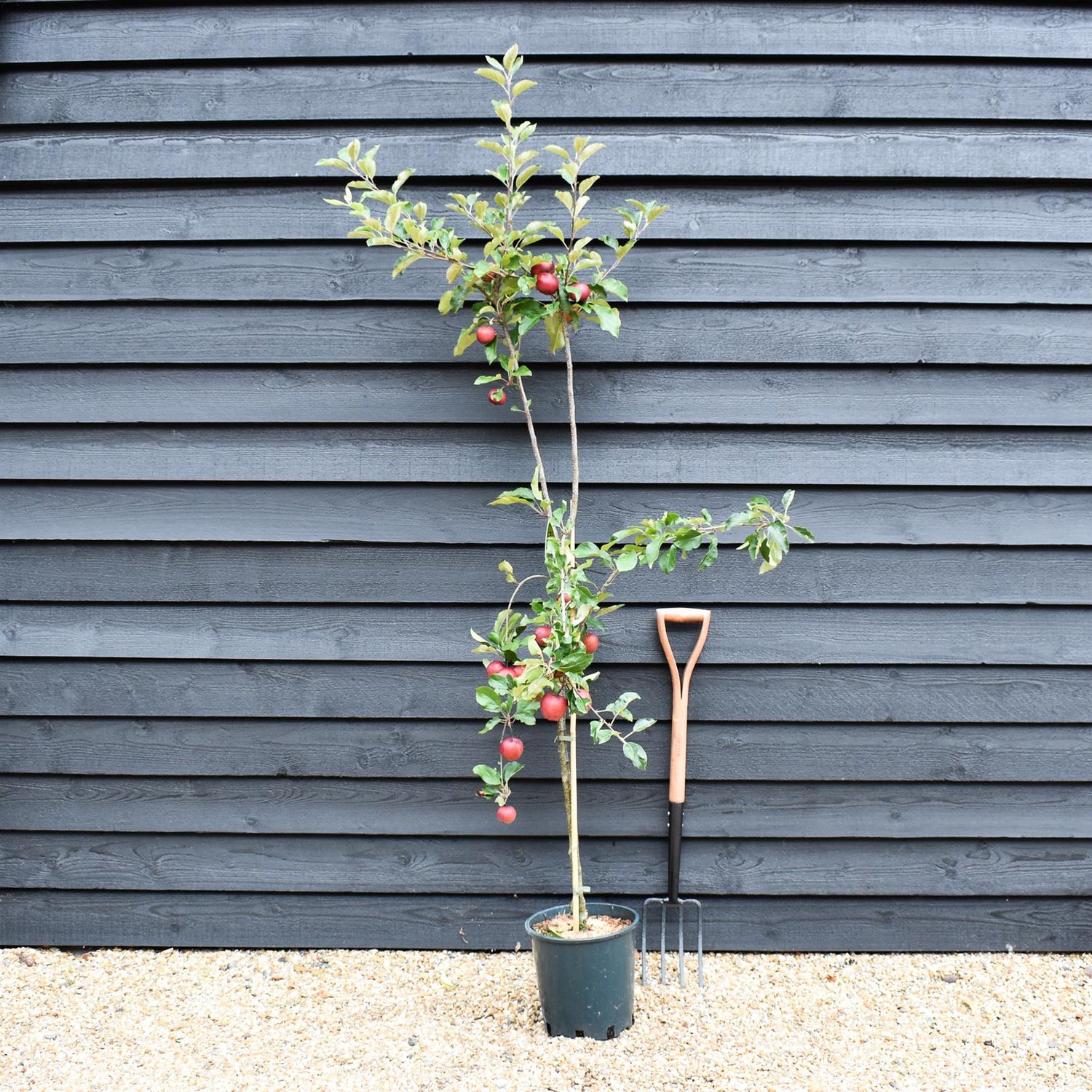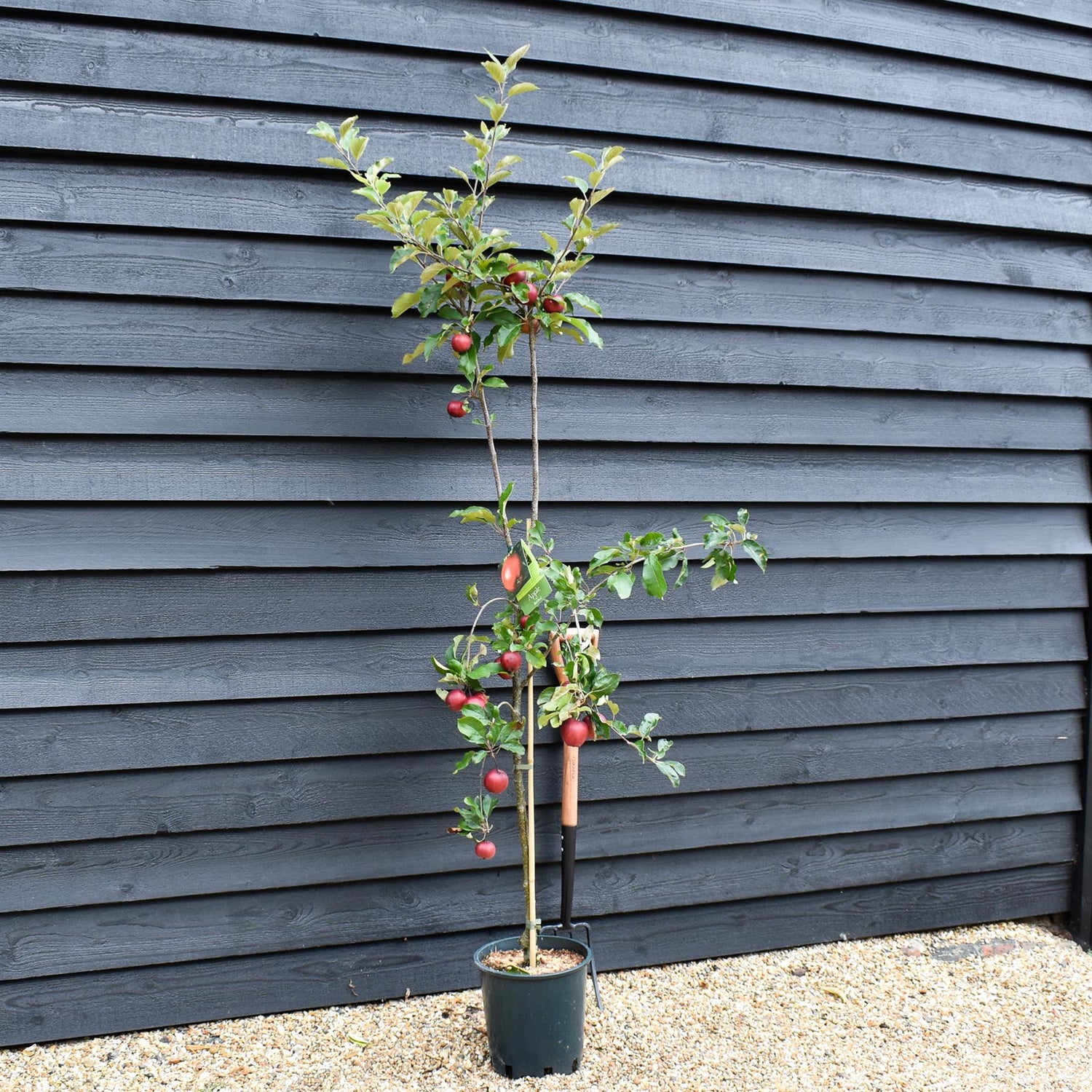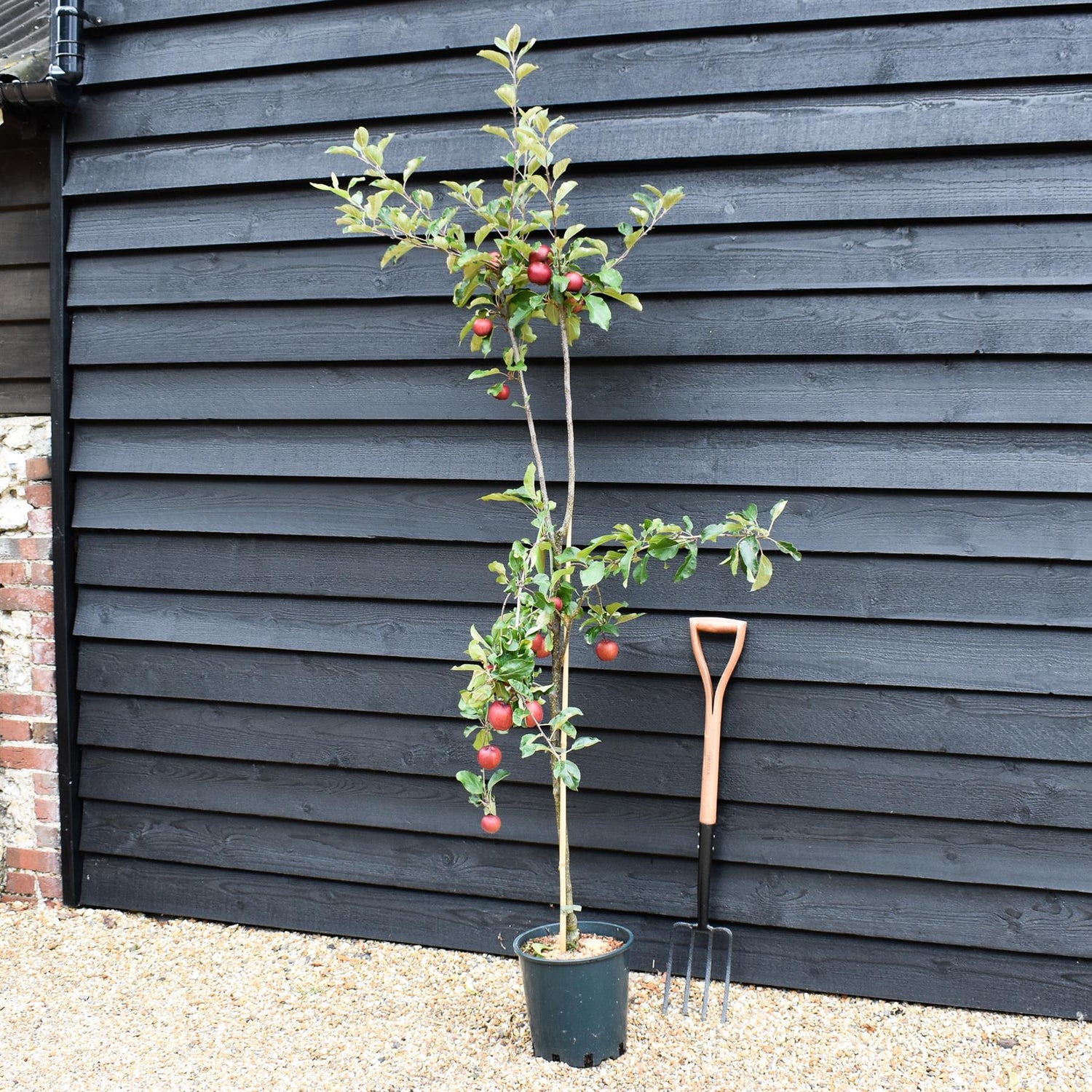117 products
117 products
Sort by:

Prunus Nerasifera Pissardii Nigra | Black Cherry Plum - Height 190-250cm, 10lt
£96.00
Unit price perPrunus Nerasifera Pissardii Nigra | Black Cherry Plum - Height 190-250cm, 10lt
£96.00
Unit price per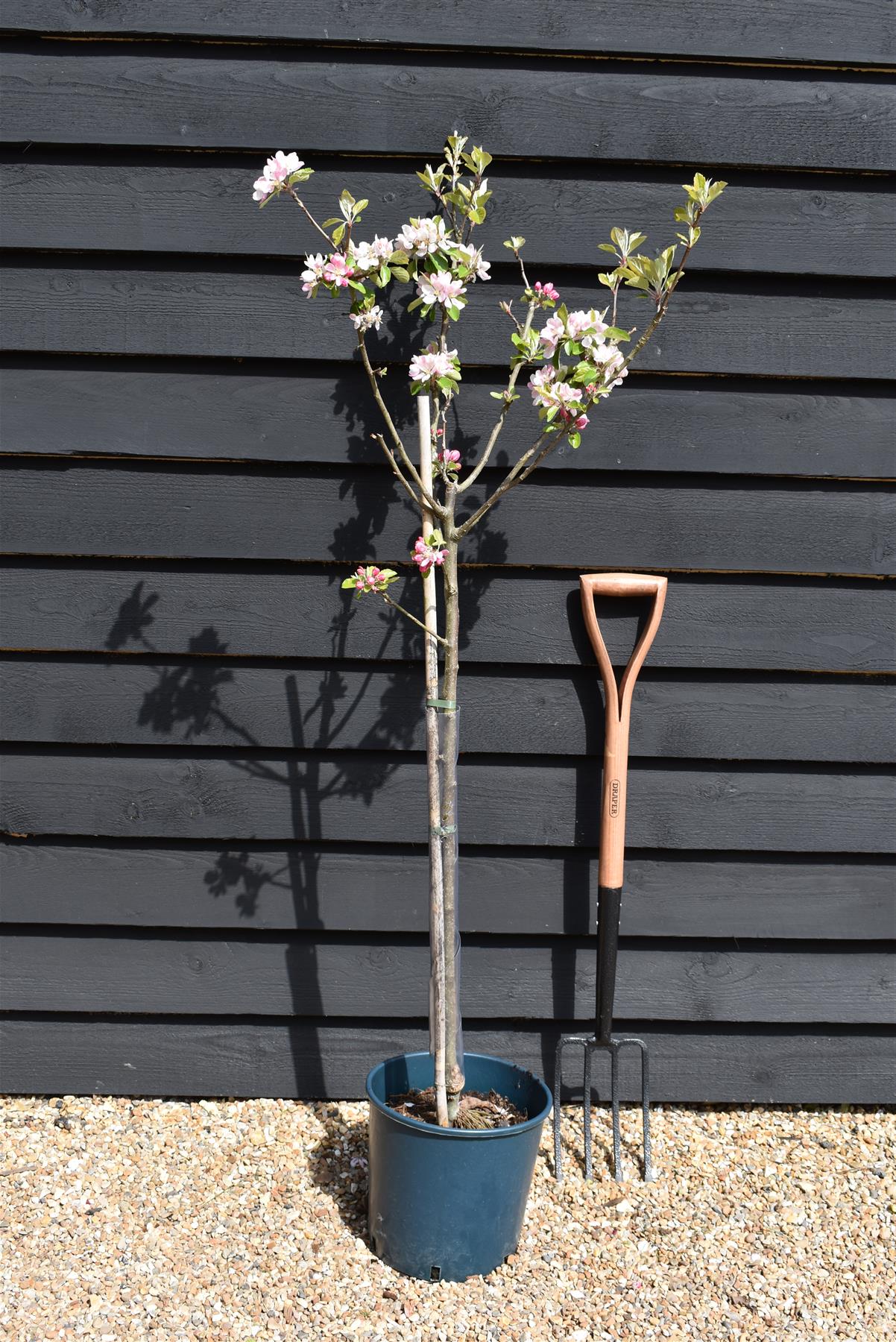
Apple tree 'Sunset' | Malus domestica - 150-160cm - 10lt
£70.00
Unit price perApple tree 'Sunset' | Malus domestica - 150-160cm - 10lt
£70.00
Unit price perApple tree 'Laxton's Superb' | Malus domestica - MM106 - Semi-Dwarfing - 150-160cm - 10lt
£70.00
Unit price perApple tree 'Laxton's Superb' | Malus domestica - MM106 - Semi-Dwarfing - 150-160cm - 10lt
£70.00
Unit price perLaxton's Superb Apple is an old-fashioned, traditional, sweet, aromatic dessert apple. It was bred by Laxton Brothers in Bedford, UK in 1897. This apple plant is great for cold or exposed locations. It is fast-growing, but has a tendency to biennial bearing. It brings better crop when planted with another variety. It prefers full sun and fertile, well-drained soil. Doesn’t like very acidic soils, shallow chalk soils, and shade more than half of the day. Its flowers are pretty and fragrant, white with some pink, self-pollinating and long-lasting.
The fruit is green-yellow with orange-red blush and crisp firm flesh. It is similar to Cox’s Orange Pippin, which is one of its parents, but it is a bit superior with larger fruits, slightly richer flavour and better keeping qualities. Ready for harvesting in October, it can be stored till January. Late-season and heavy cropping.
Root stock MM106 is a semi-dwarfing rootstock commonly used for apple trees. It offers a moderate growth rate, producing trees 10-15 feet tall when mature. Suitable for medium-sized gardens, MM106 ensures good fruit yield and adaptability to various soils. It's resistant to woolly apple aphid and moderately resistant to crown rot. Ideal for bush, cordons, and espalier forms. Ensure proper staking in early years.
Apple tree 'James Grieve' | Malus domestica - 150-160cm - 10lt
£70.00
Unit price perApple tree 'James Grieve' | Malus domestica - 150-160cm - 10lt
£70.00
Unit price perJames Grieve Apple is a hardy, deciduous tree suitable for cold climate zones. It is best grown in northerly areas with cold winters, moderate summer temperatures, and medium to high humidity. It’s an old apple variety, raised in 1893. in Edinburgh, Scotland, by James Grieve from pollination of Cox’s Orange Pippin and most likely Pott’s Seedling apple. Generally, a resilient plant, it needs some protection from harsh winds. It’s a good polliniser for other apples. It cannot be found in supermarkets because it is sensitive to pressure and easily bruised and cannot sustain supermarket handling.
James Grieve apples are medium to large, yellow-green, speckled and striped orange-red, with creamy, refreshing and very juicy flesh. At the beginning of season, it is sharp and perfect for cooking, retaining its shape when cooked. After a few weeks, it becomes milder and sweeter, like a firm pear in texture.
Apple tree 'Fiesta Red Pippin' | Malus domestica - 150-160cm - 10lt
£70.00
Unit price perApple tree 'Fiesta Red Pippin' | Malus domestica - 150-160cm - 10lt
£70.00
Unit price perFiesta Red Pippin apple tree is an easy-to-grow apple tree with reliable yield developed in 1972. in the United Kingdom by crossing Cox’s Red Pippin and Idared apple. As a hybrid, Fiesta apple combined the qualities of these two apple varieties. It is similar in taste to Cox’s Red Pippin, but much easier to grow and last longer when stored after the harvest.
Fiesta Red Pippin plant is a bushy, deciduous tree available on different rootstocks to accommodate to wide variety of gardens. When grown on rootstocks, the tree fruits earlier. It has pretty pale pink flowers that emerge in spring and are followed by attractive and aromatic apples with smooth, yellow skin and orange-red striping in early October. The flesh is fine-grained, crisp, ivory to white. Pippin apples have a sweet, nutty, mildly acidic flavour and are mostly suited for eating fresh and for juicing.
Apple tree 'Cox Orange Pippin' | Malus domestica - MM106 - Semi-Dwarfing - 150-160cm - 10lt
£76.00
Unit price perApple tree 'Cox Orange Pippin' | Malus domestica - MM106 - Semi-Dwarfing - 150-160cm - 10lt
£76.00
Unit price perCox’s Orange Pippin apple is the classic English apple. It was discovered in England in 19th century as a chance seedling. It is famous for its rich and complex flavour and considered to be one of the finest dessert apples. The fruit is small to medium-sized. It has yellow skin with orange-red blush and crisp, firm, very juicy and aromatic flesh. The flavour has hints of mango and orange. Cox’s Orange Pippin apple plant is an upright tree with spreading growth habit. Its vigorous and bushy growth can become difficult to control. The plant is sensitive and demanding with regard to soil and climate. It needs exceptional soil and adequate weather conditions to grow well. It prefers rich neutral soil, moist but well drained, and sheltered position in full sun. It is susceptible to diseases and doesn’t tolerate frost. The best flavour is achieved in cool maritime climate.
Root stock MM106 is a semi-dwarfing rootstock commonly used for apple trees. It offers a moderate growth rate, producing trees 10-15 feet tall when mature. Suitable for medium-sized gardens, MM106 ensures good fruit yield and adaptability to various soils. It's resistant to woolly apple aphid and moderately resistant to crown rot. Ideal for bush, cordons, and espalier forms. Ensure proper staking in early years.
Apple tree 'Bramley's Seedling' | Malus domestica - MM106 - Semi-Dwarfing - 150-160cm - 10lt
£76.00
Unit price perApple tree 'Bramley's Seedling' | Malus domestica - MM106 - Semi-Dwarfing - 150-160cm - 10lt
£76.00
Unit price perBramley's Seedling Apple is an English cooking apple and one of the best culinary apples in the world. It was discovered in 1809. in Nottinghamshire in England. Bramley apples are large, mostly green, slightly reddish, juicy, sharply acidic, and with excellent, strong flavour. They are used mostly for cooking and baking as they can be cooked down to a smooth puree. Bramley's Seedling Apple tree is very large and vigorous, with oval green leaves and beautiful crimson flowers. For smaller gardens, it needs to be grown on dwarfing rootstock. It is very easy to grow and also known for its longevity. The original tree is alive to this day and still producing apples. It prefers sunny, sheltered locations and neutral, moist and well-drained soil. The only problem could be pollination since Bramley's Seedling Apple needs two different pollinating apple trees nearby to be successfully pollinated.
Root stock - MM106 is a semi-dwarfing rootstock commonly used for apple trees. It offers a moderate growth rate, producing trees 10-15 feet tall when mature. Suitable for medium-sized gardens, MM106 ensures good fruit yield and adaptability to various soils. It's resistant to woolly apple aphid and moderately resistant to crown rot. Ideal for bush, cordons, and espalier forms. Ensure proper staking in early years.
Apple tree 'Braeburn' | Malus domestica - MM106 - Semi-Dwarfing - 150-160cm - 10lt
£76.00
Unit price perApple tree 'Braeburn' | Malus domestica - MM106 - Semi-Dwarfing - 150-160cm - 10lt
£76.00
Unit price perBraeburn Apples, Malus Domestica ‘Braeburn’, is a very popular, modern apple variety, discovered in New Zealand in 1952. as a “chance seedling”. Probably a relative of Lady Hamilton and Granny Smith apple. It is an all-purpose apple and its luscious strong flavour resembles the classic apple cultivars. Its moderately vigorous tree has green oval leaves, pure white flowers, and yellow-red fruit. Requires pruning every year for larger crop. Dwarf and semi-dwarf trees are popular because they produce more fruit and are easier to manage. This apple tree prefers full sun and sheltered, frost-free locations. It needs deep, loamy, fertile, moist, but well-drained soil. It is self-pollinated but its crop is better if cross-pollinated with varieties that bloom at the same time. Apple fruits are firm and crisp, sweet and tasteful, perfect for eating and cooking. Apart from that, Braeburn Apple trees are very decorative and a nice addition to the landscape.
Root stock MM106 is a semi-dwarfing rootstock commonly used for apple trees. It offers a moderate growth rate, producing trees 10-15 feet tall when mature. Suitable for medium-sized gardens, MM106 ensures good fruit yield and adaptability to various soils. It's resistant to woolly apple aphid and moderately resistant to crown rot. Ideal for bush, cordons, and espalier forms. Ensure proper staking in early years.
Apple tree 'Red Devil' | Malus domestica - MM106 - Semi-Dwarfing - 150-160cm - 10lt
£70.00
Unit price perApple tree 'Red Devil' | Malus domestica - MM106 - Semi-Dwarfing - 150-160cm - 10lt
£70.00
Unit price perRed Devil Apple plant is a deciduous, hardy, vigorous tree with a bushy, upright habit, attractive pink-white flowers, and stunning, deep red fruit. Its creamy flesh is white, but stained with red and produces beautiful pink juice. Red Devil apples ripen in mid-September and are harvested till mid-October. The fruit has juicy and moderately sweet and sharp taste with a hint of strawberry flavour. They store well and can be kept till January.
Red Devil Apple was bred by Hugh Ermen, in Faversham, Kent in 1975, and introduced in 1990 as an excellent, modern dessert apple. It is very resilient, generally disease-free, and adaptable to most weather conditions. It grows in almost any type of soil as long as it is moist and well-drained. It prefers full sun, but can tolerate partial shade. It is self-fertile and doesn’t need a pollination partner.
Root stock MM106 is a semi-dwarfing rootstock commonly used for apple trees. It offers a moderate growth rate, producing trees 10-15 feet tall when mature. Suitable for medium-sized gardens, MM106 ensures good fruit yield and adaptability to various soils. It's resistant to woolly apple aphid and moderately resistant to crown rot. Ideal for bush, cordons, and espalier forms. Ensure proper staking in early years.
Showing 117/117


